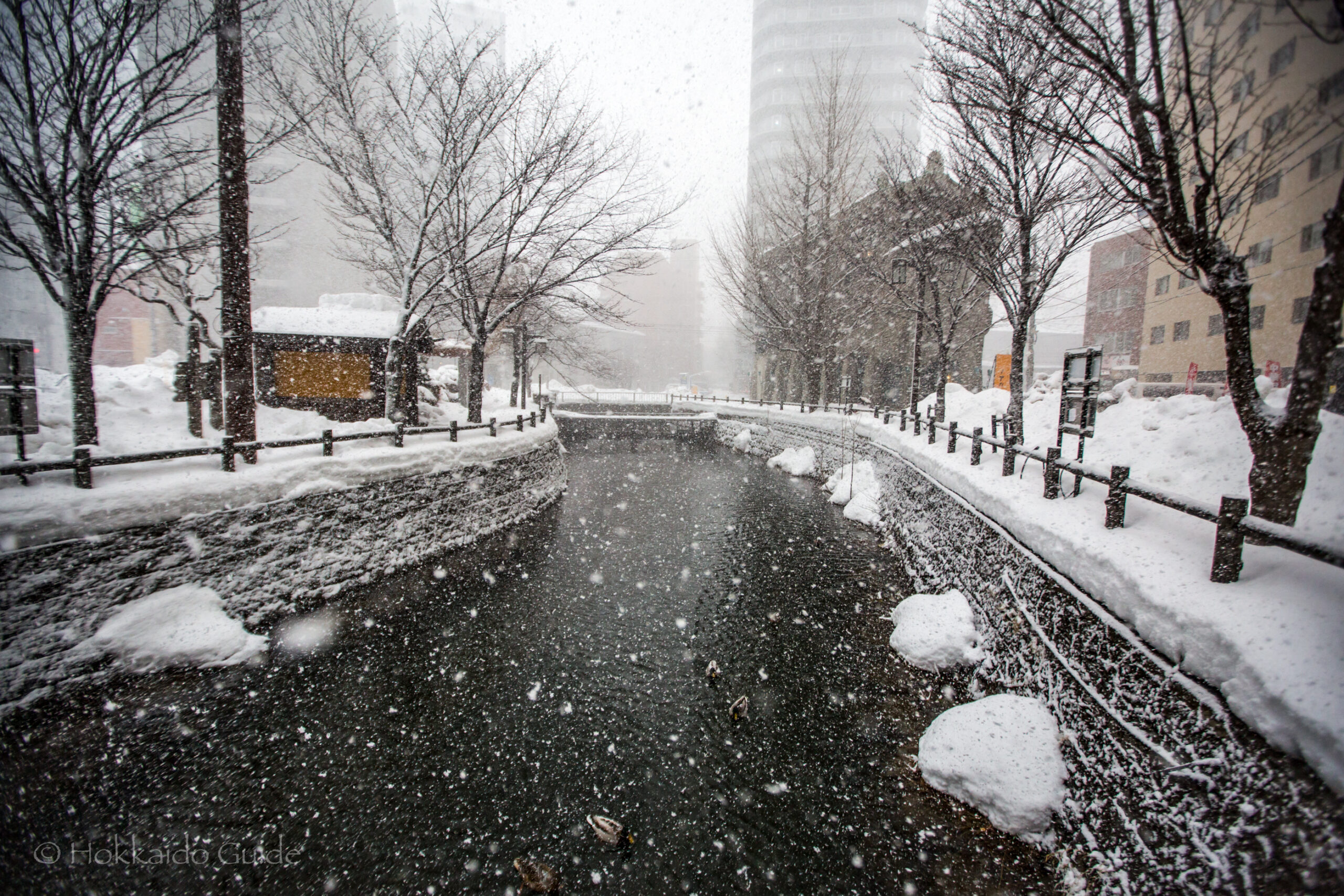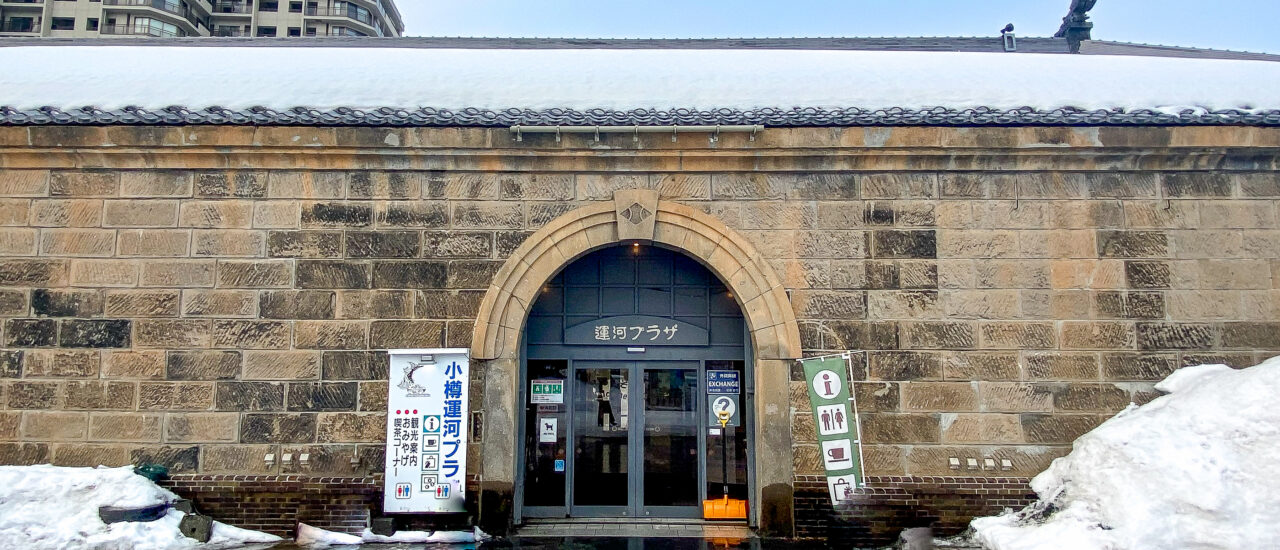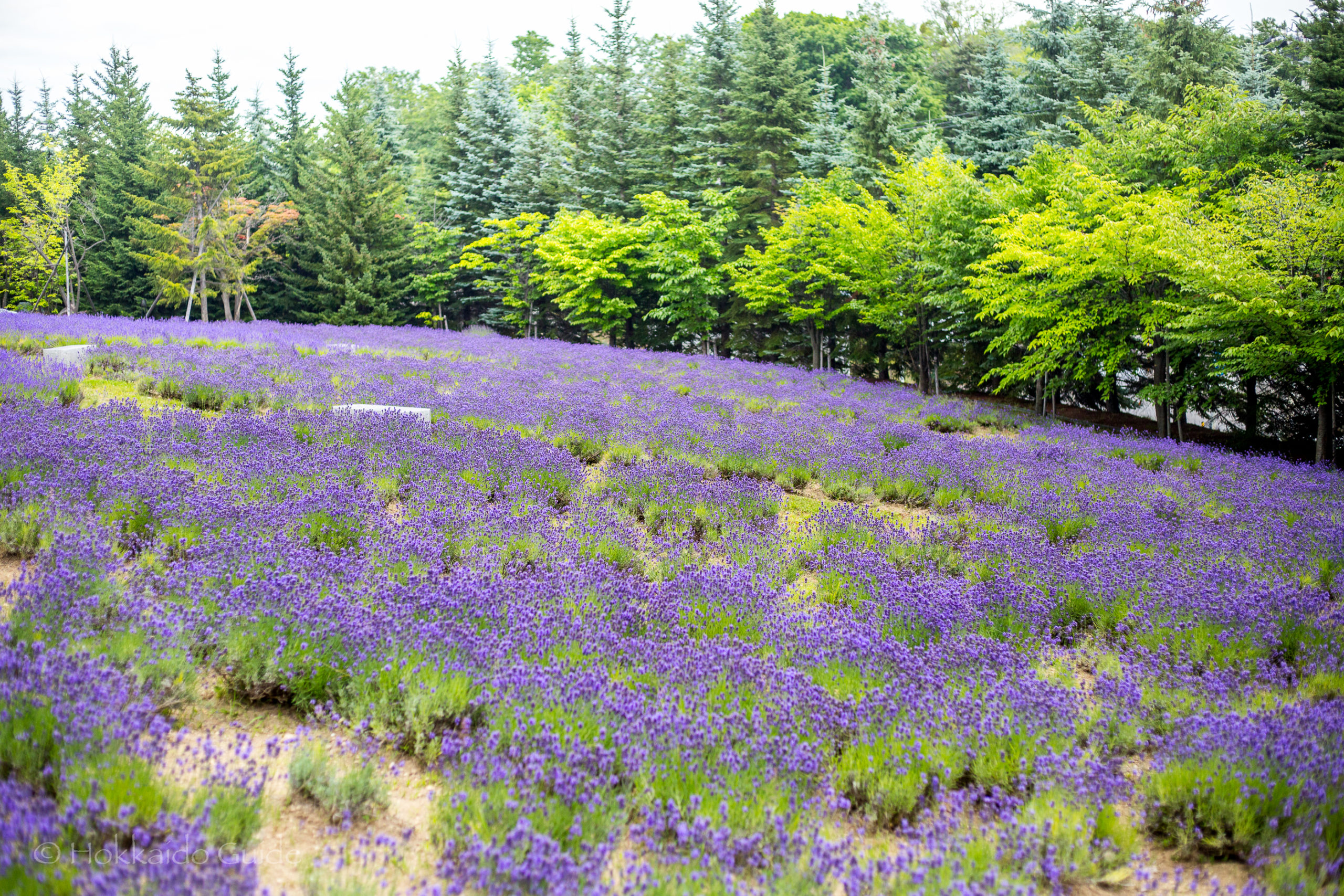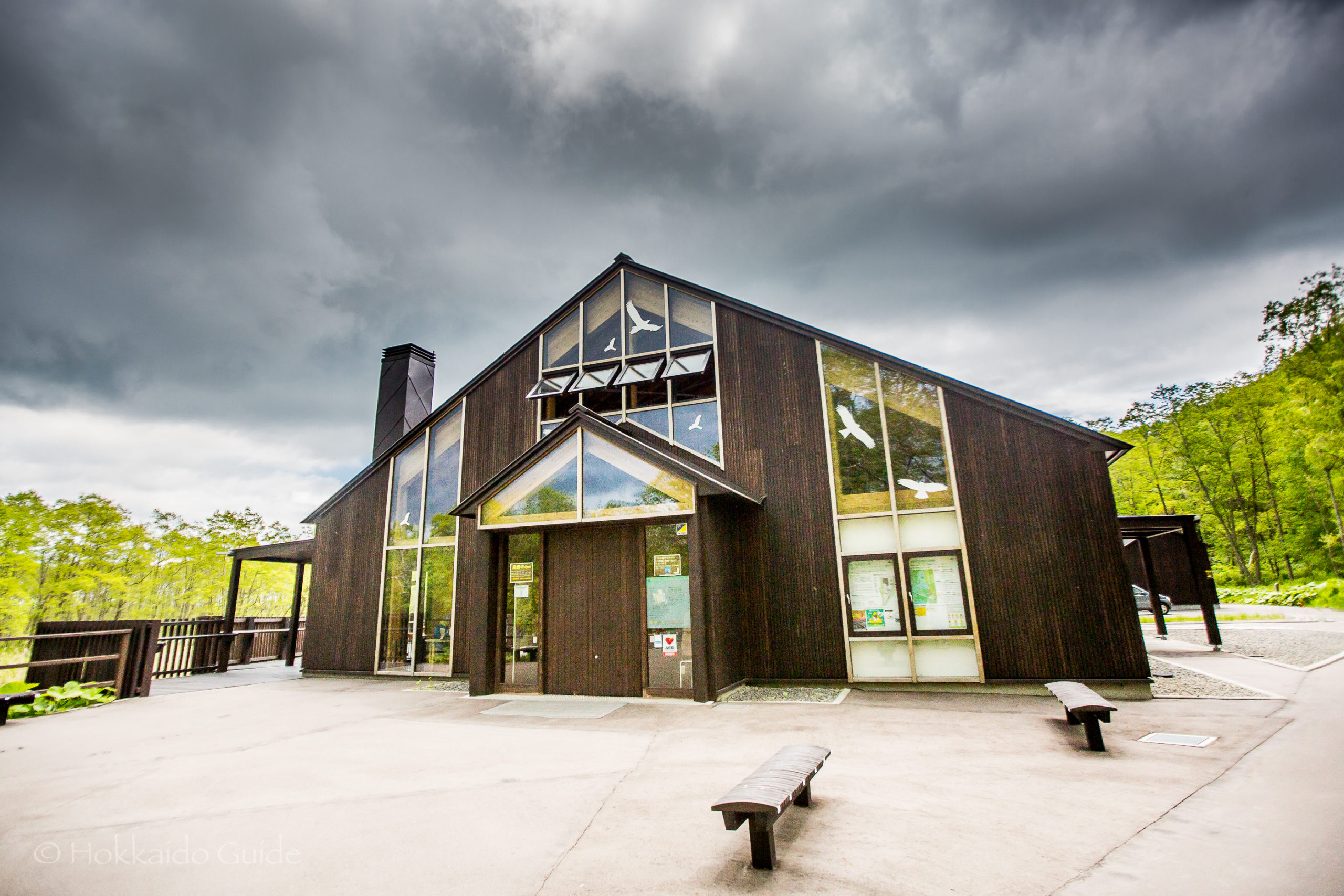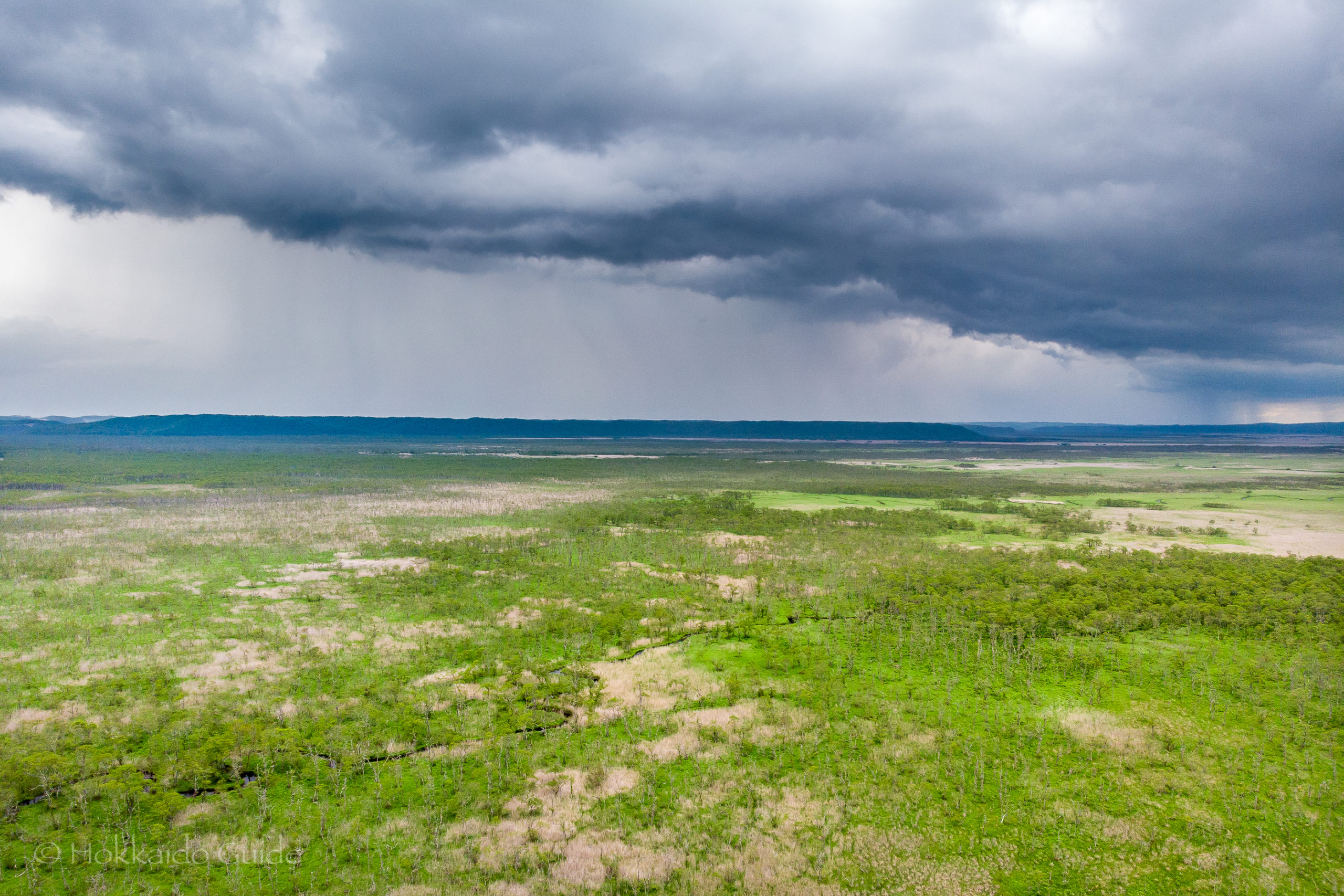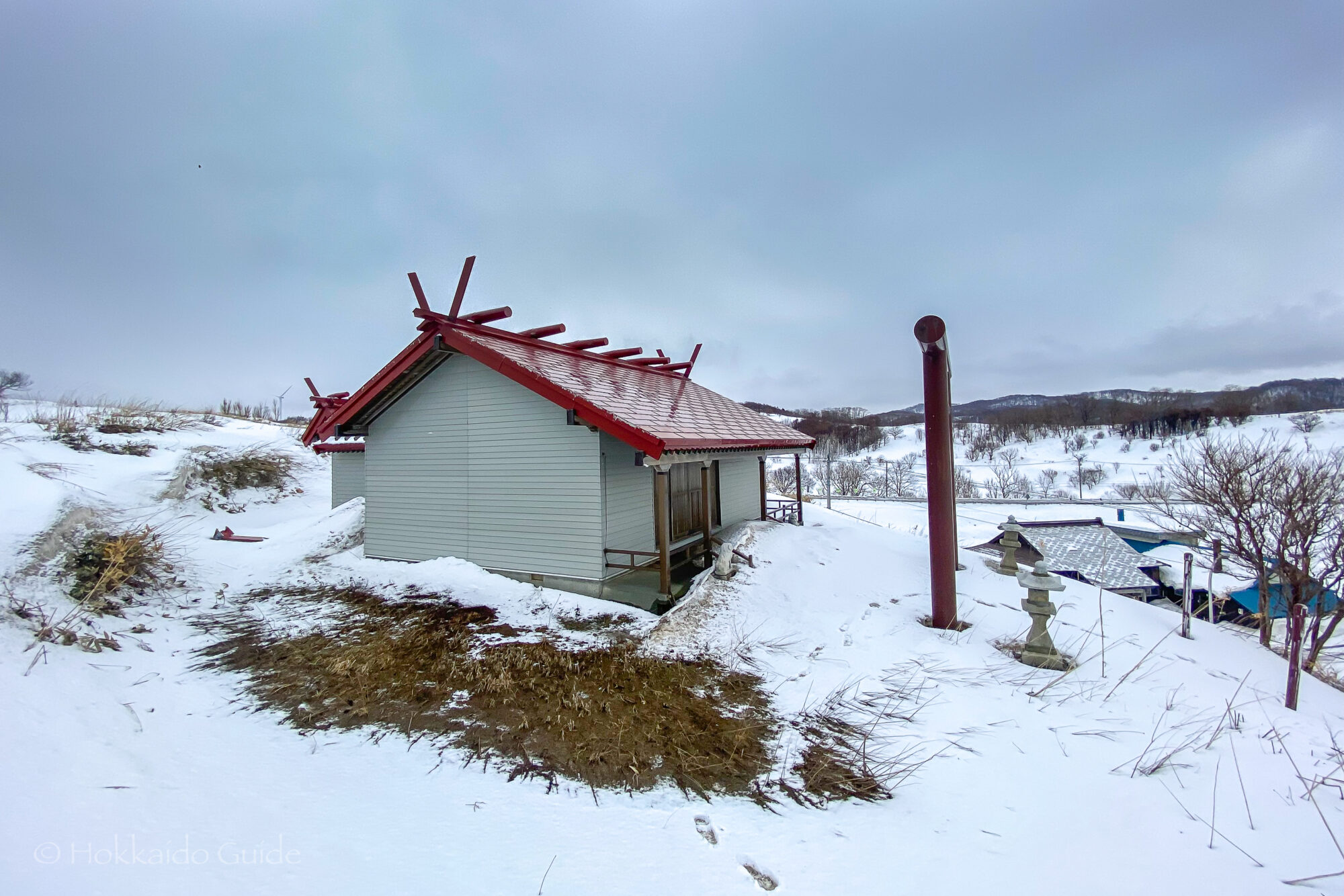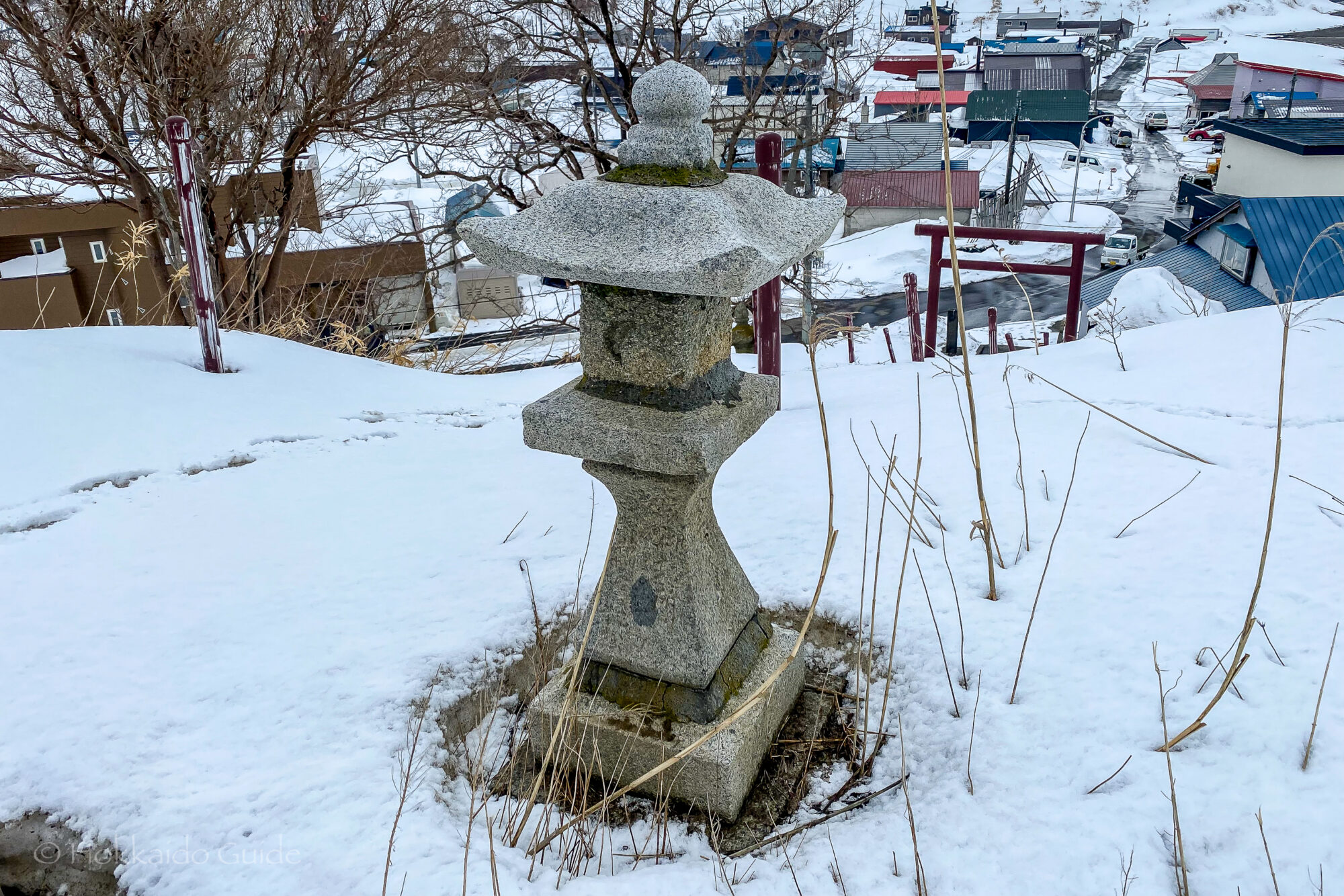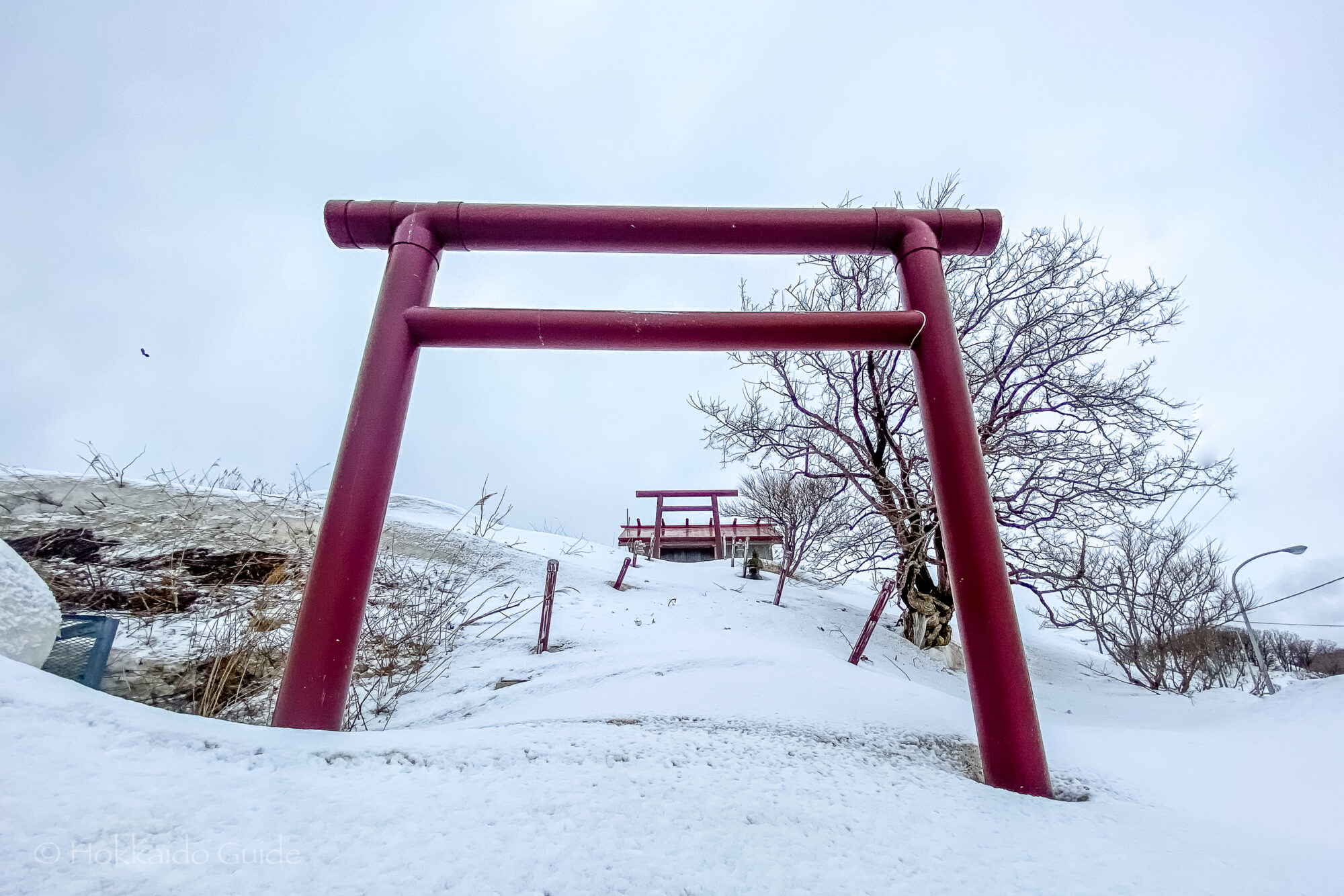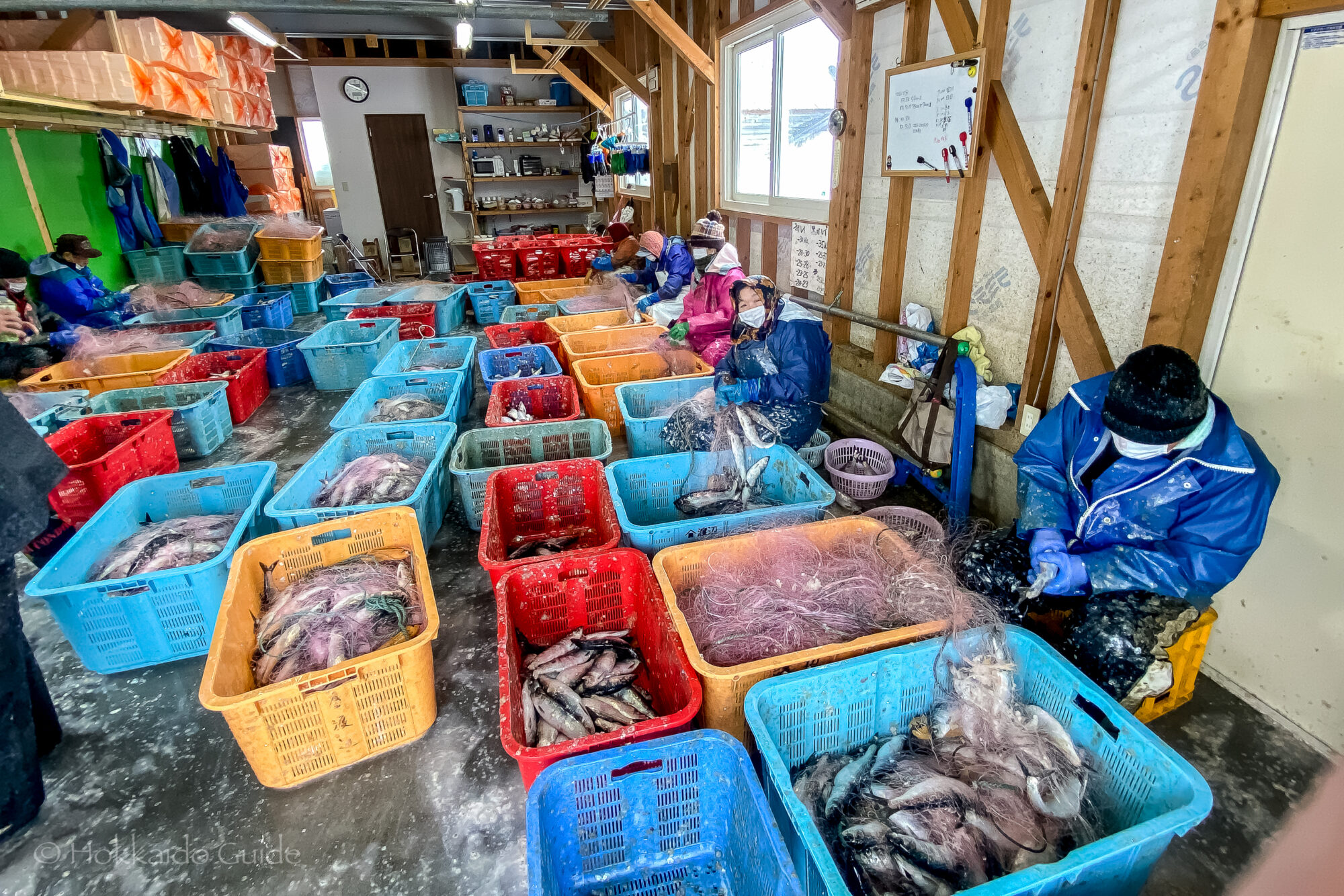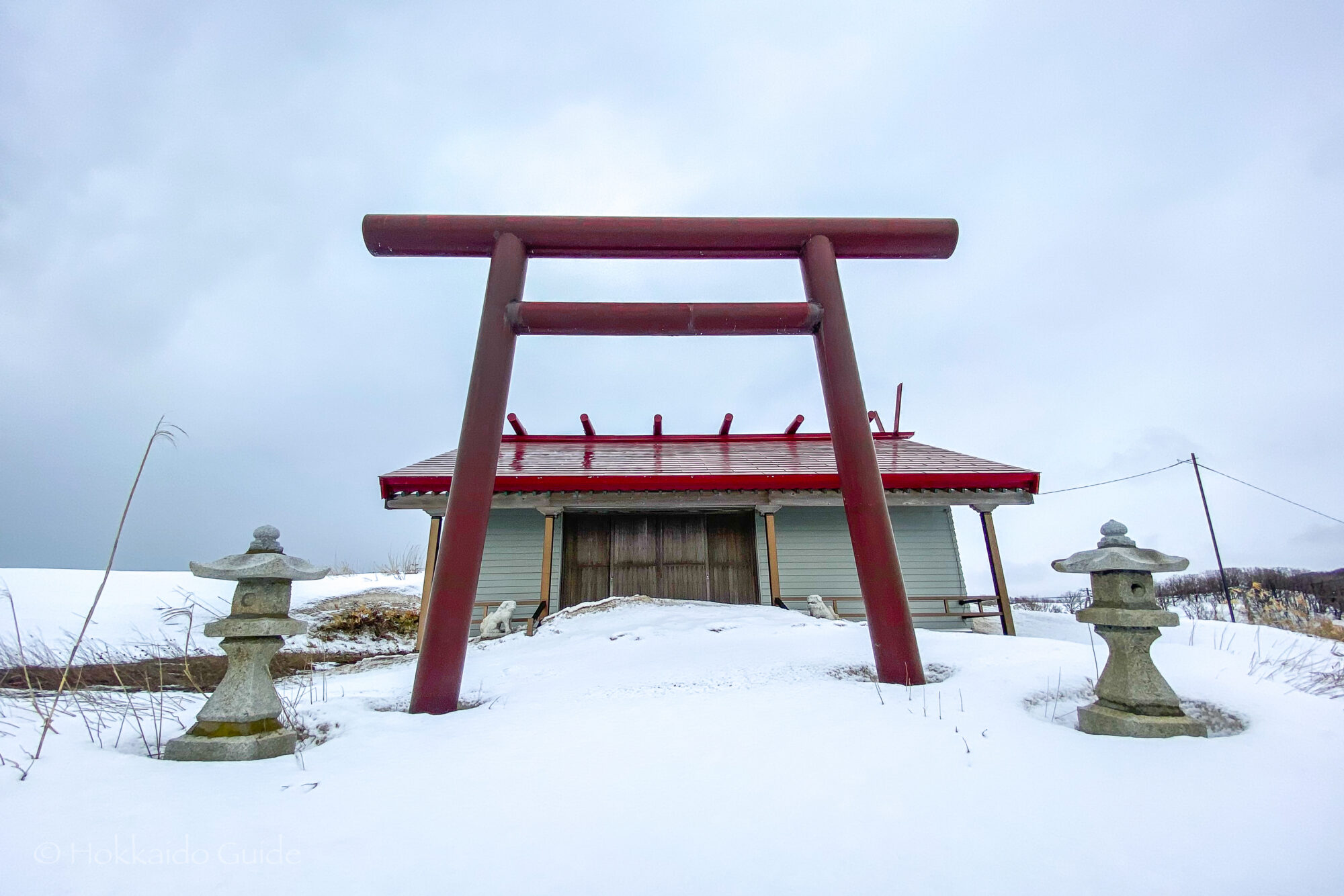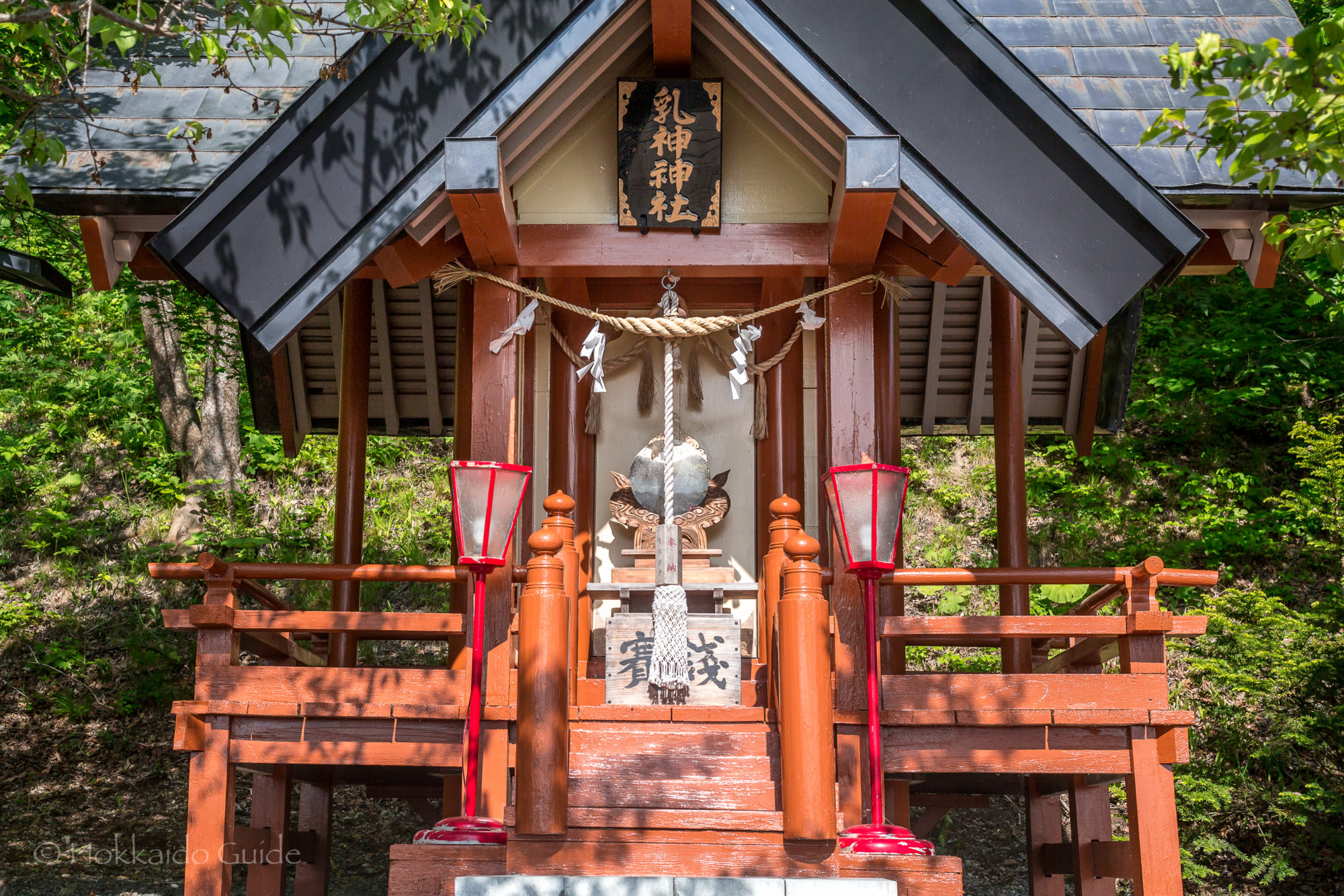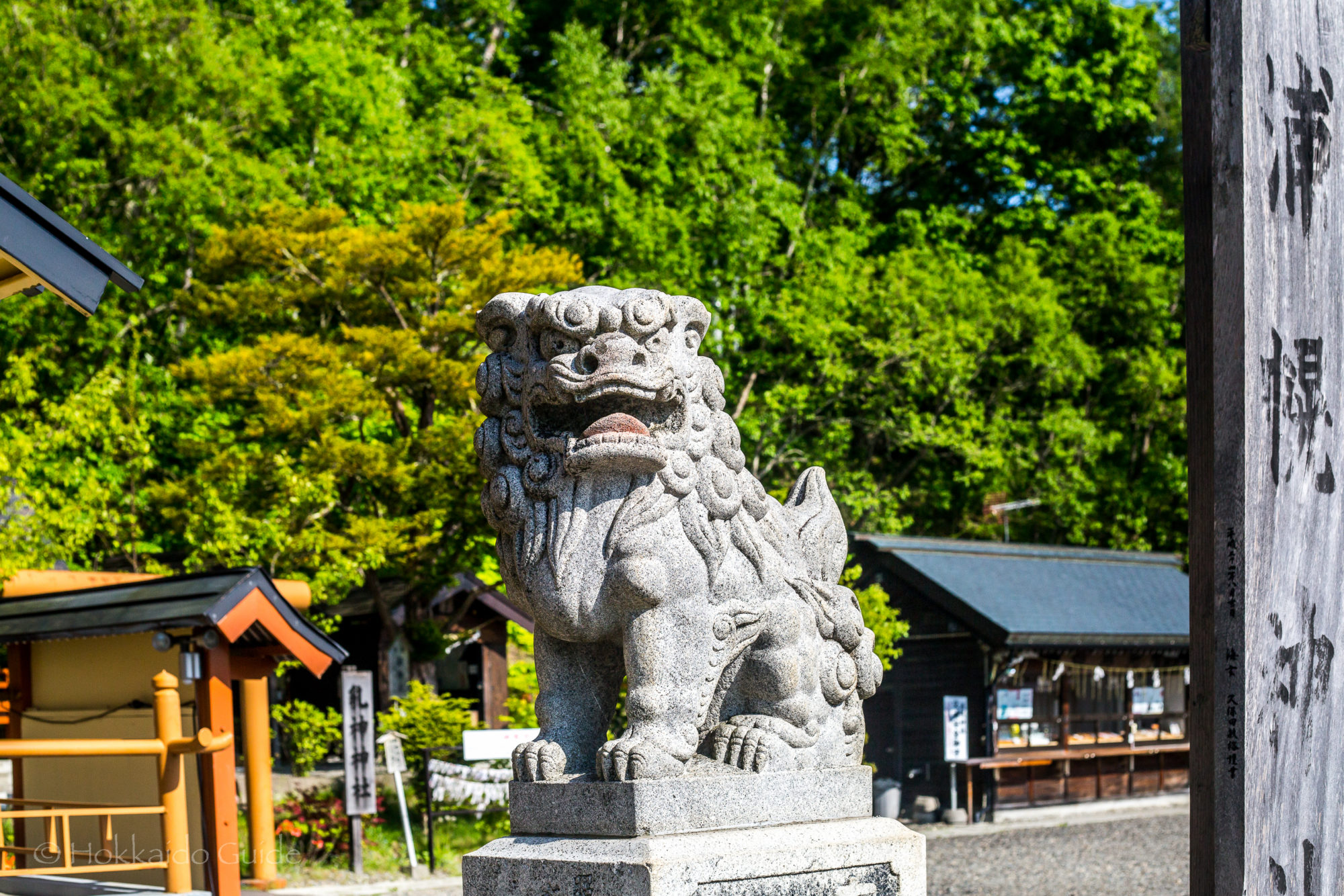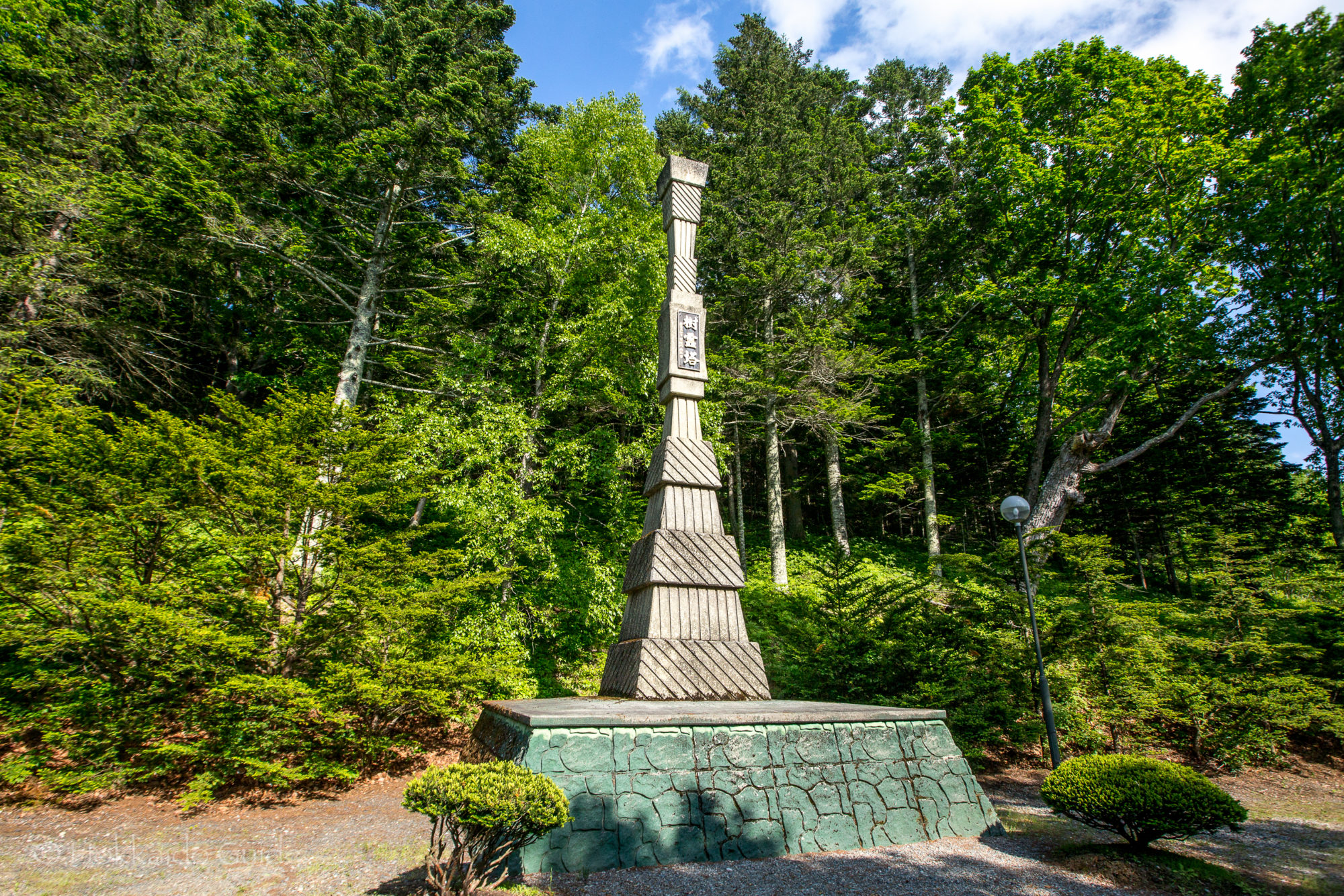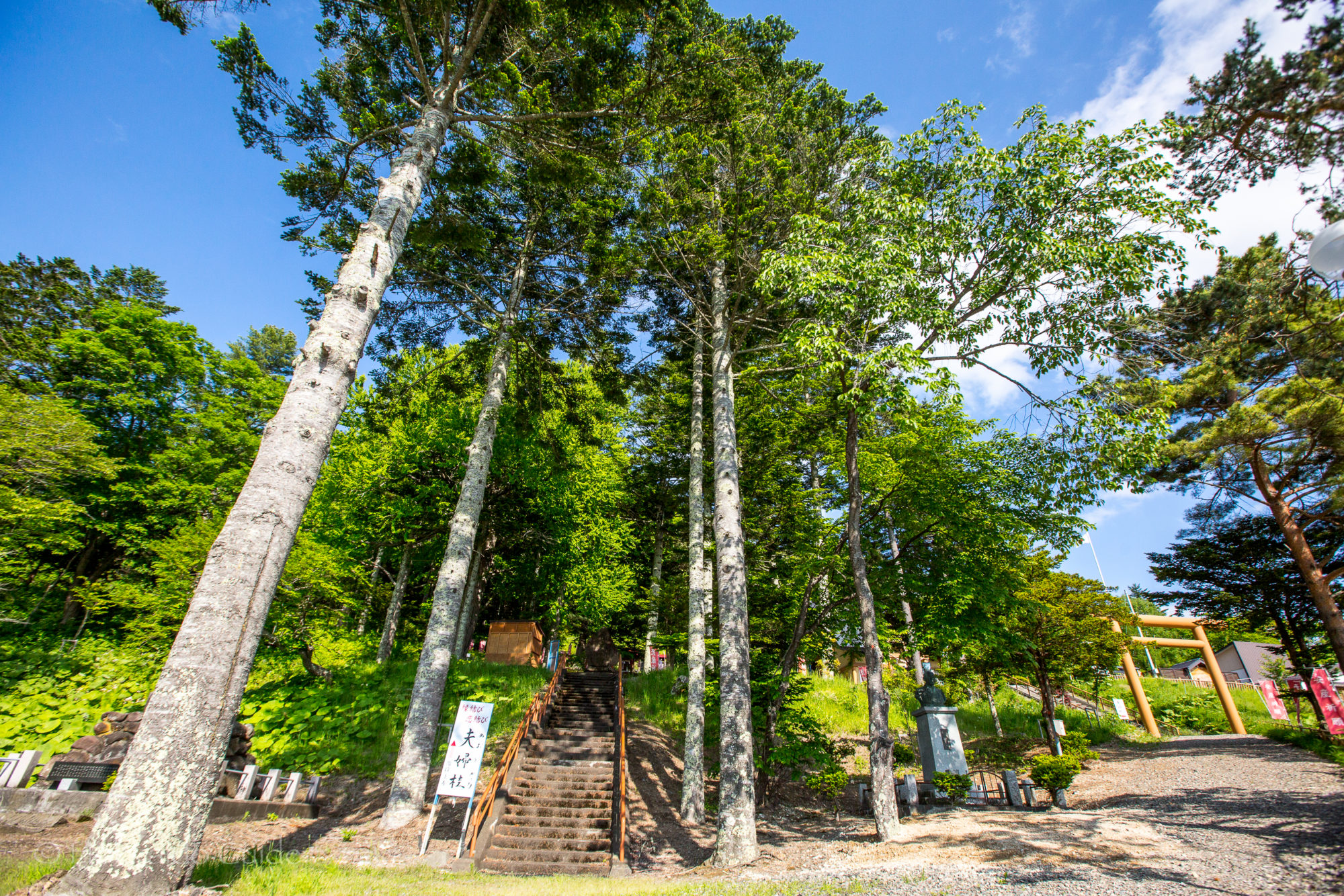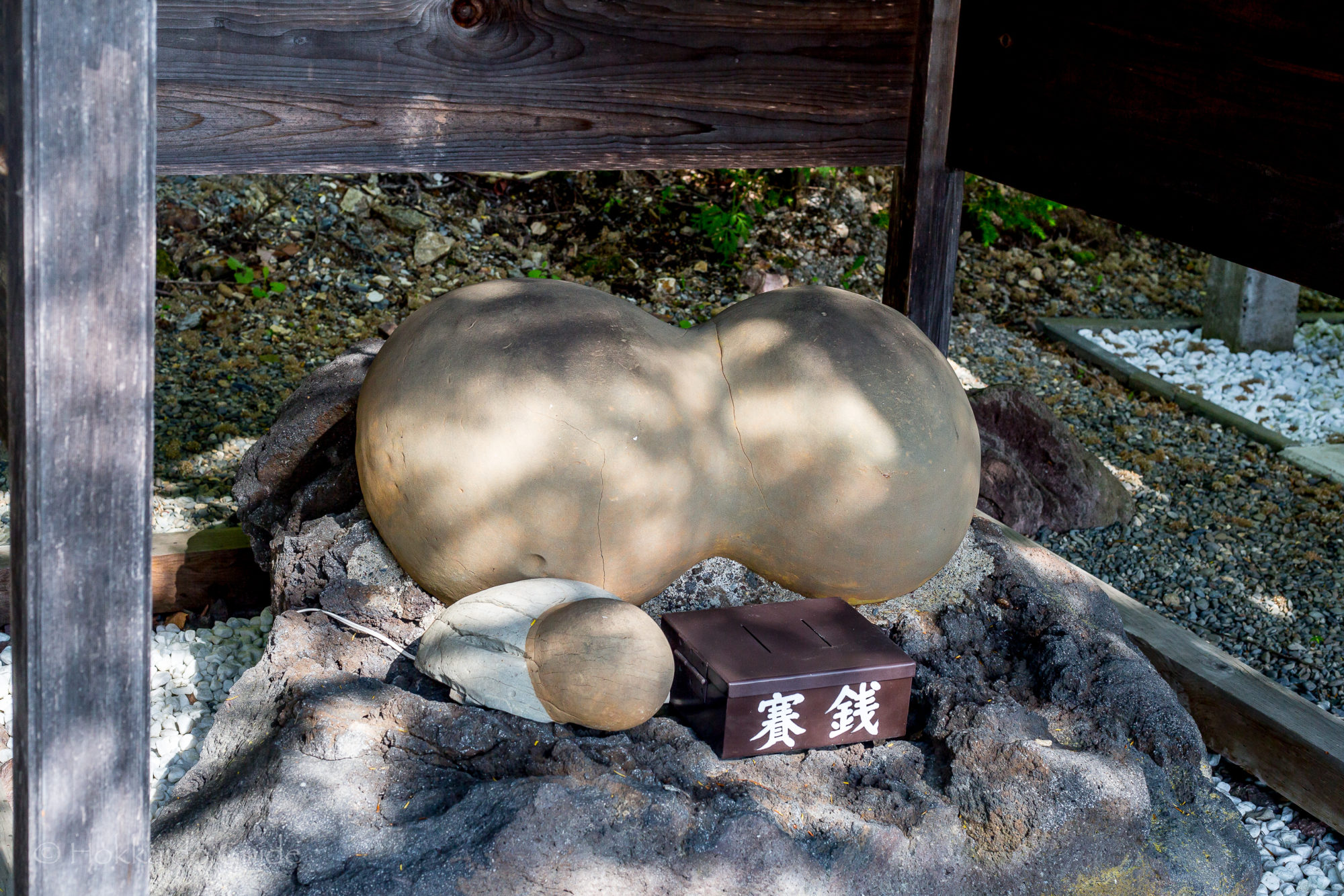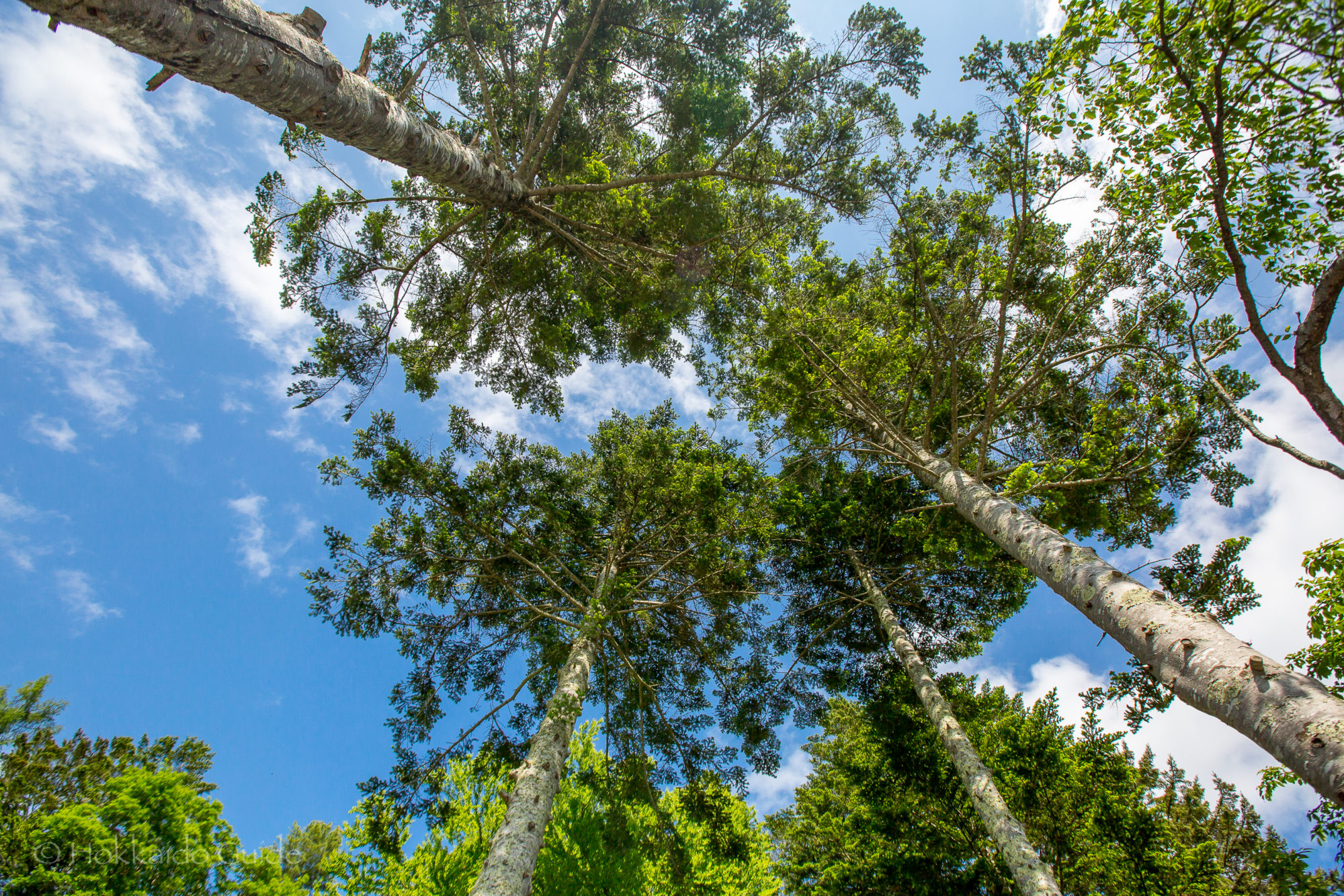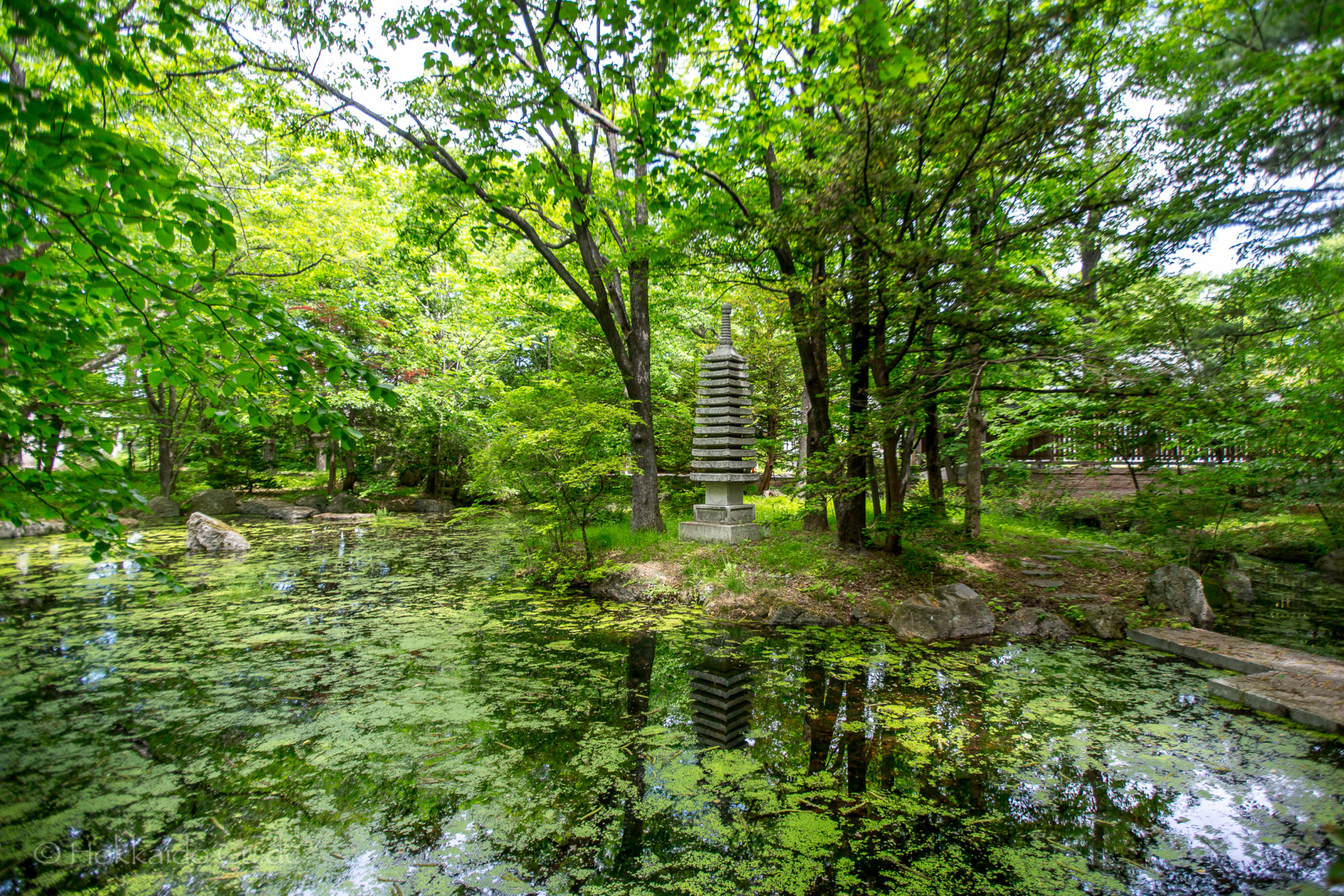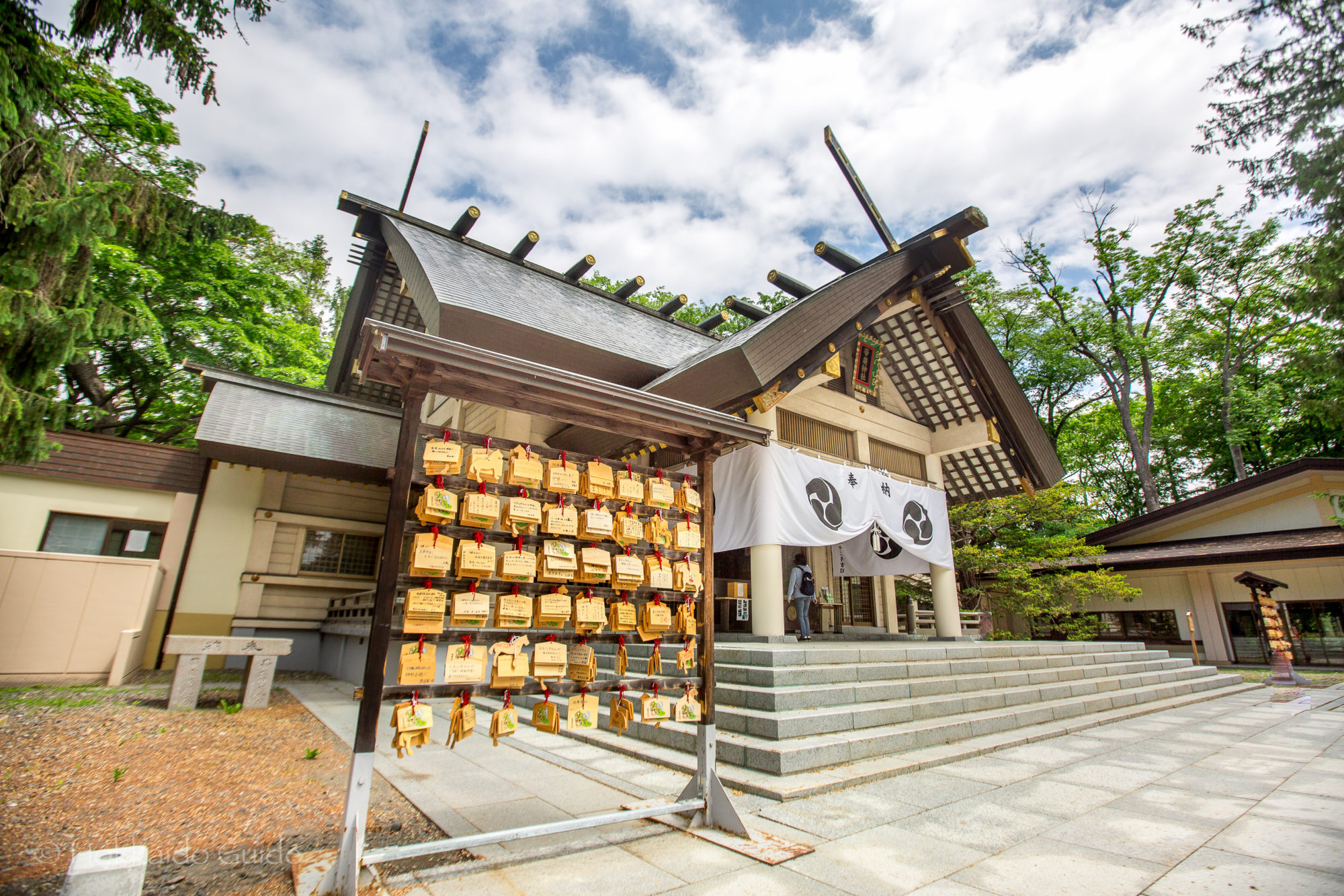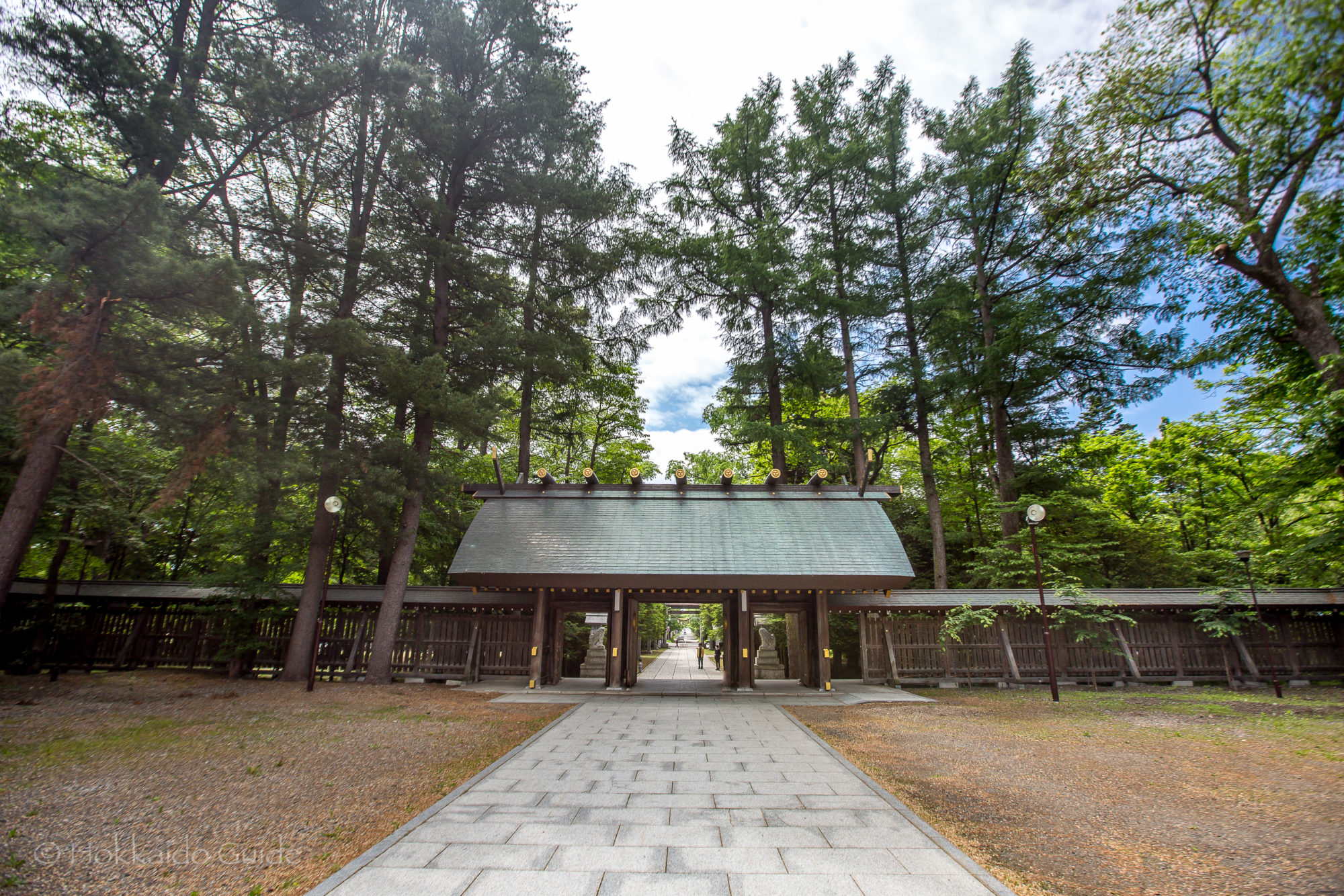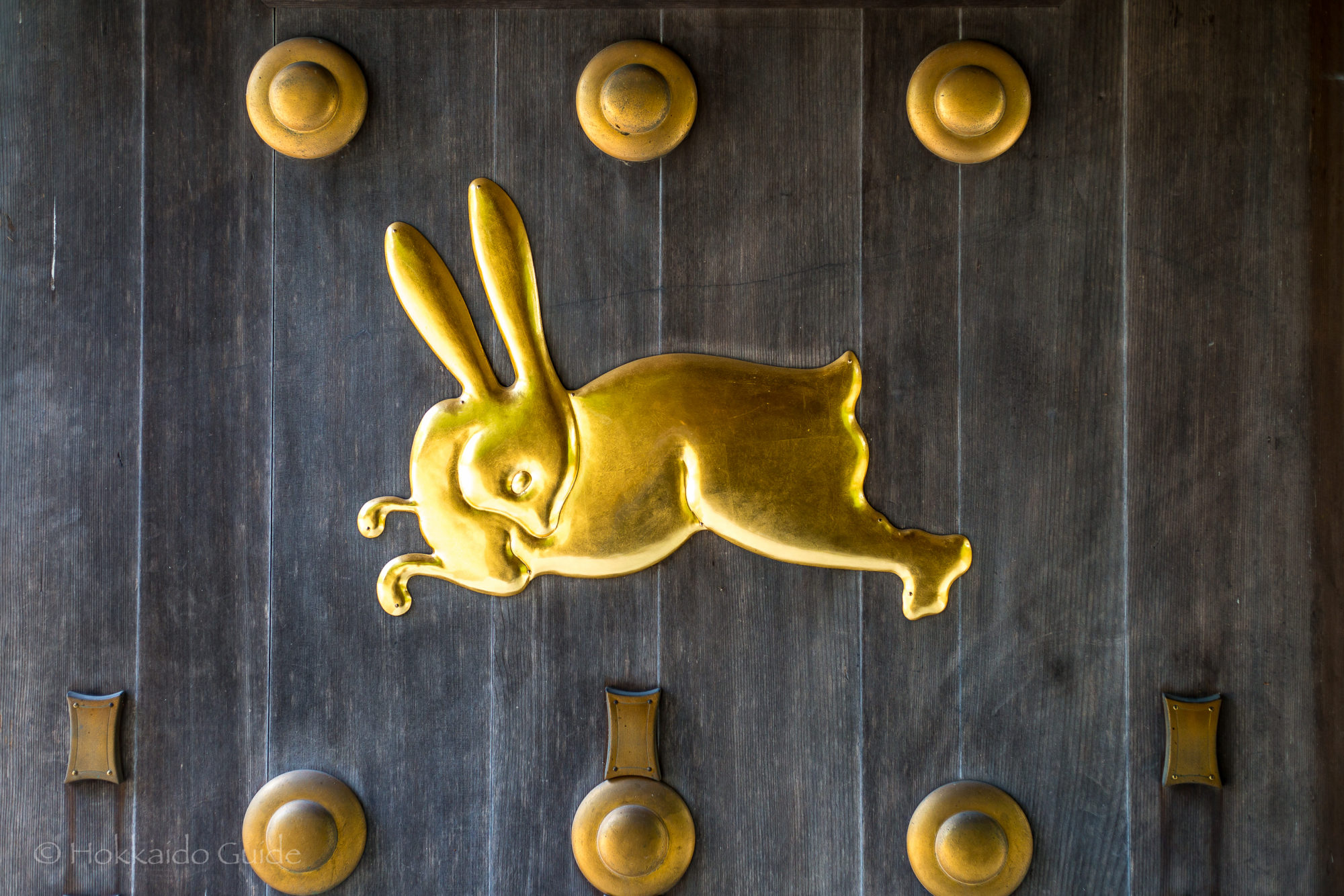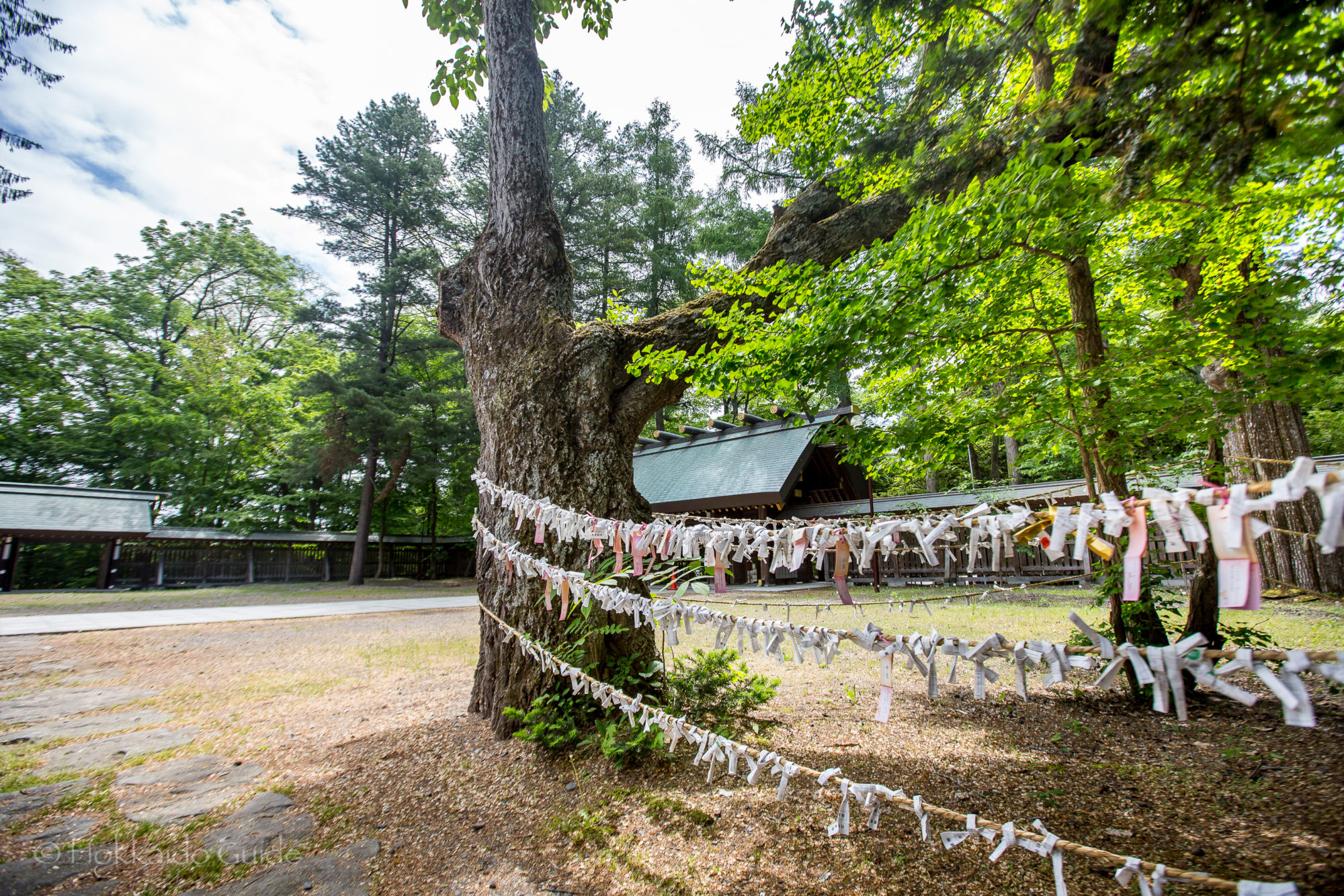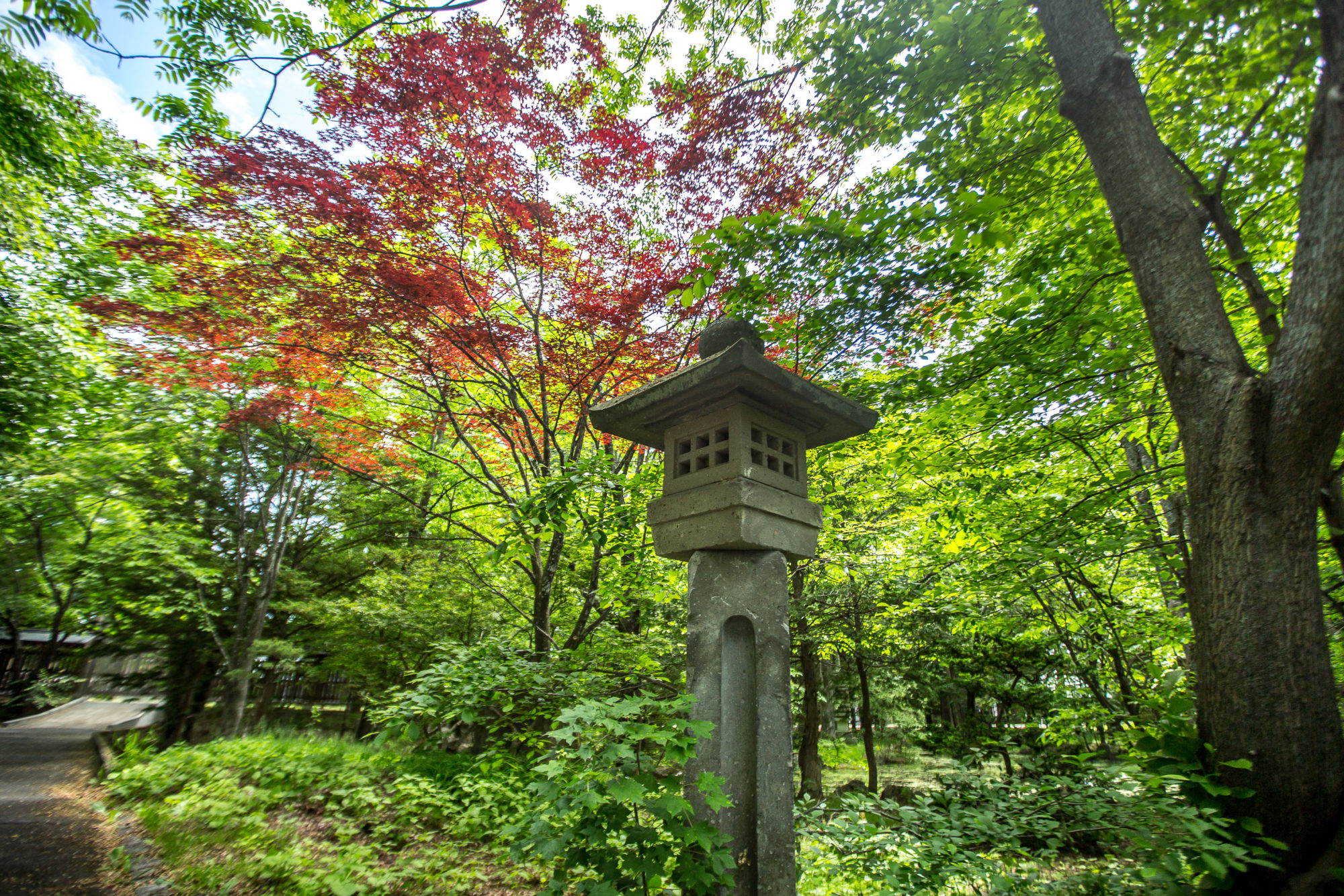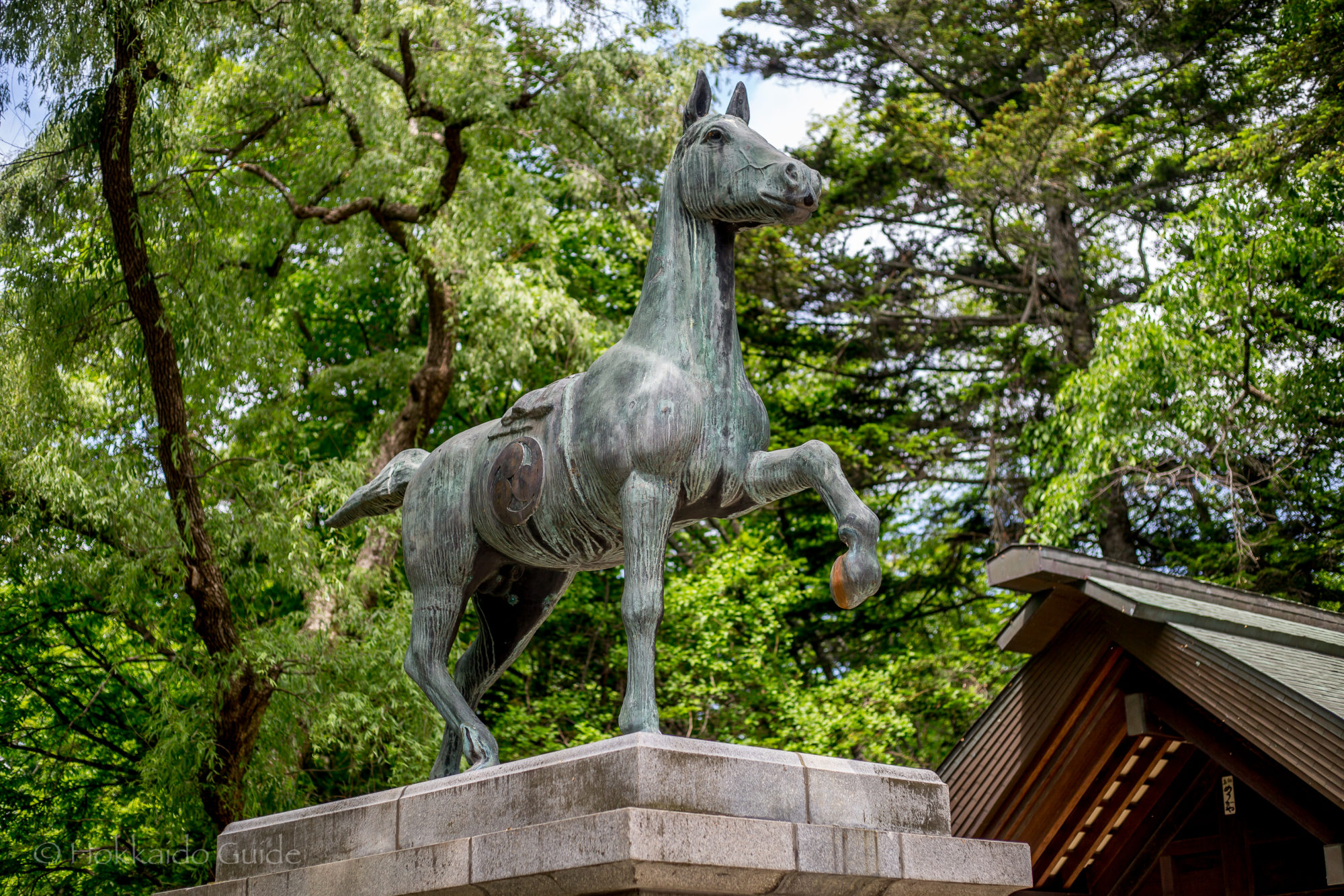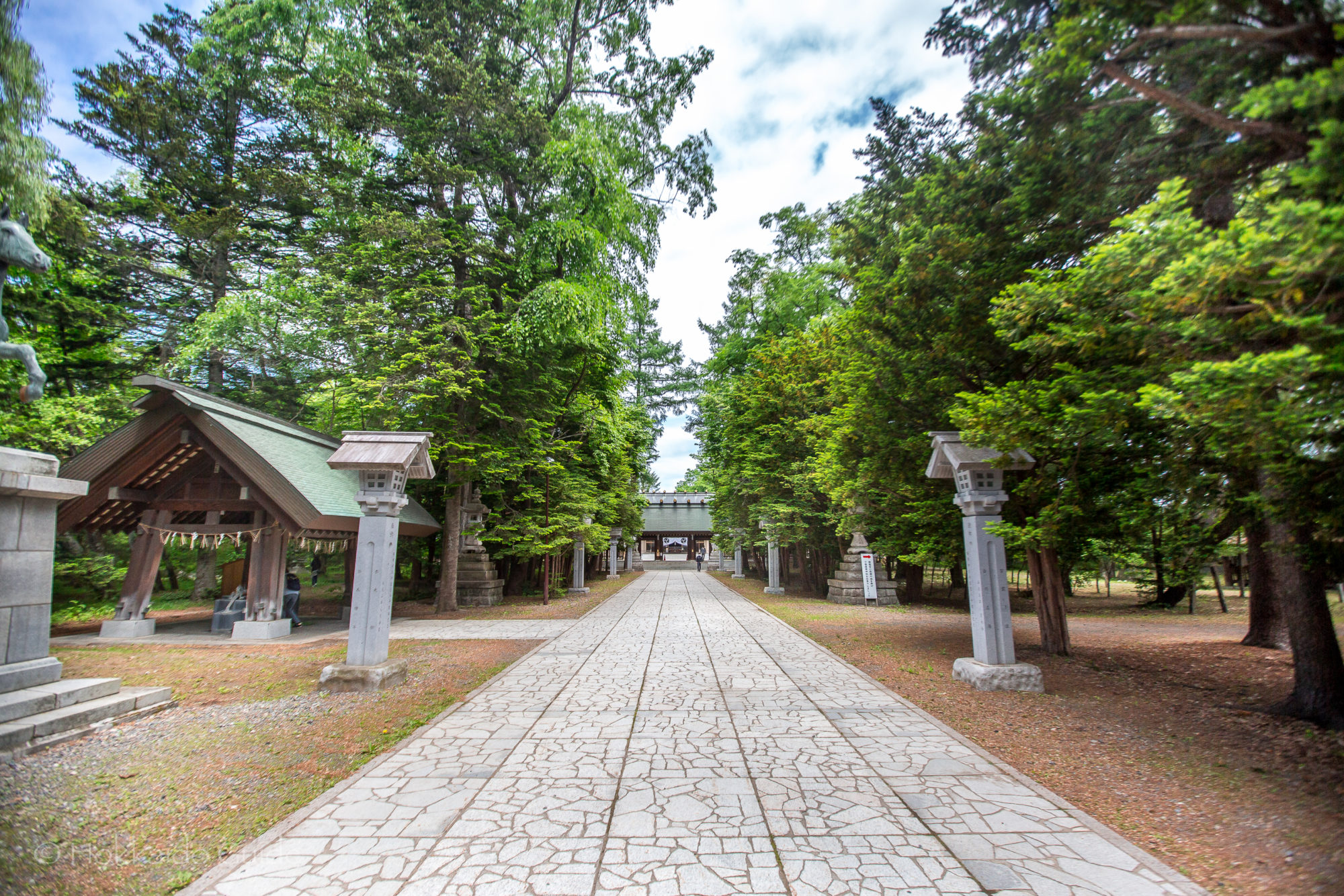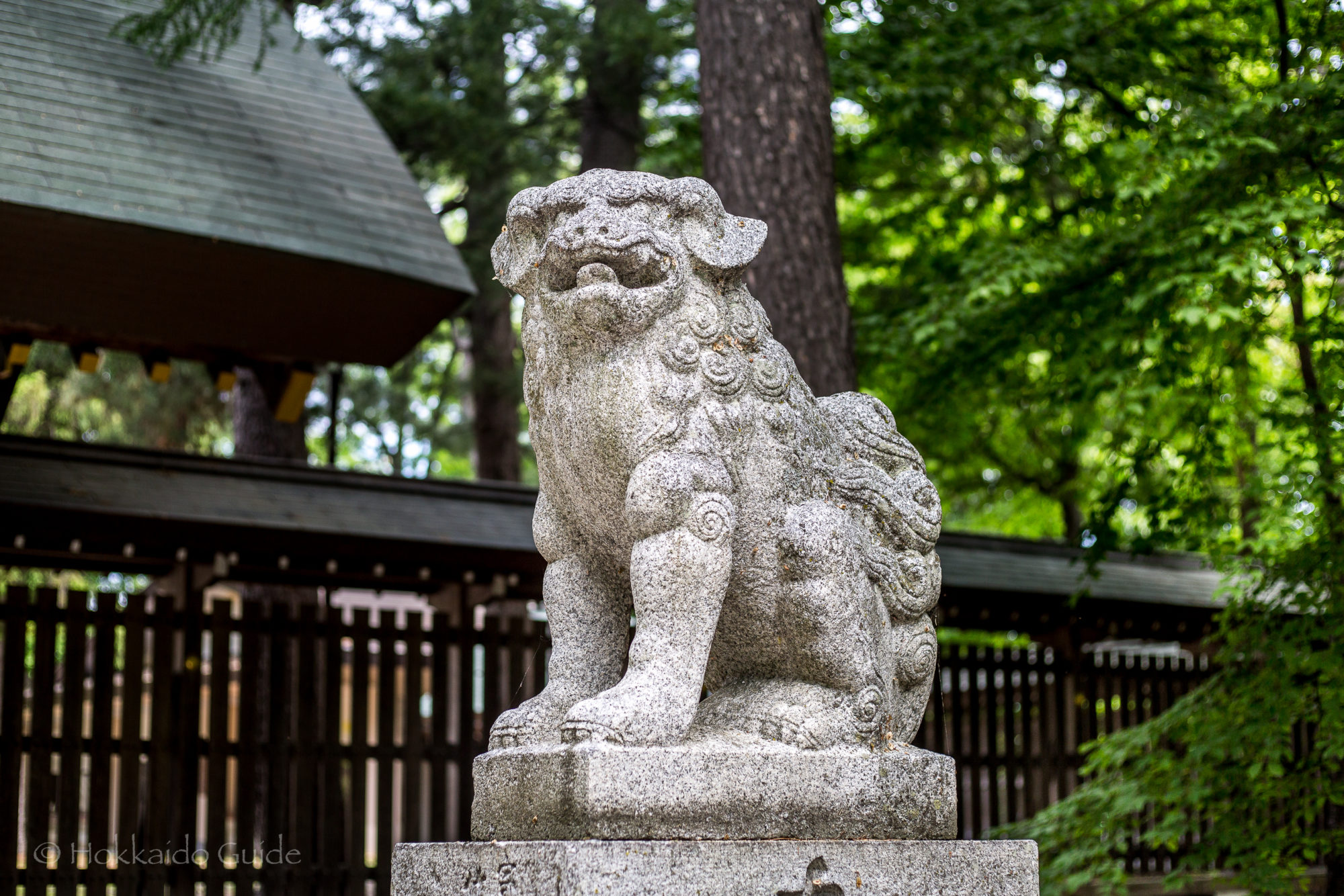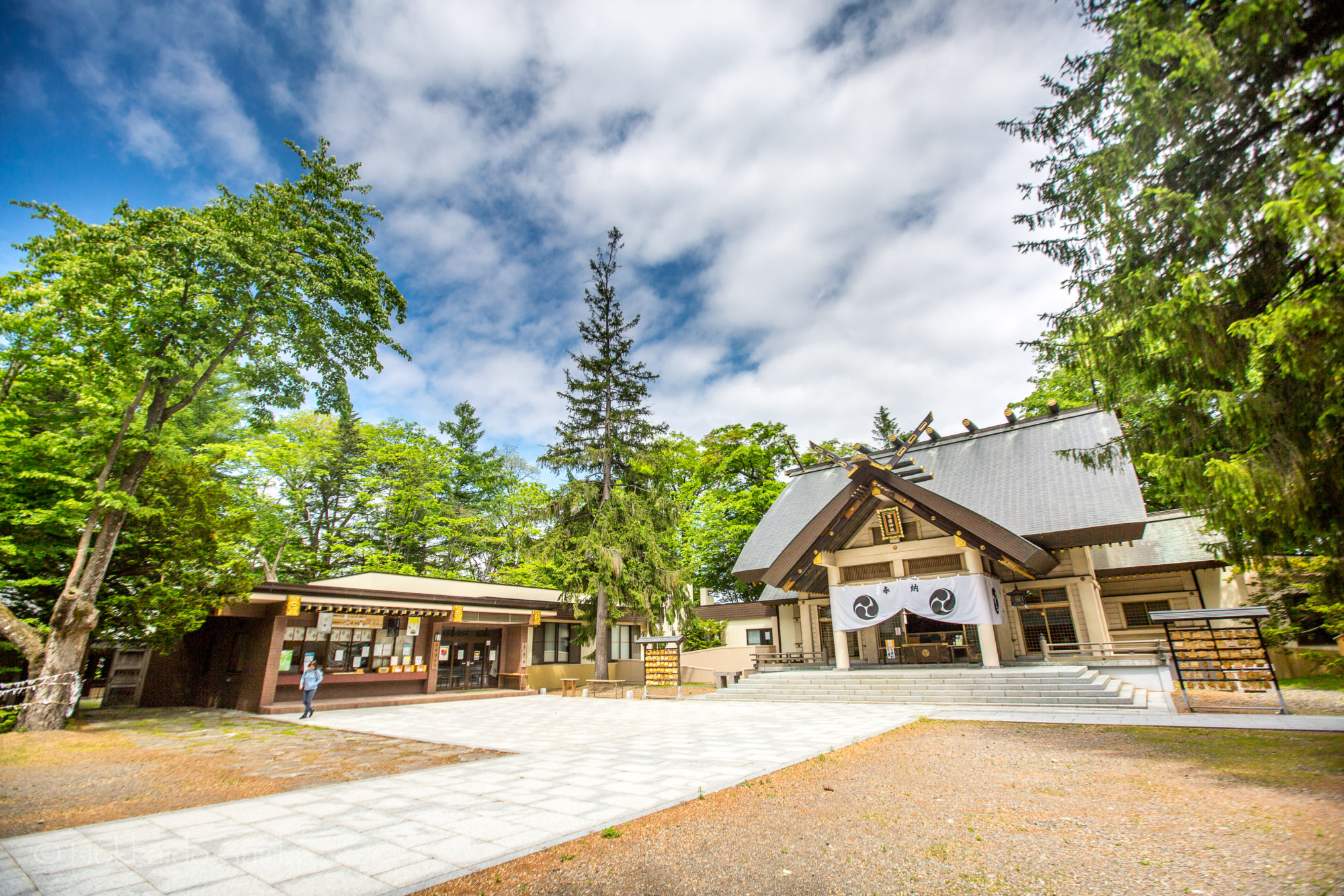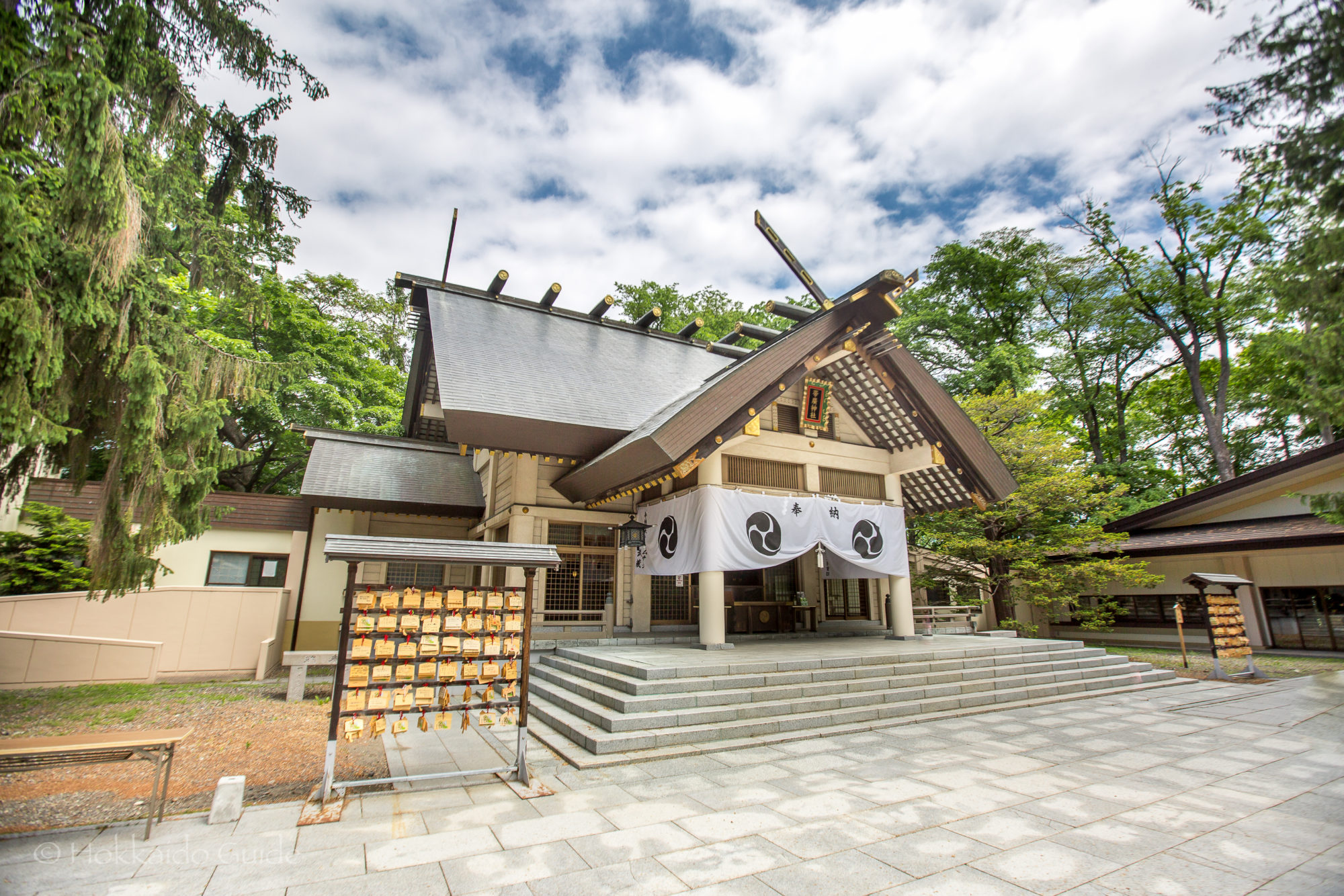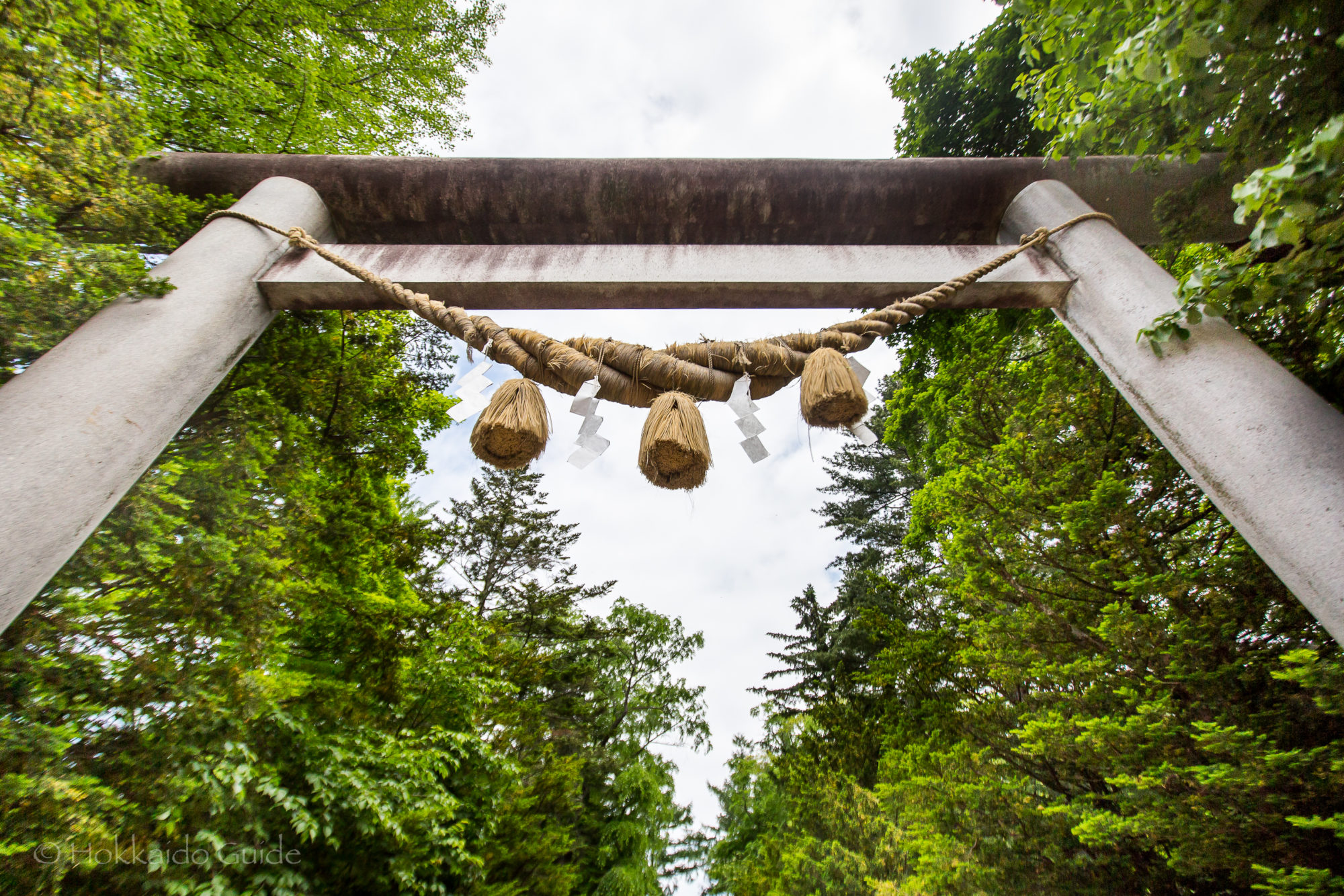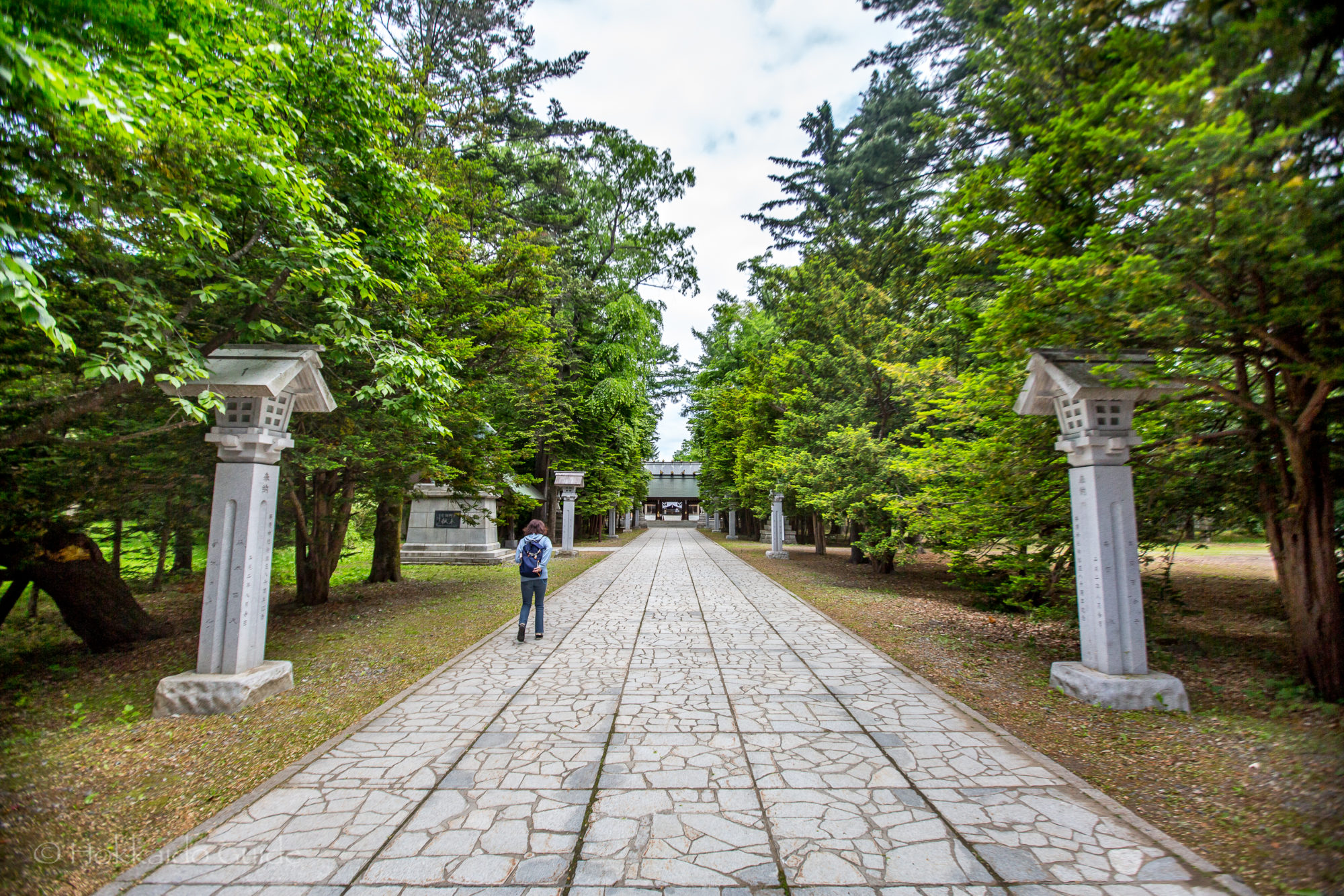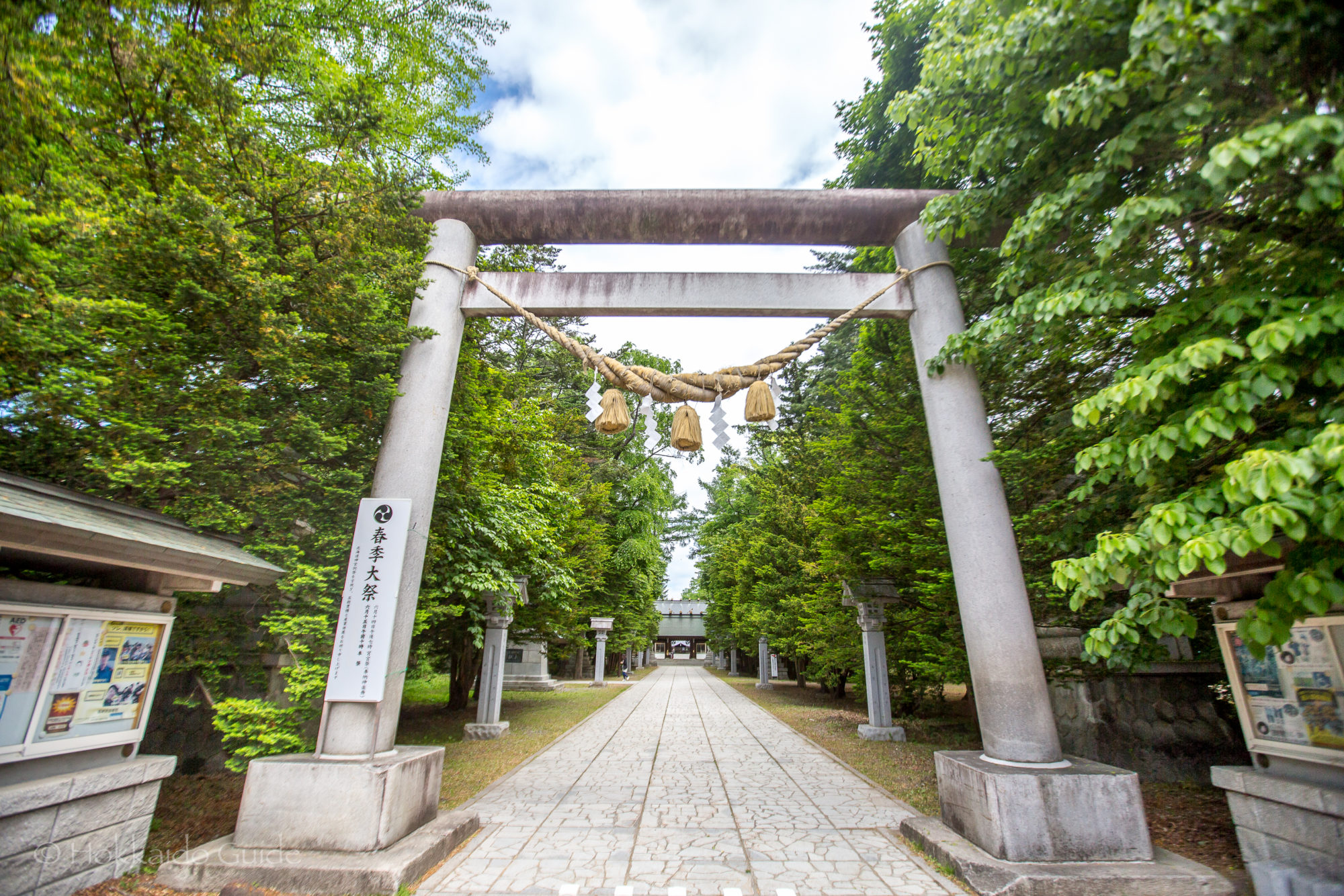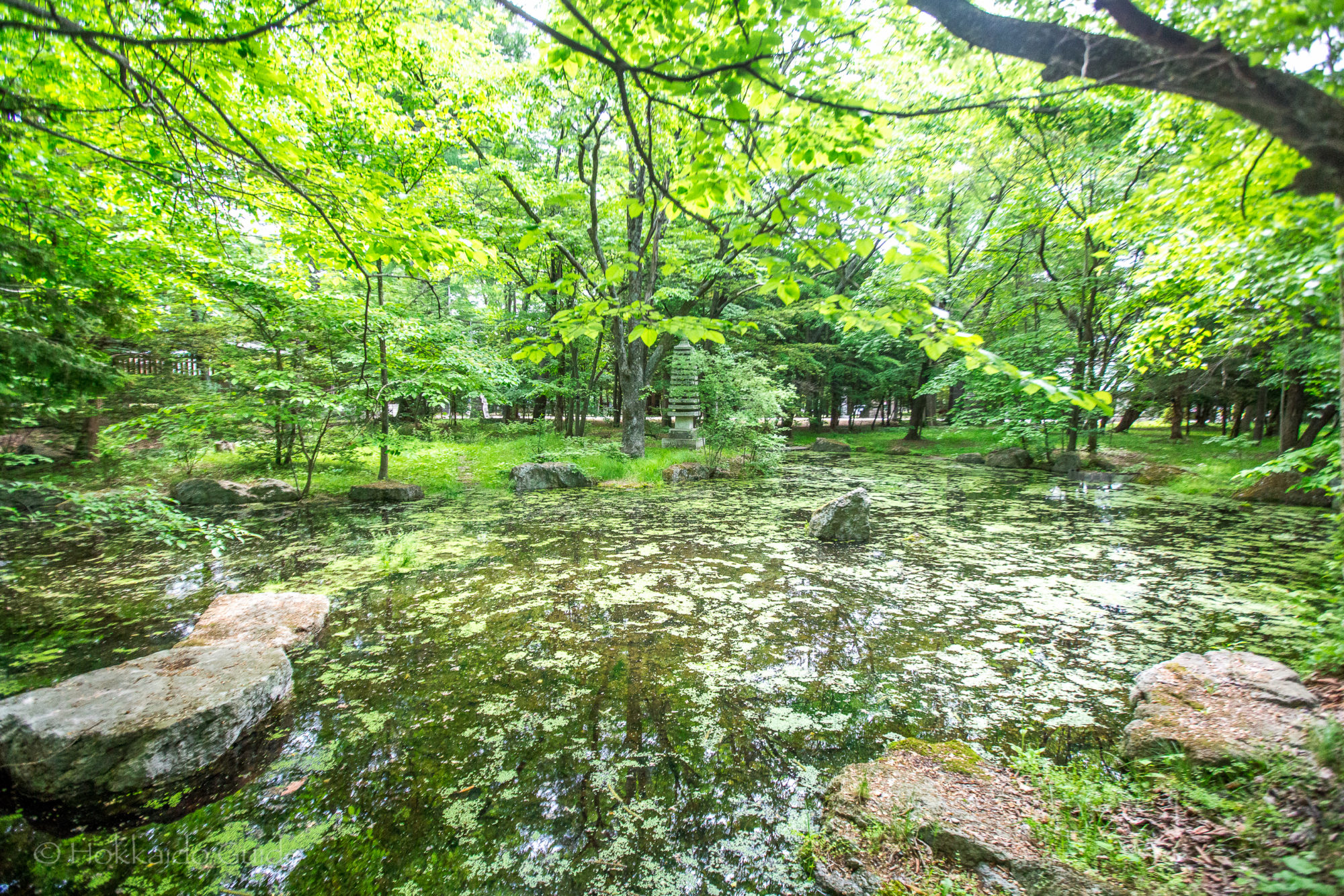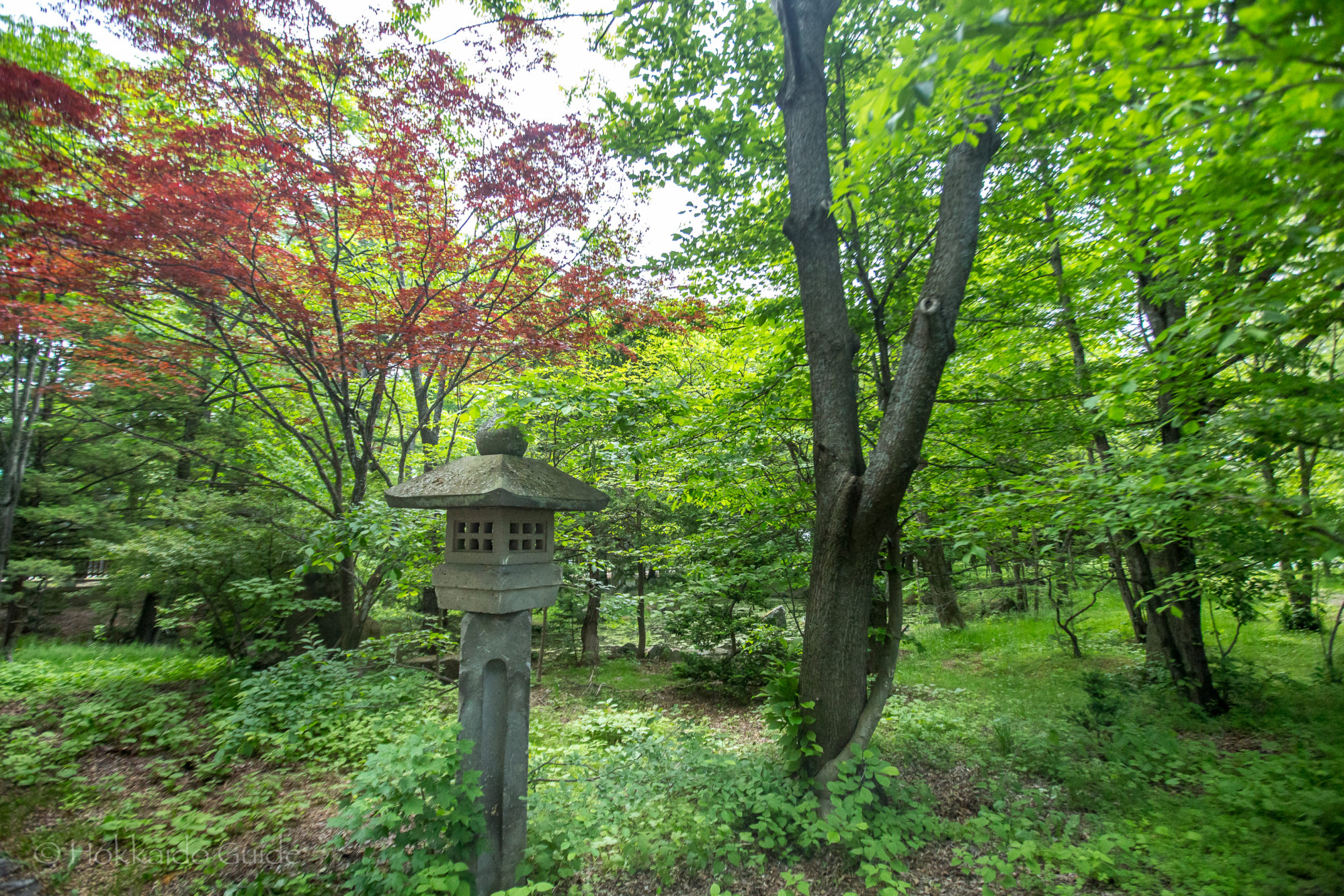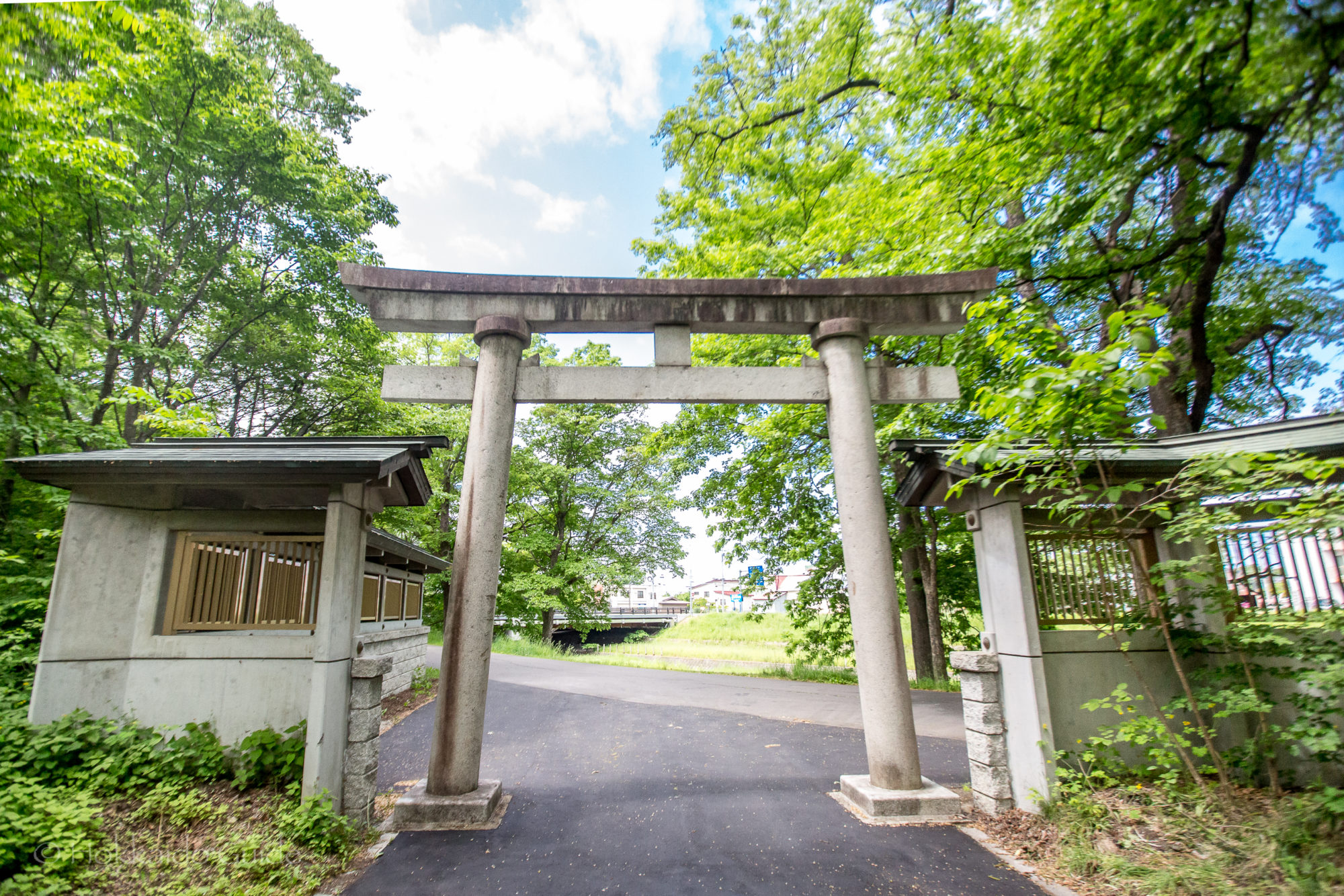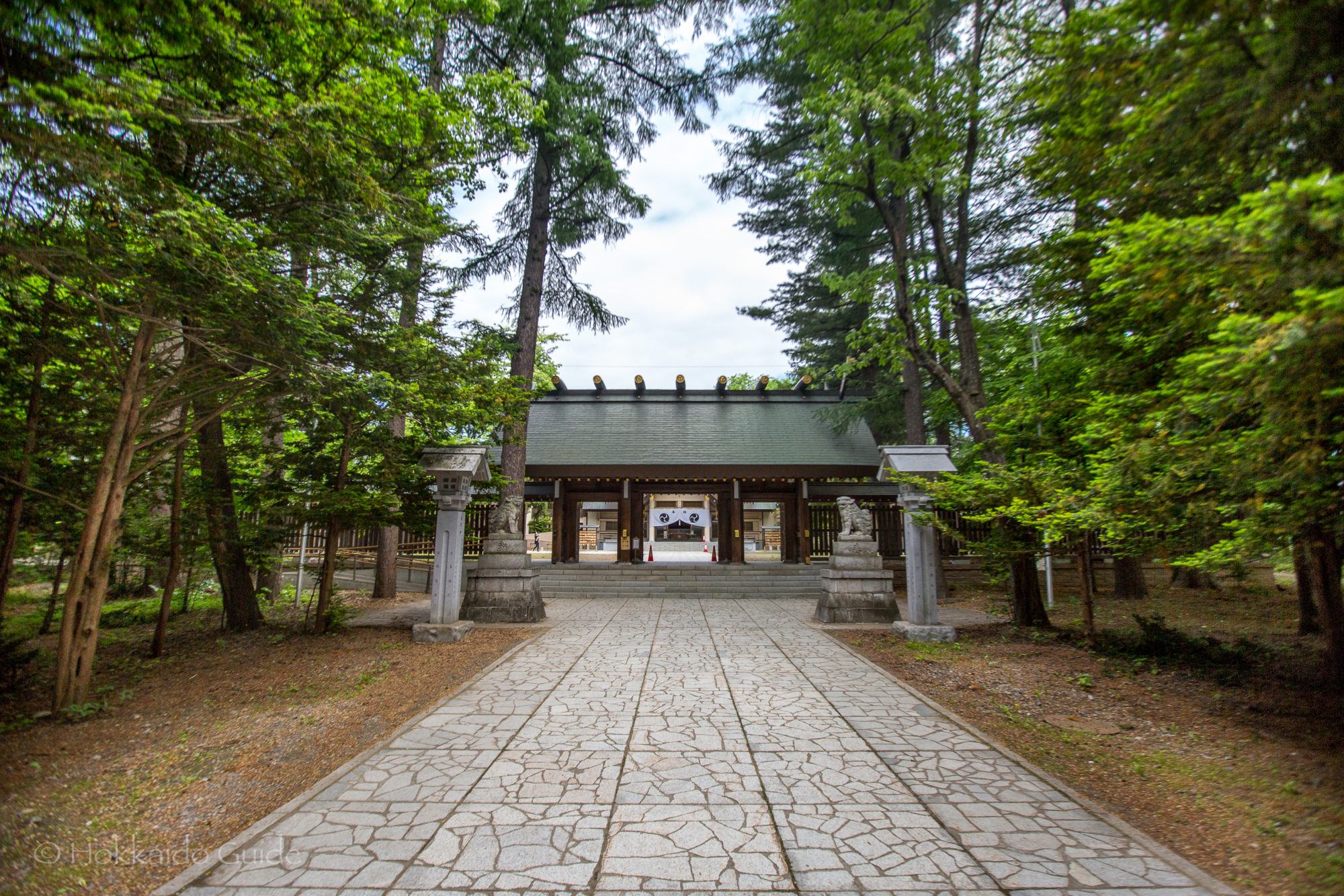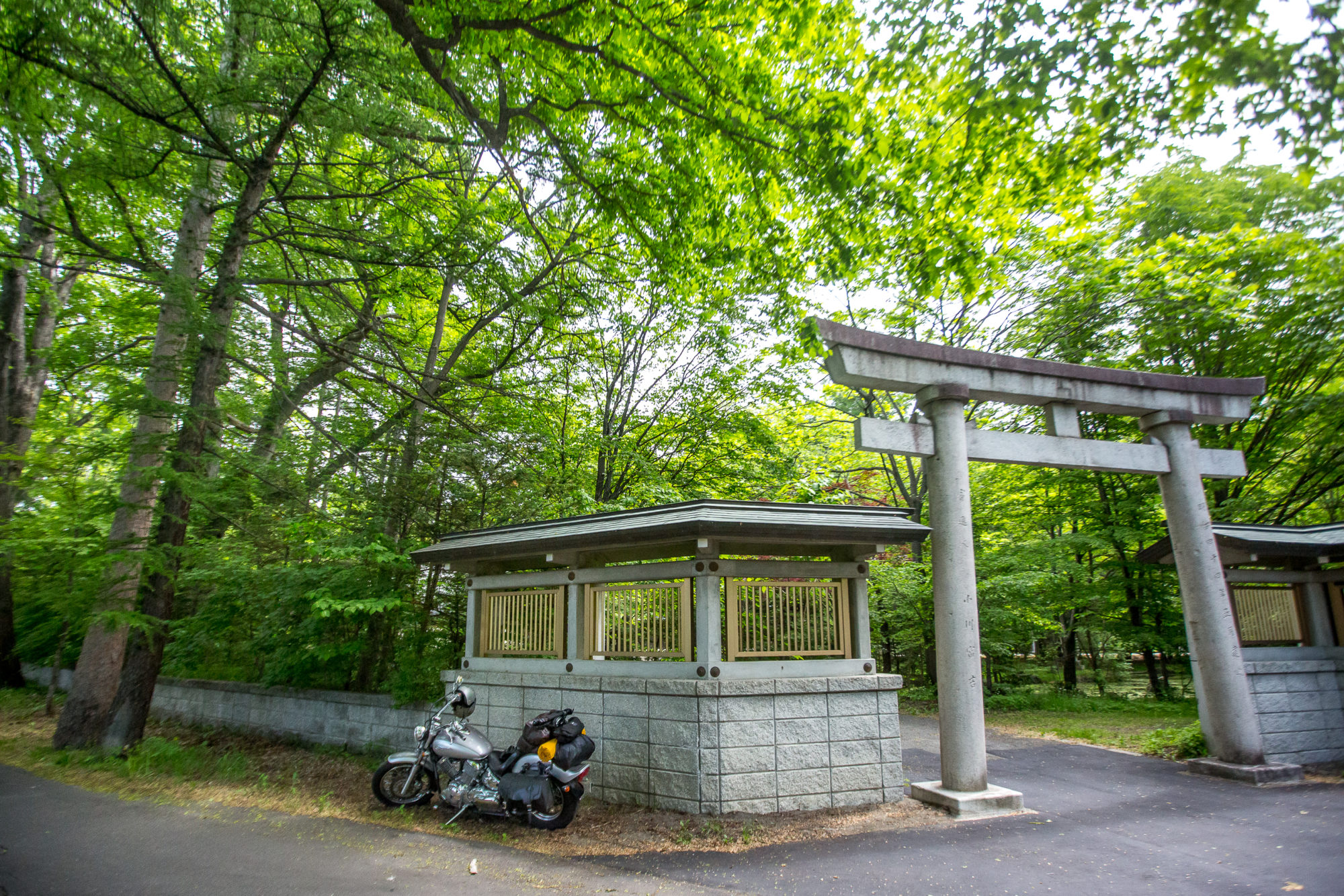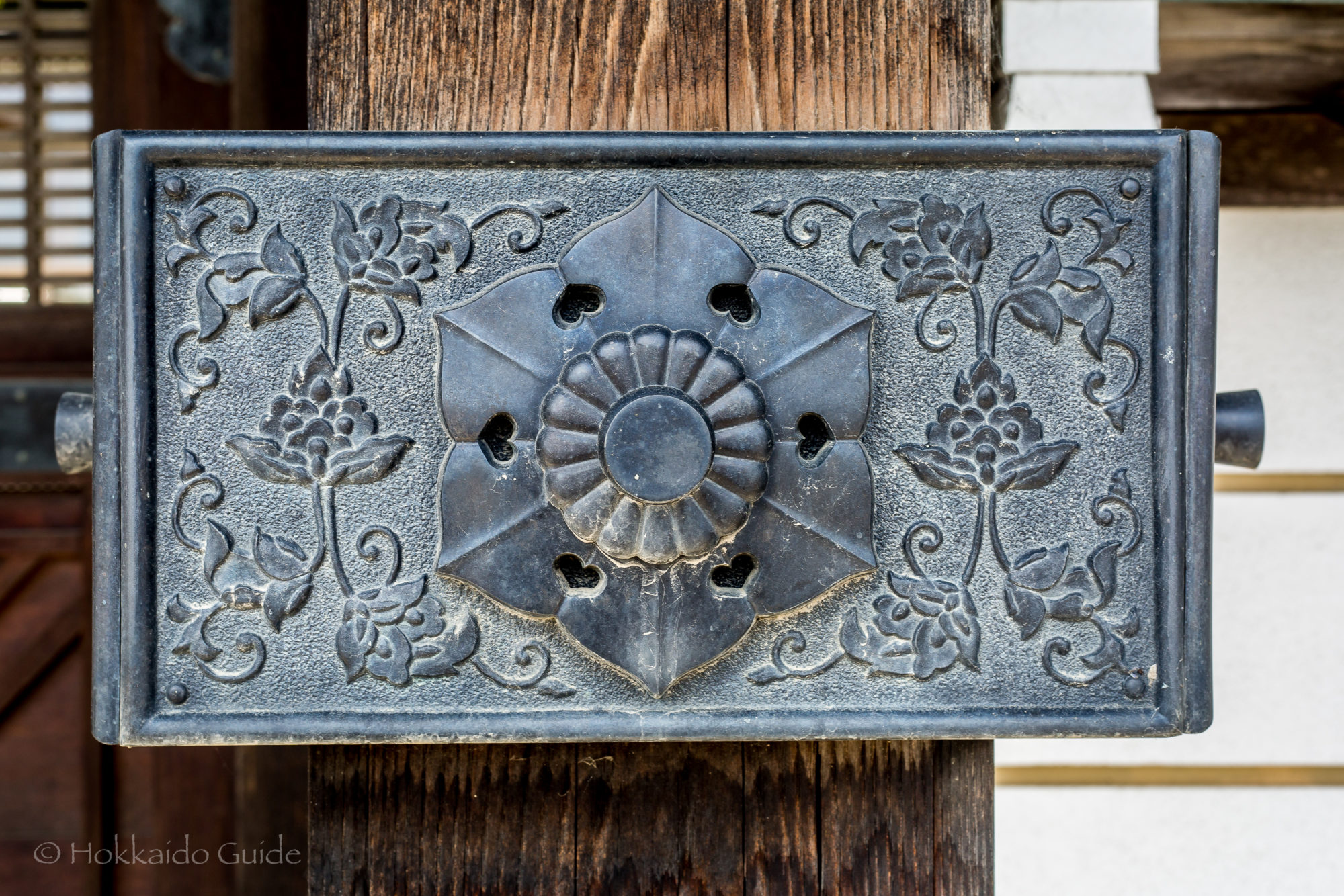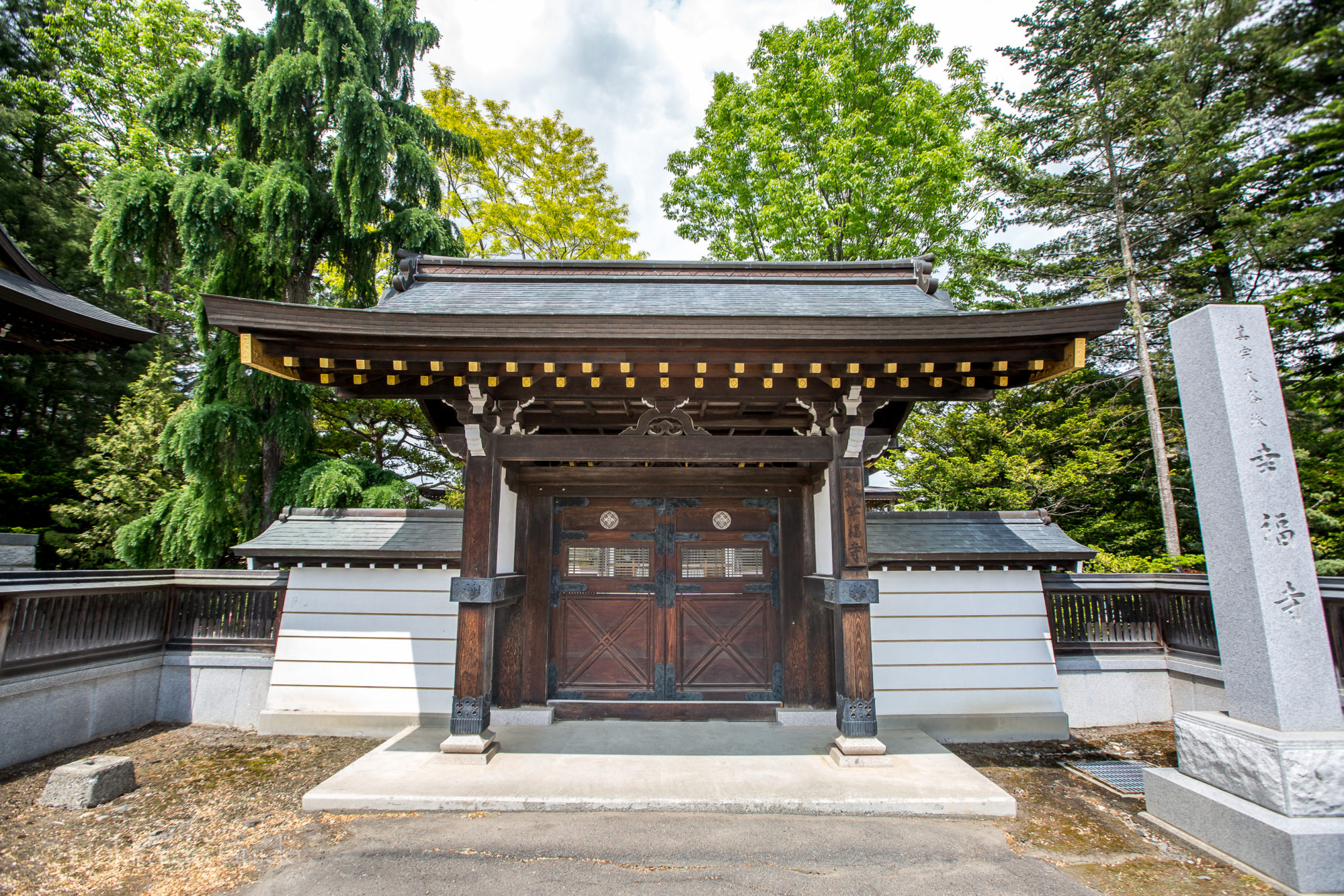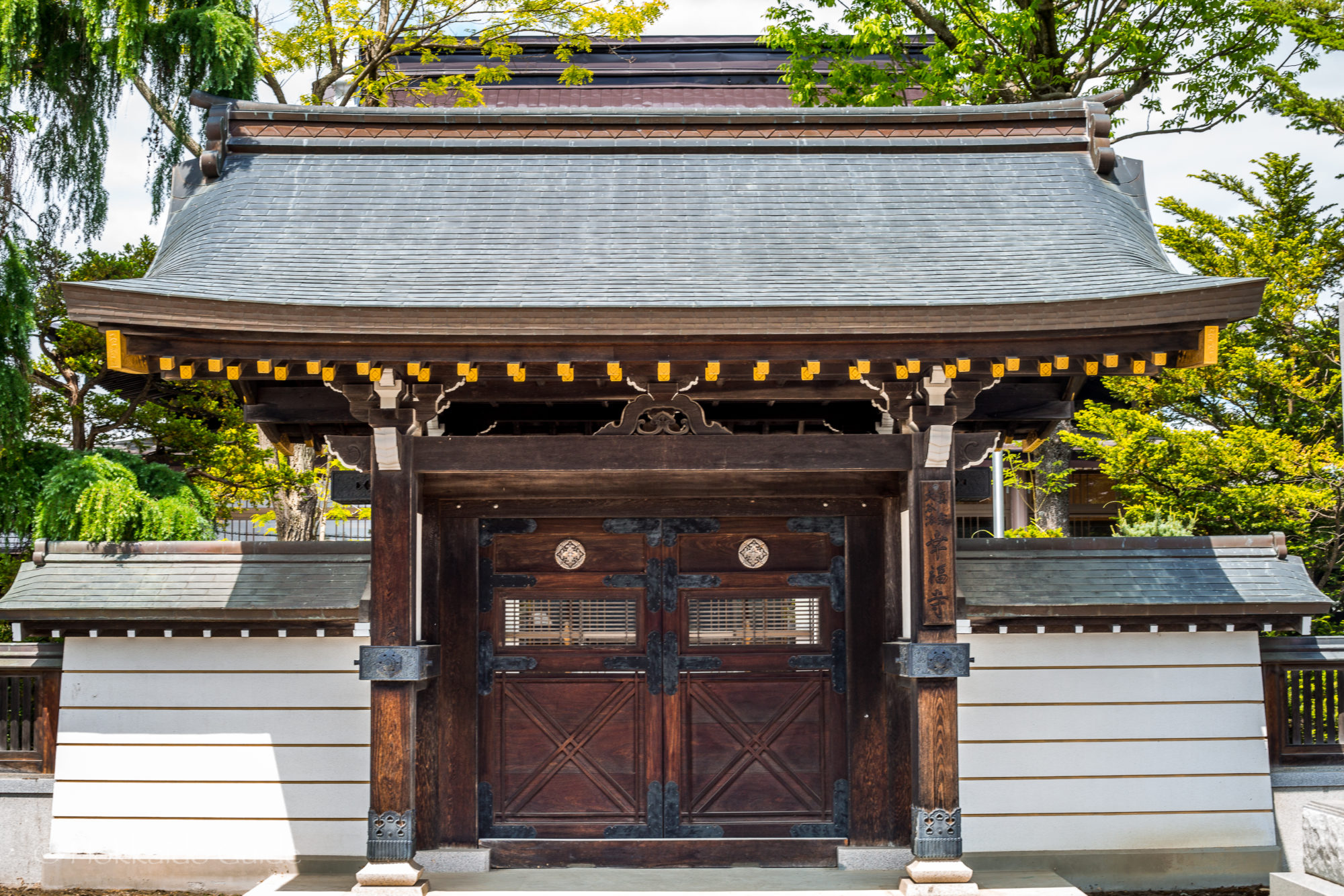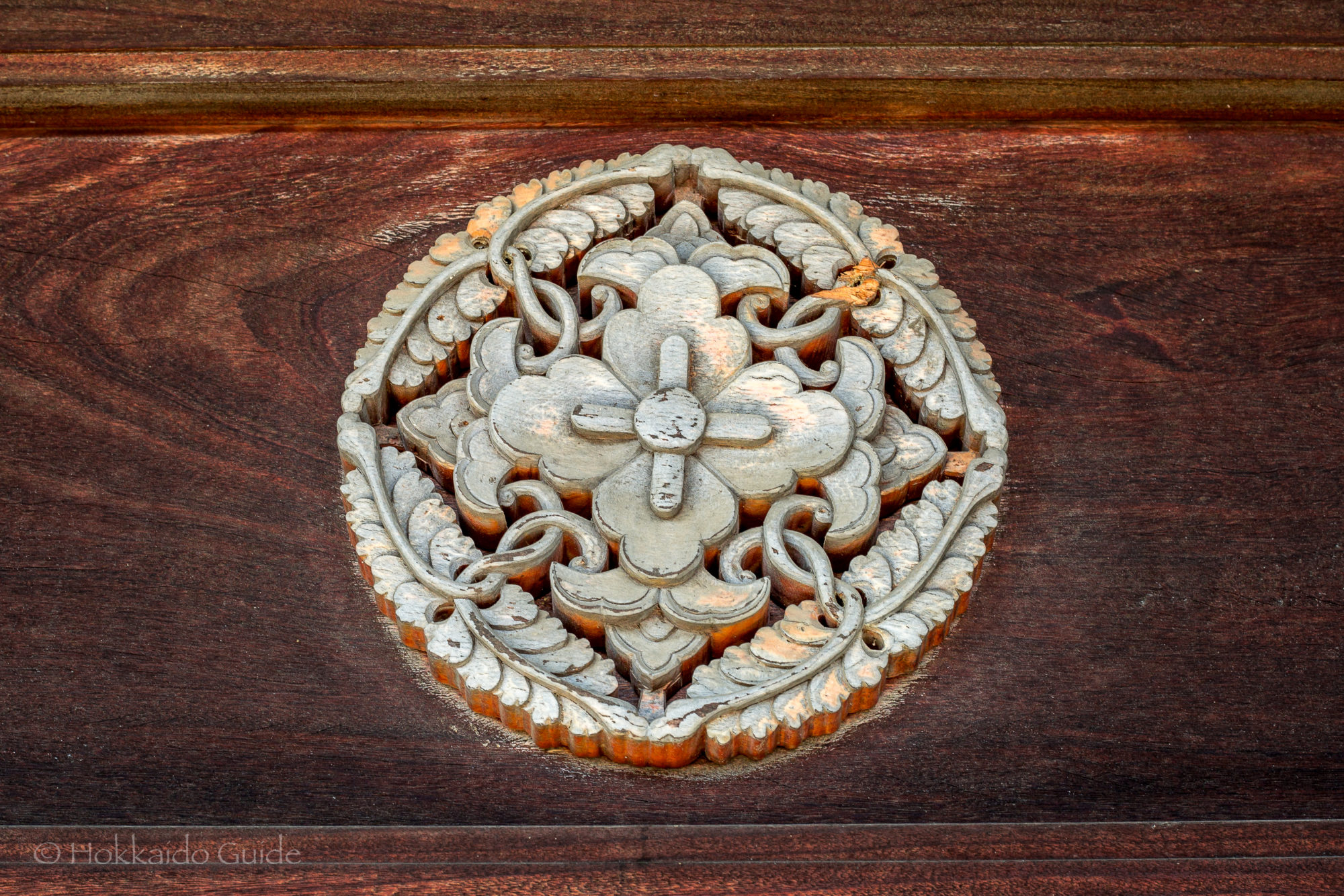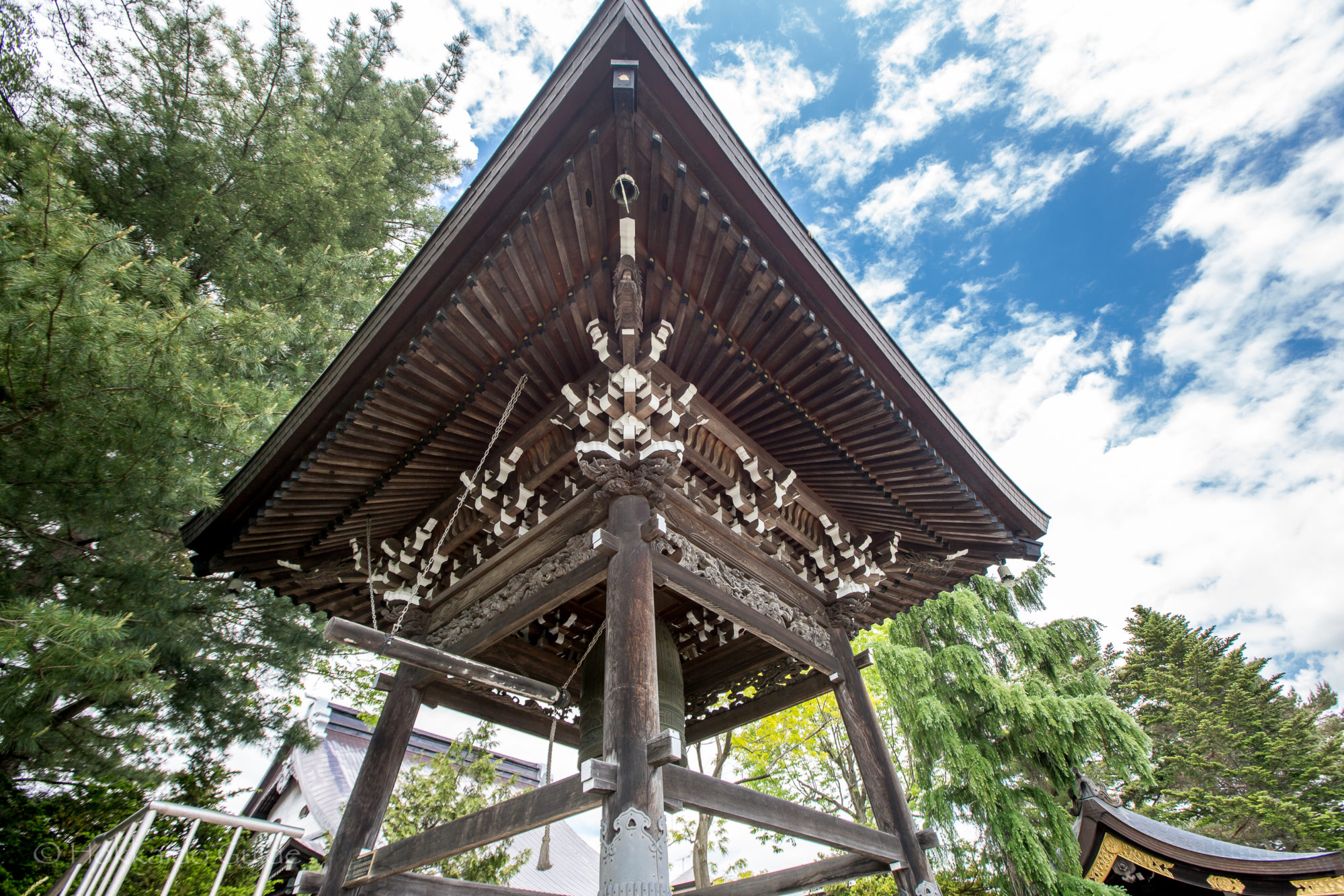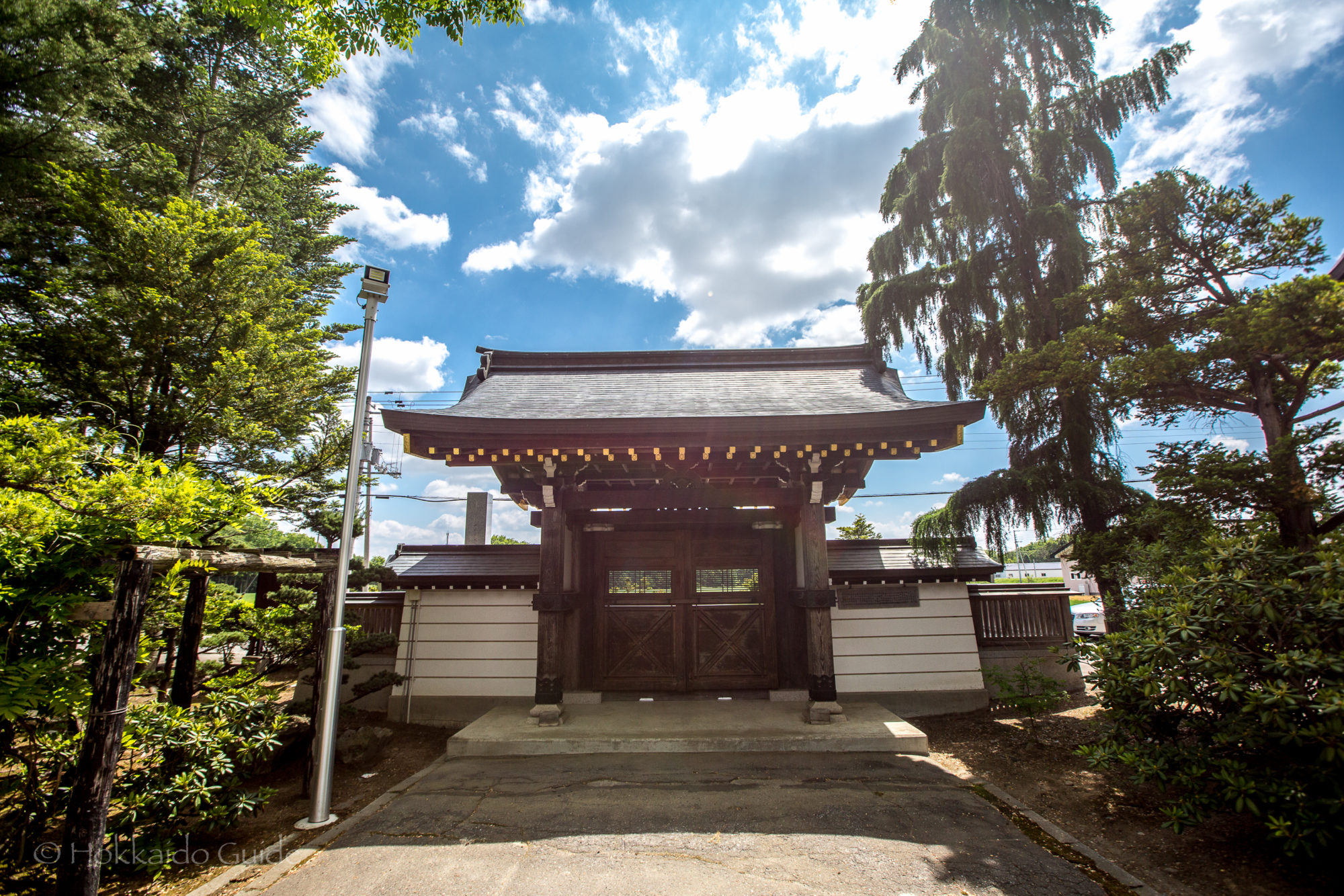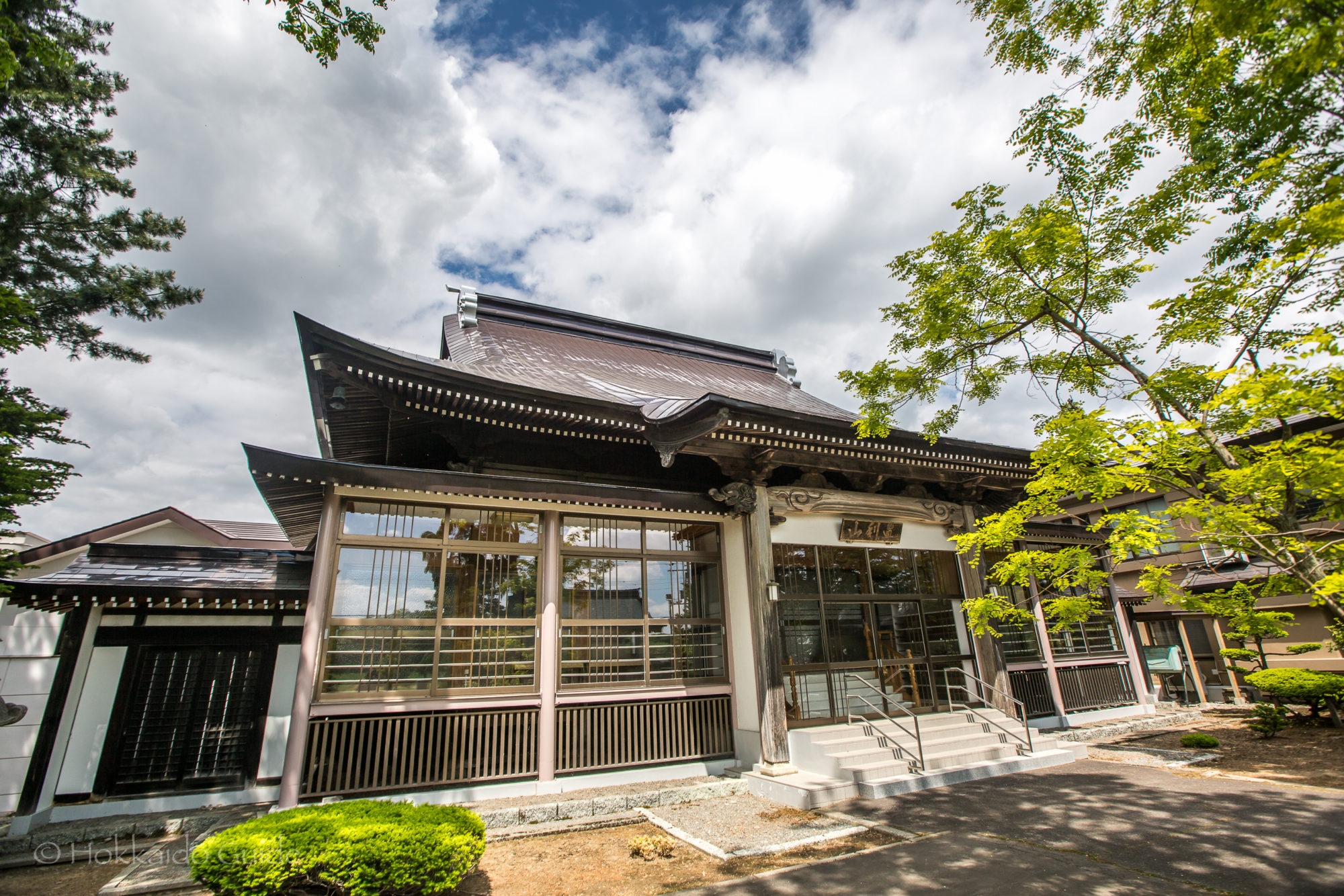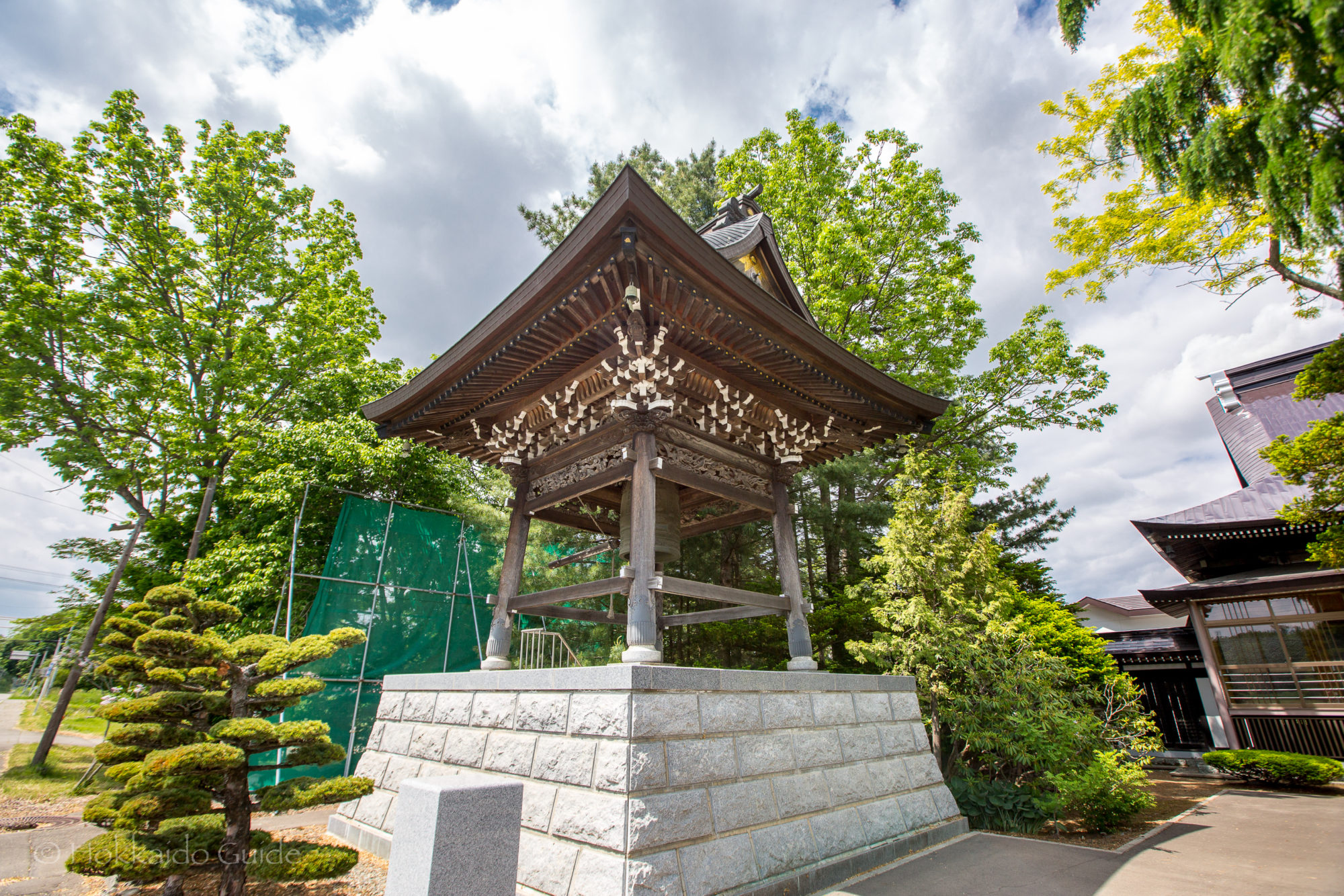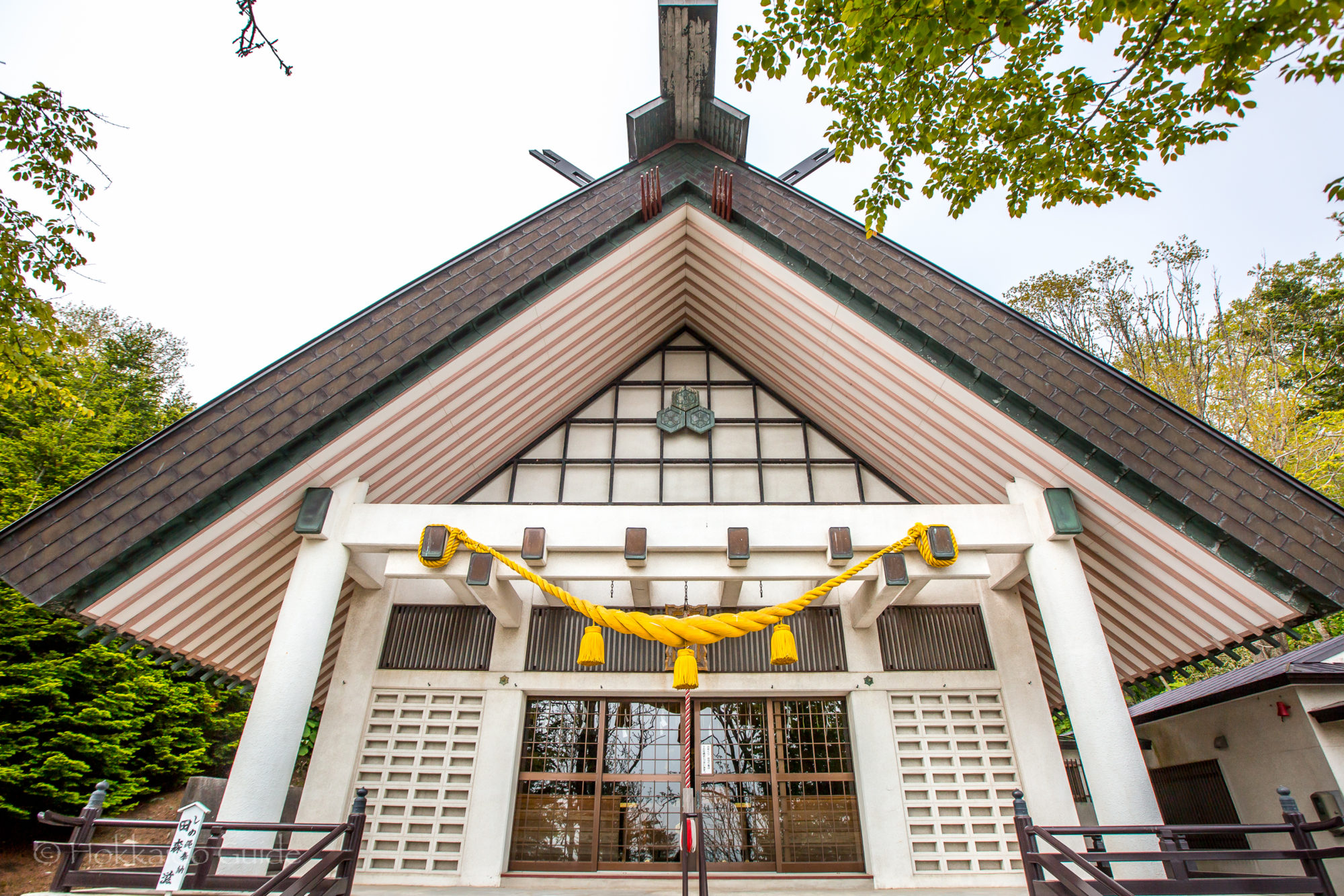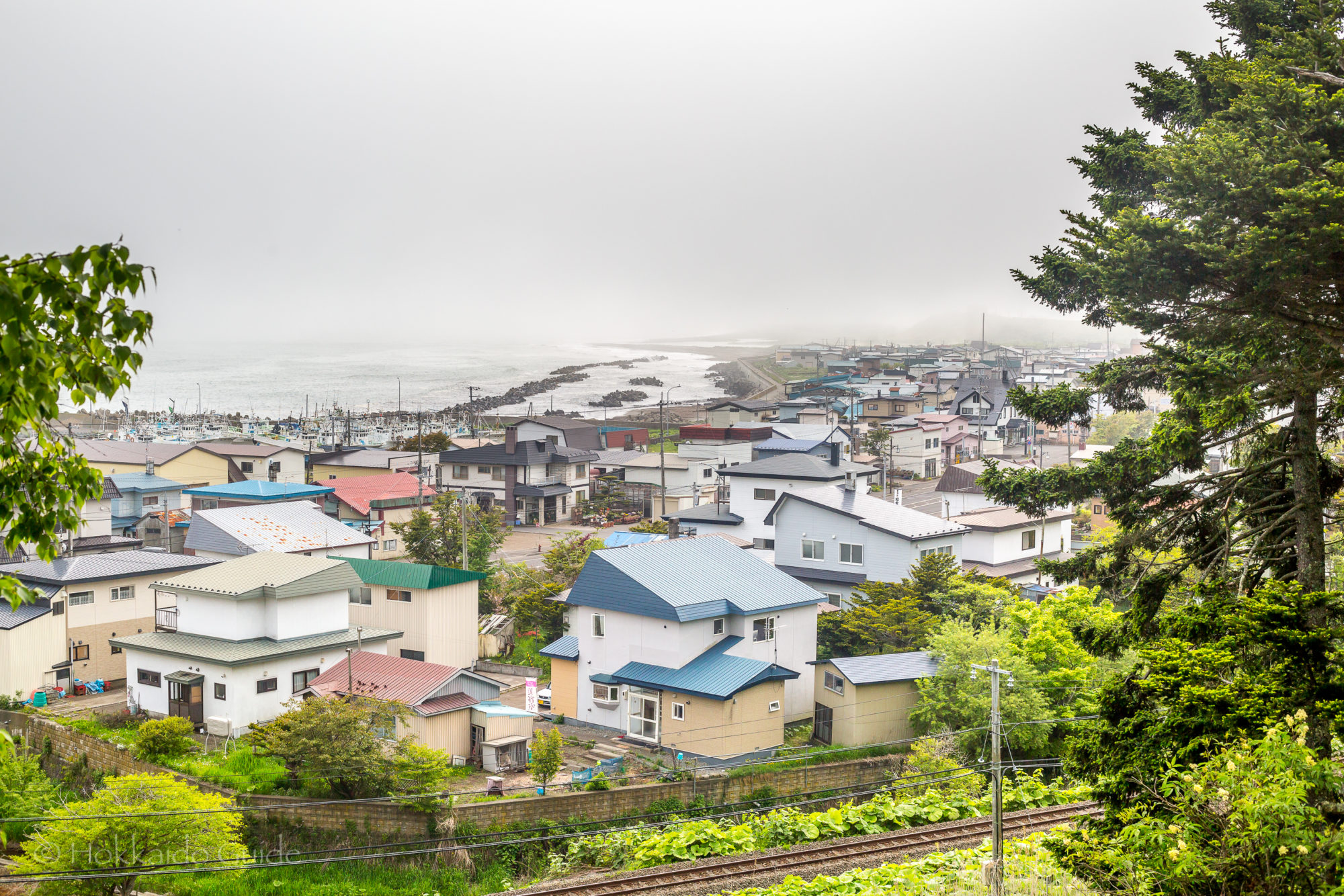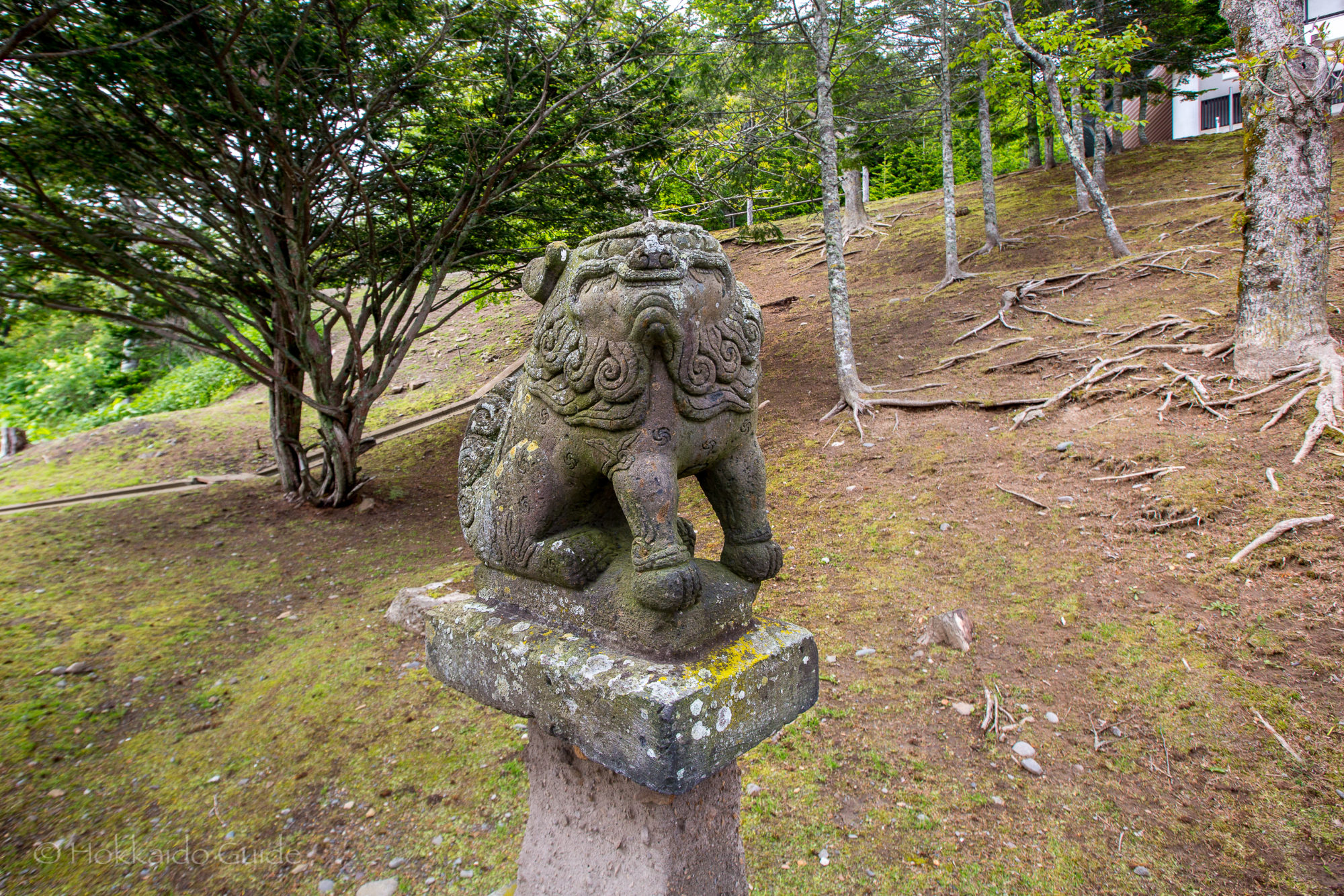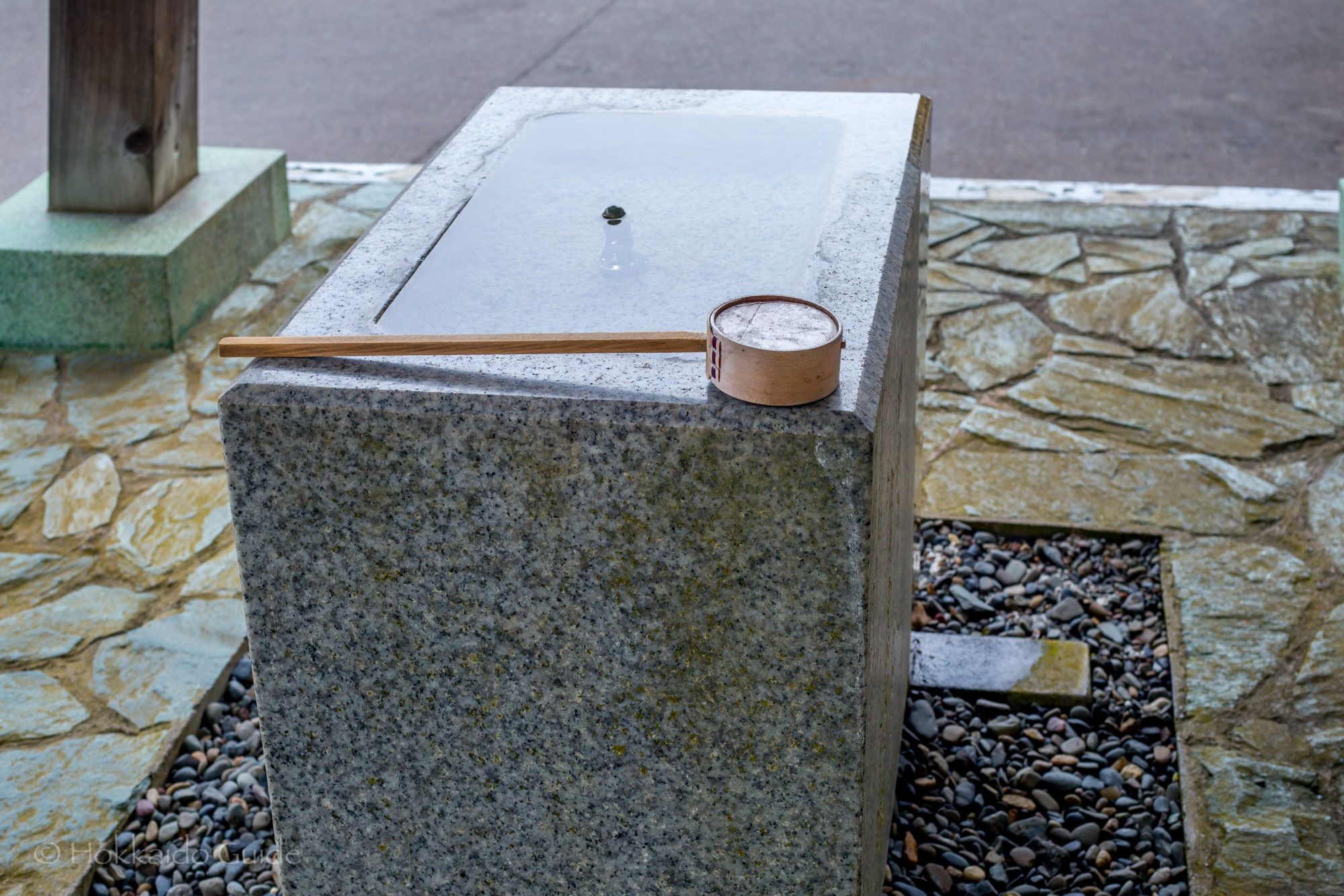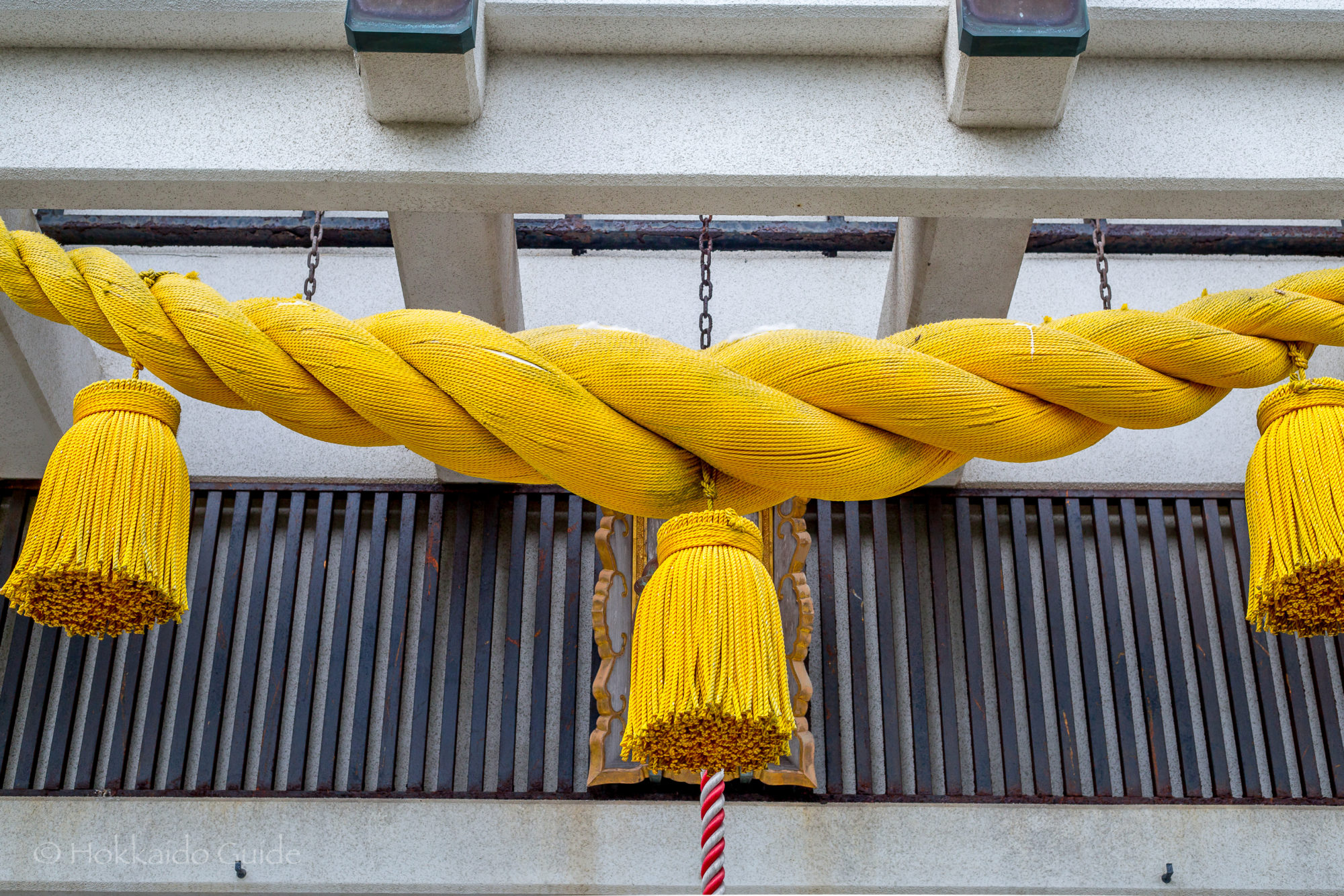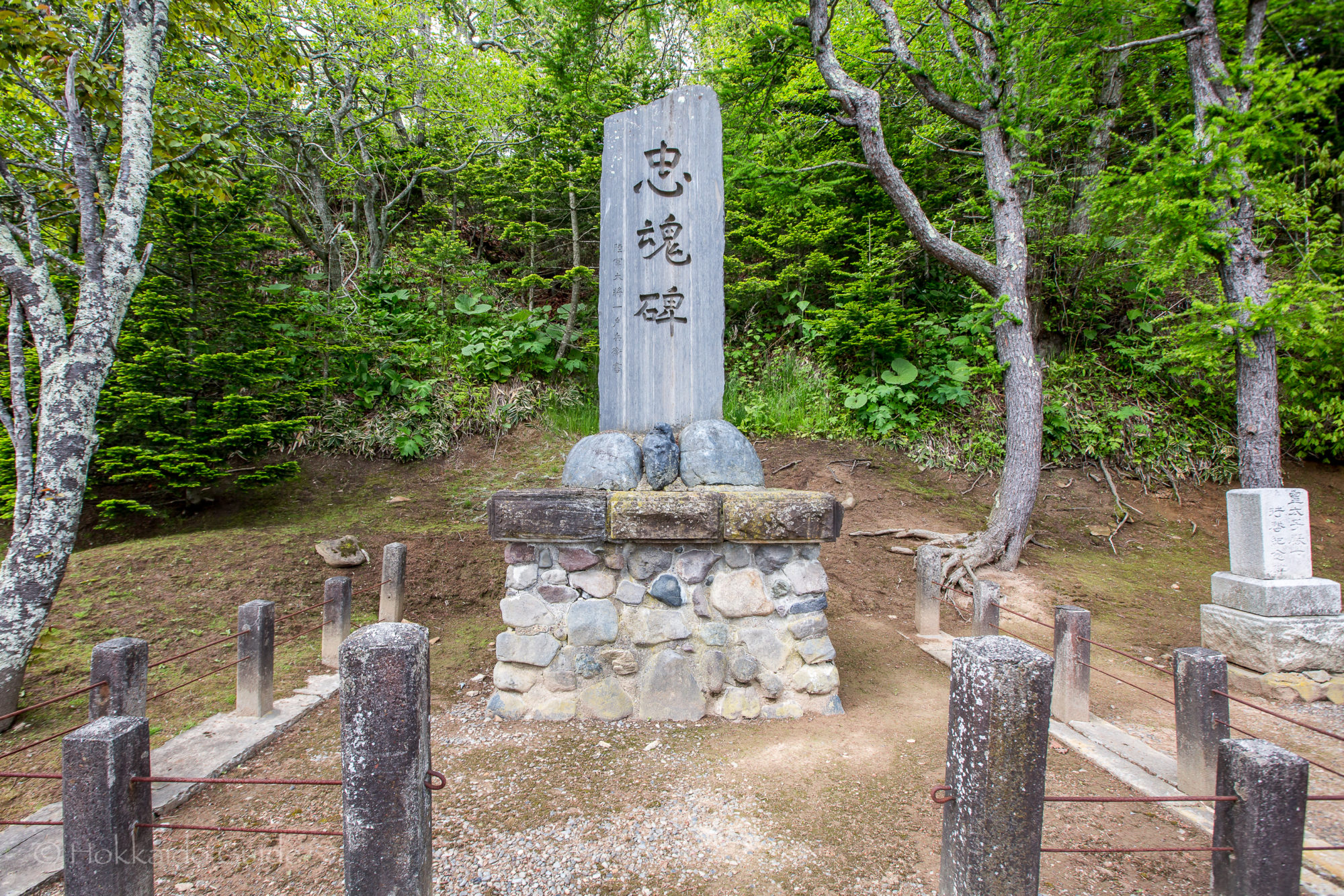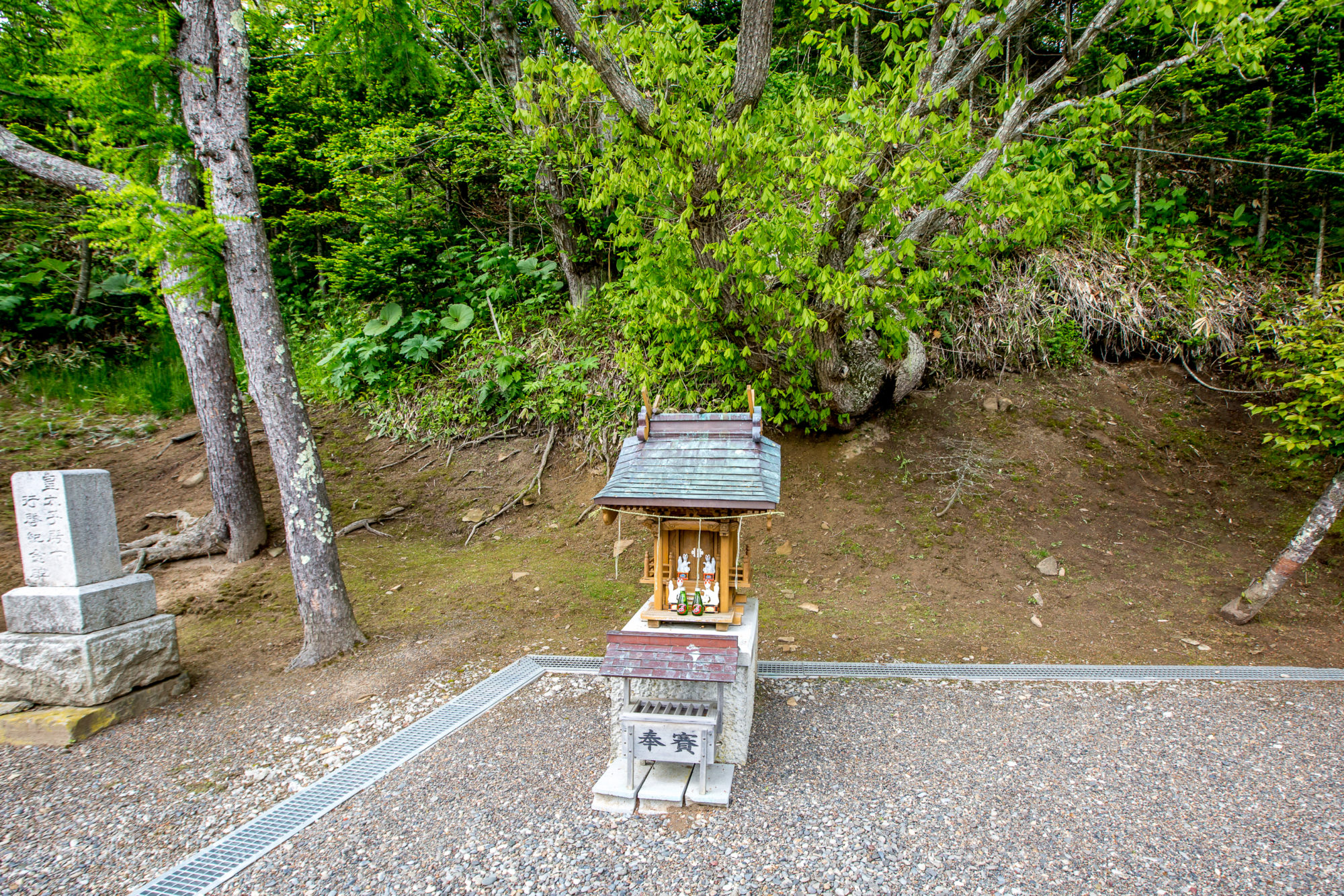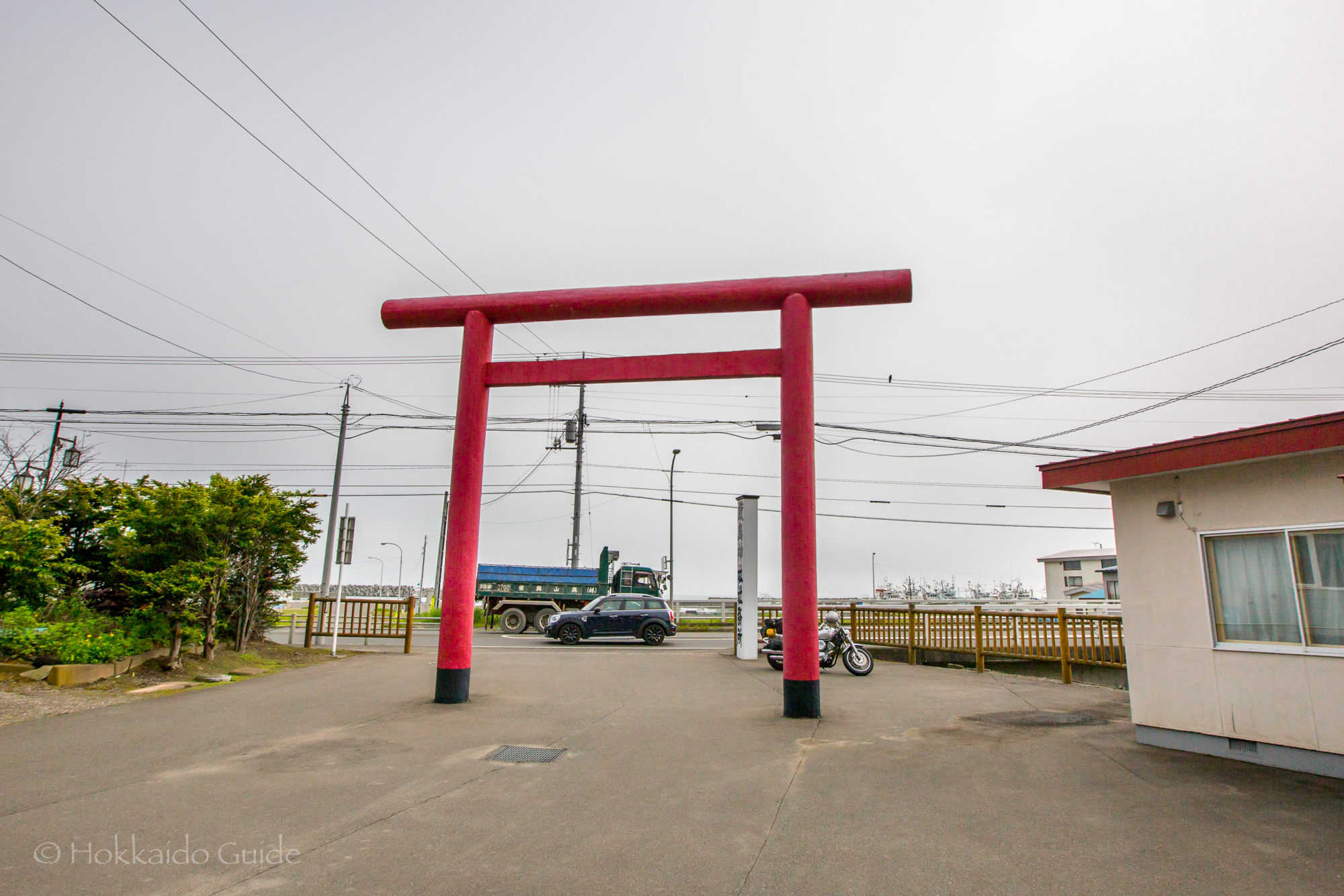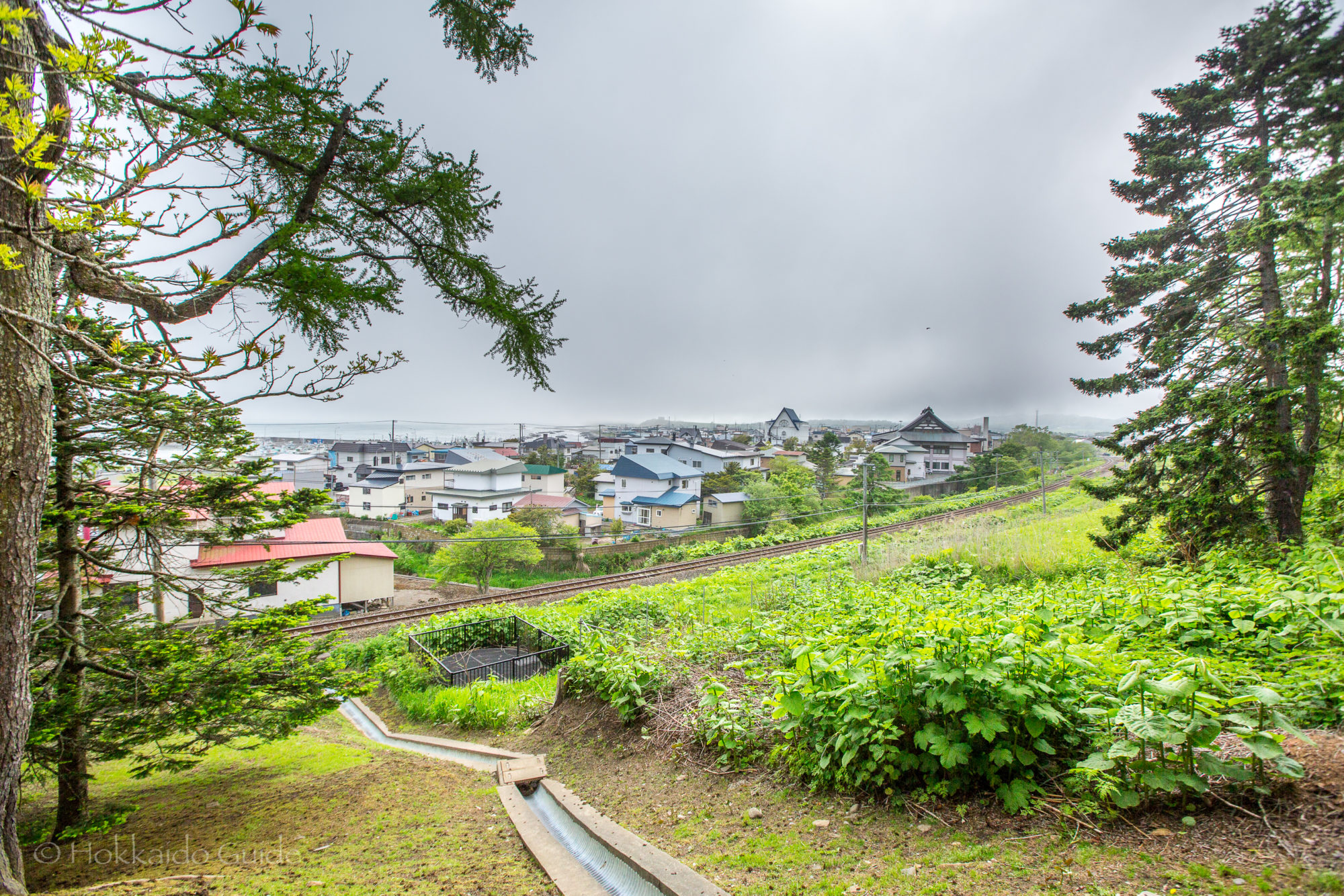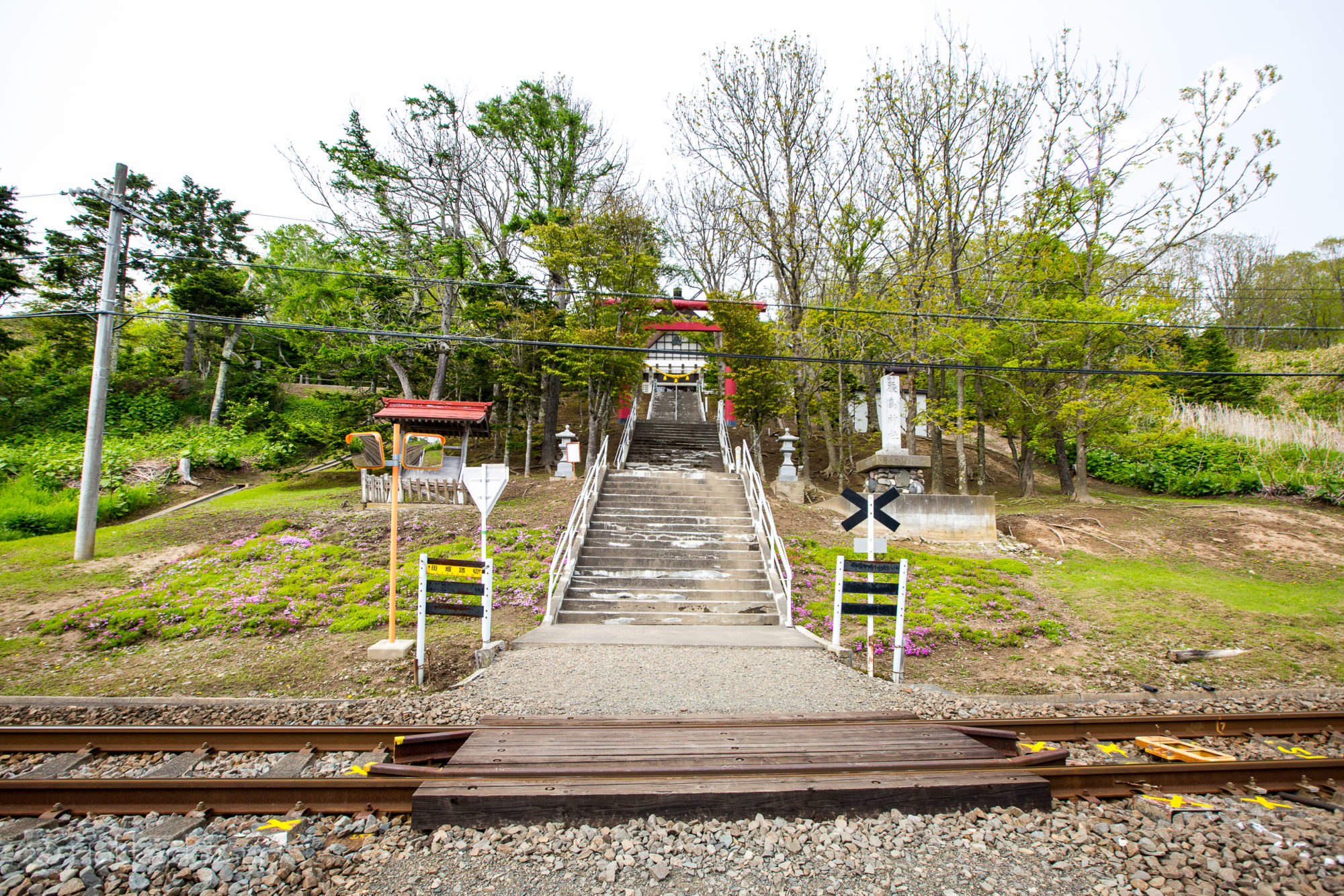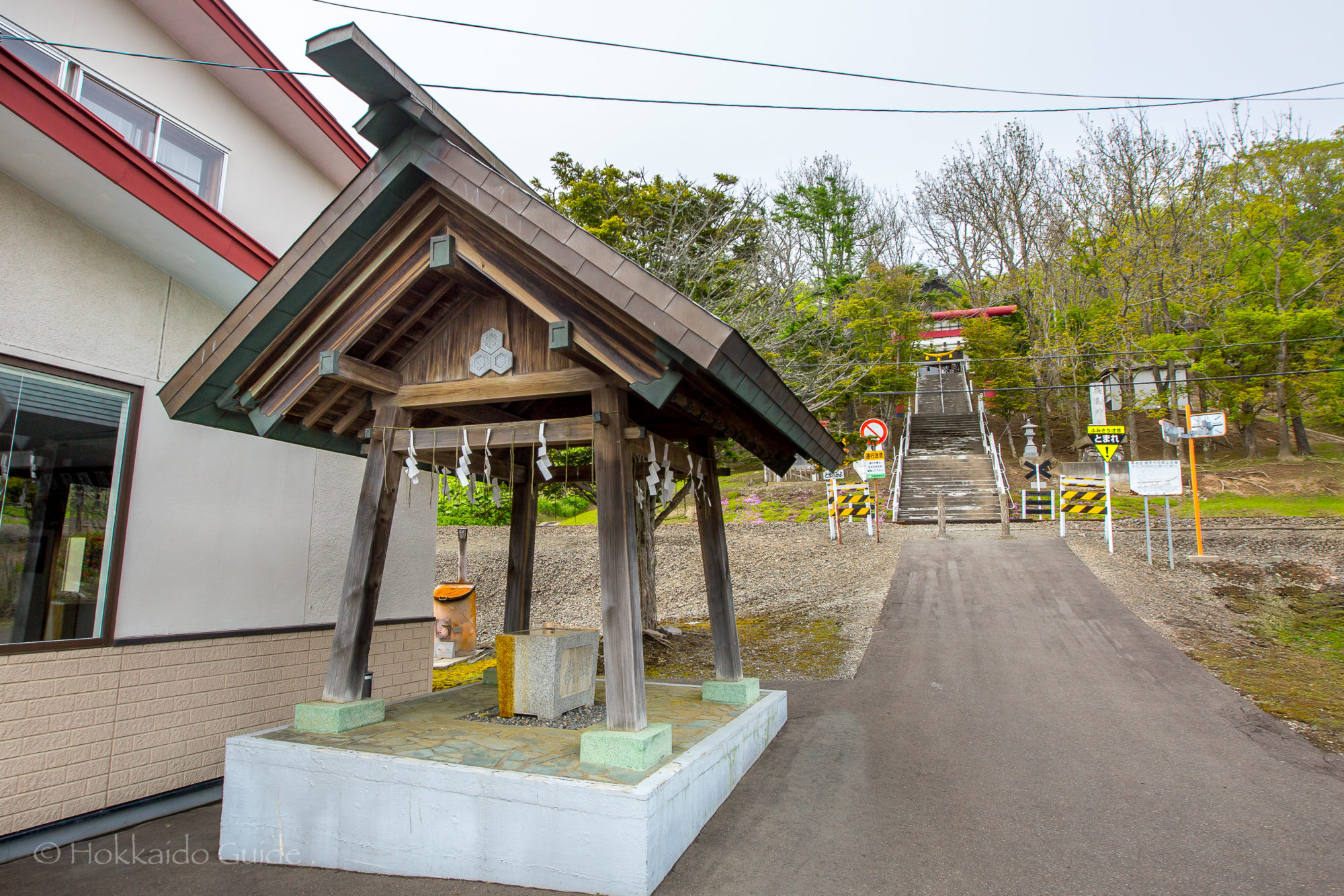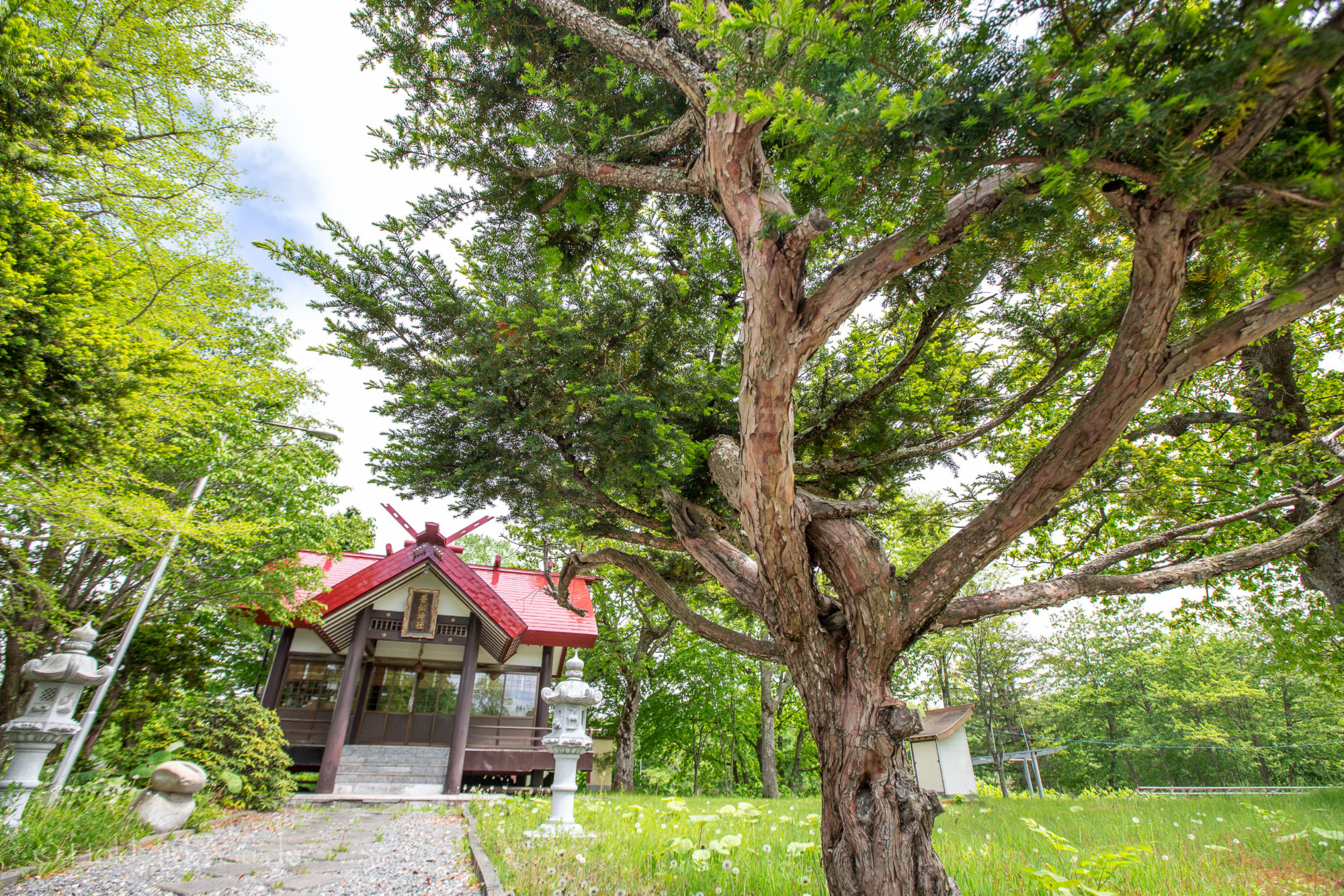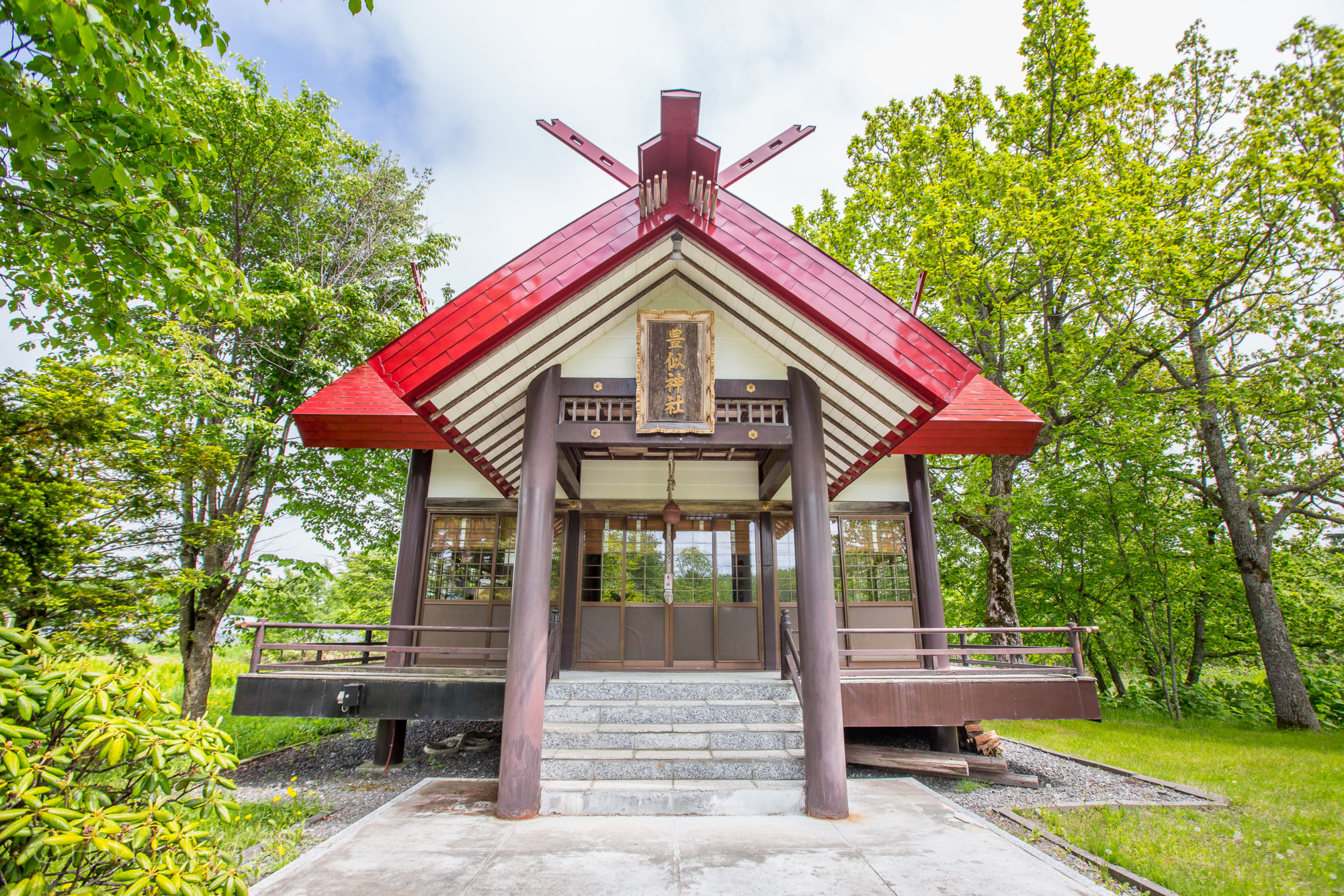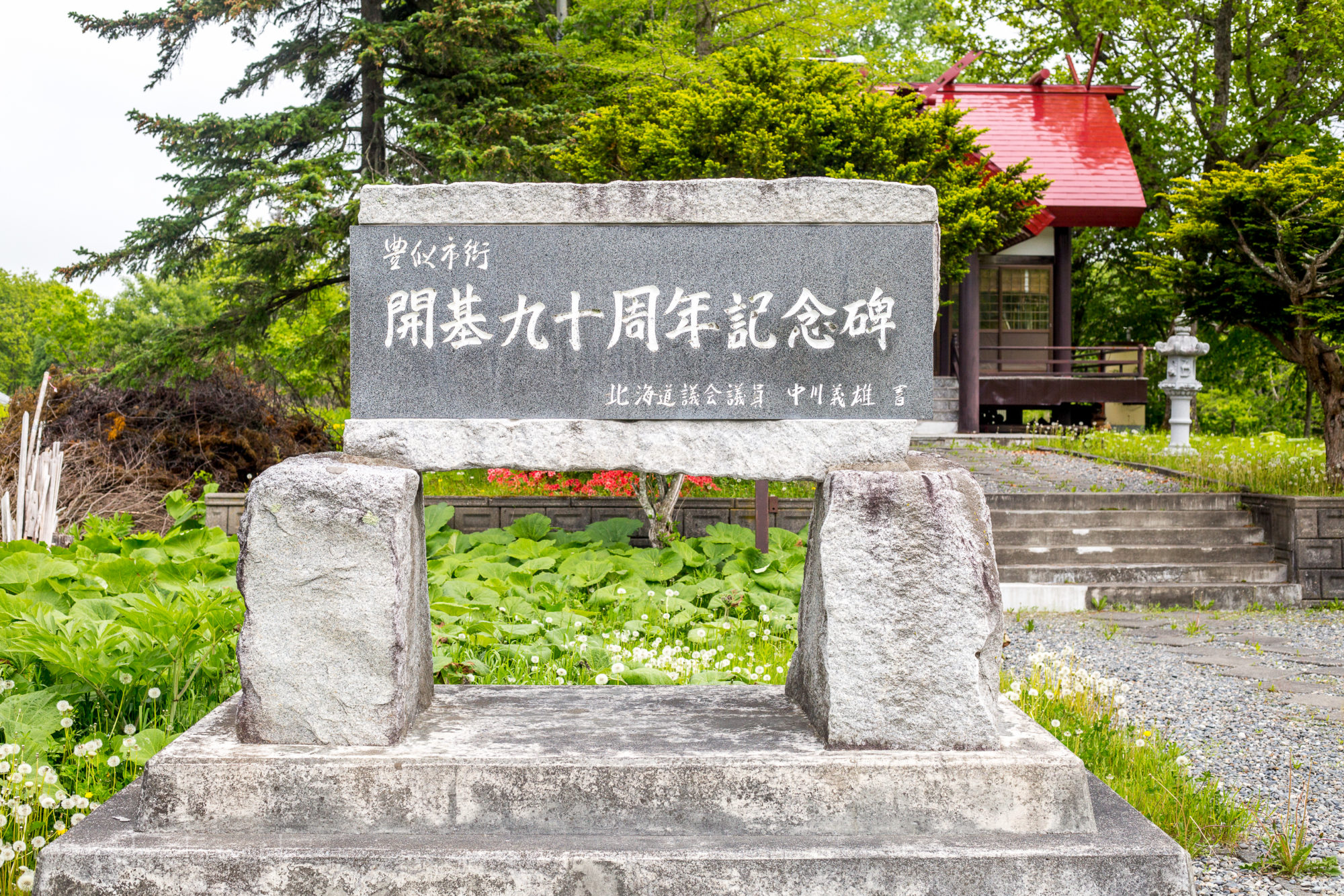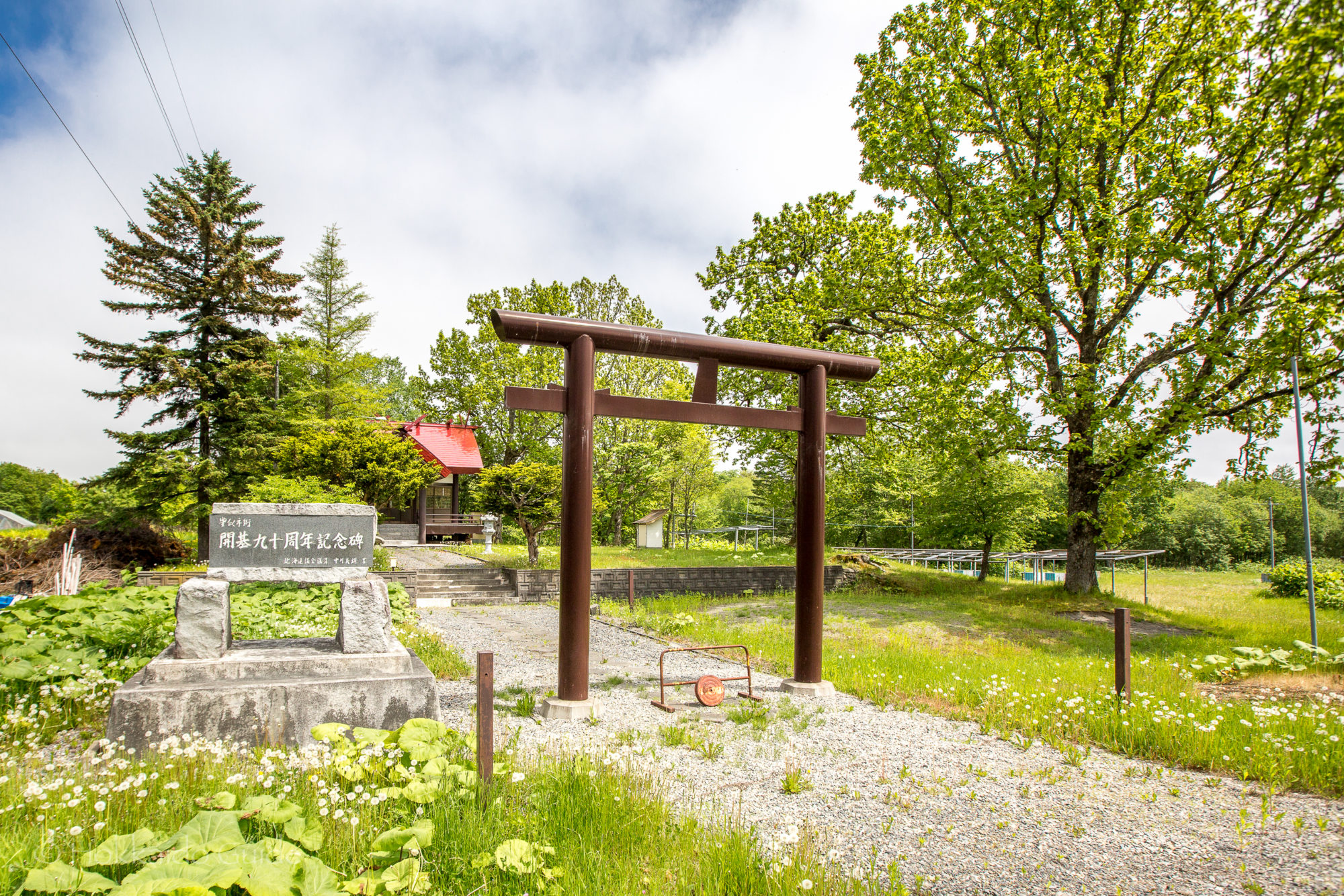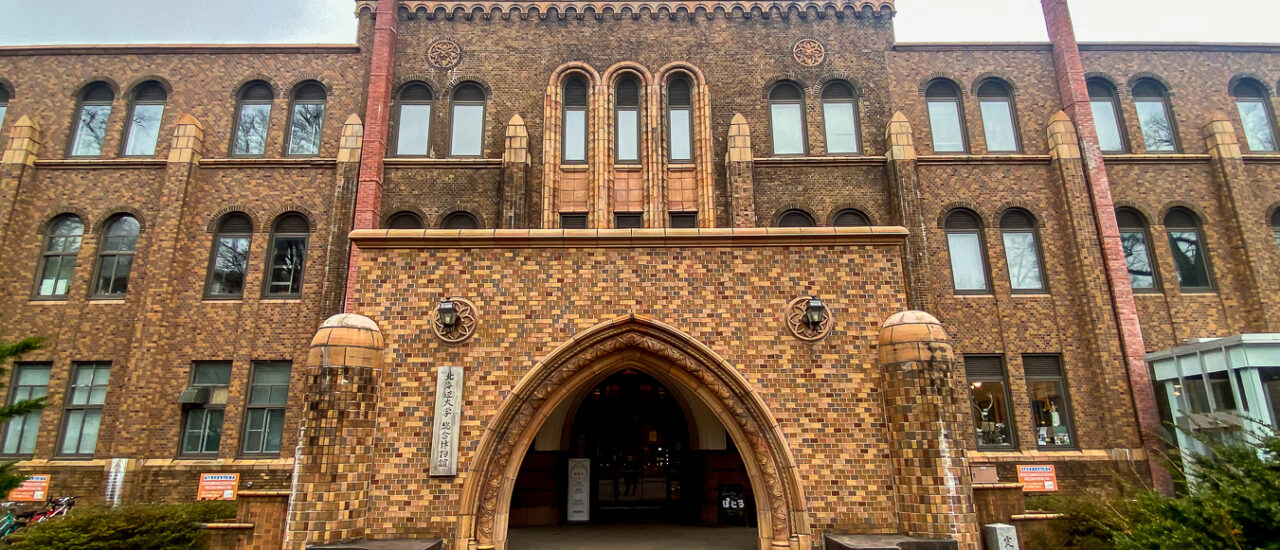
Tag: Shrine
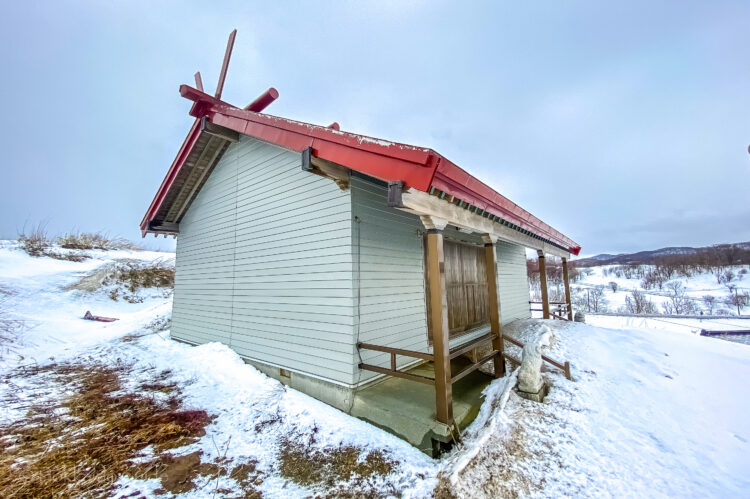
Kotan Hachiman Shrine
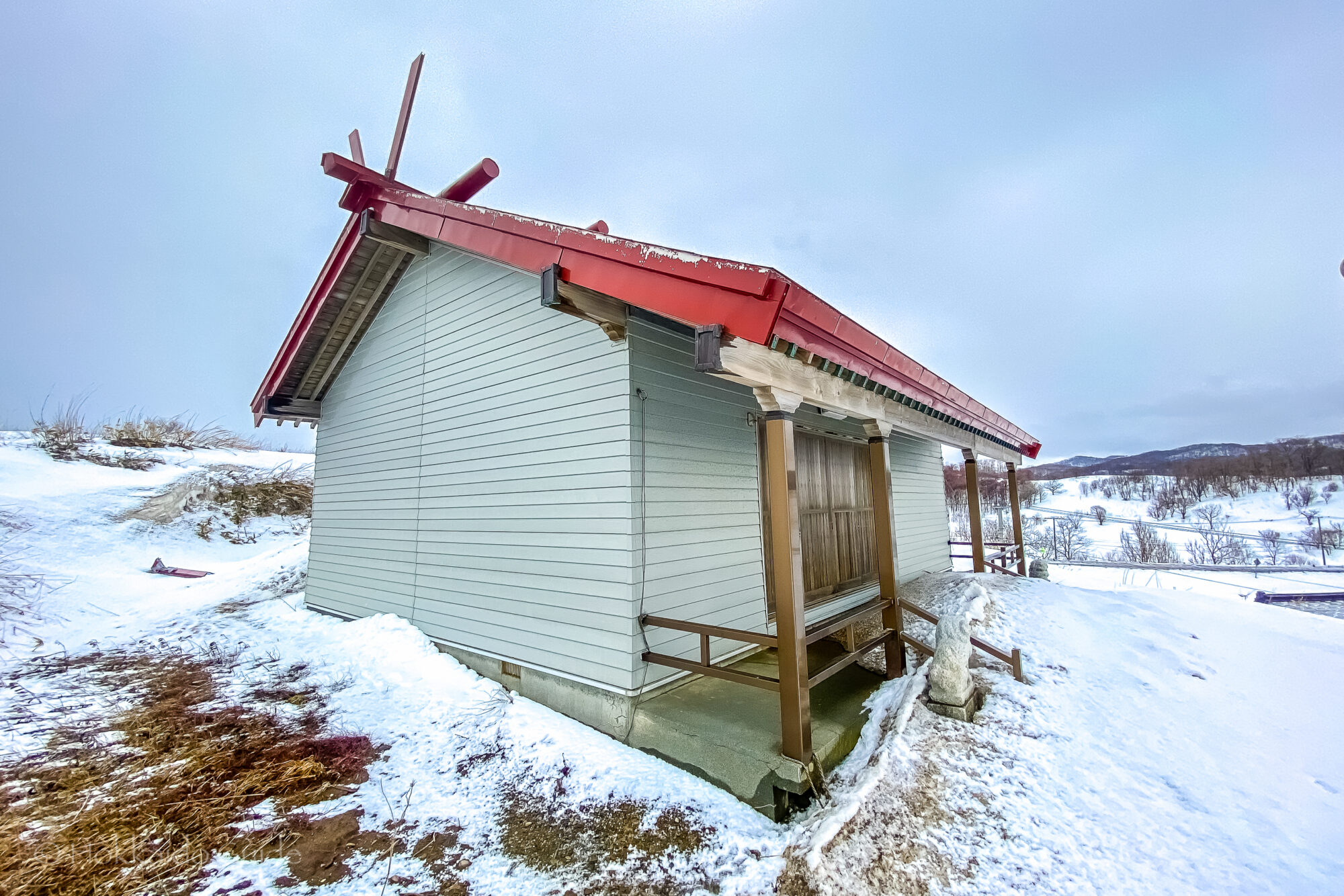
| Established | 1856 |
| Admission | - |
| Opening Hours | Open 24 hours |
| Closed | - |
| Contact | - |
| Notes | Shinto shrine |
| Location / Getting There | This shrine is located along the coast of Ishikari Bay. It's about an hour drive west from central Sapporo. 〒061-3521 Hokkaido, Ishikari, Atsutaku Kotan, 50−3 |
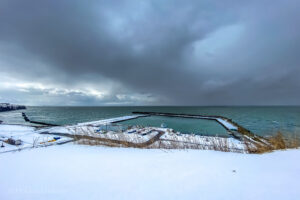 Kotan Hachiman Shrine was founded in 1856 and was officially named a township shrine in 1875. It was listed as a local shrine on the 28th of April 1911. The purpose of the shrine is to follow the great principles of the deity, Hondawake no Mikoto. Hondawake no Mikoto is also more commonly known as the Emporer Ōjin. Emporer Ōjin’s actual reign have been proposed to be as early as 370 to 390 AD, to as late as the early 5th century AD. There is a general consensus that he was “probably real”. His grave is unknown though it is said to be around Osaka. The shrine is on the western coast of Hokkaido and is on a small hilltop offering quite beautiful views over the ocean. There are a flight of steps up to follow under two tori gates. The shrine also has views over the small village of Kotan.
Kotan Hachiman Shrine was founded in 1856 and was officially named a township shrine in 1875. It was listed as a local shrine on the 28th of April 1911. The purpose of the shrine is to follow the great principles of the deity, Hondawake no Mikoto. Hondawake no Mikoto is also more commonly known as the Emporer Ōjin. Emporer Ōjin’s actual reign have been proposed to be as early as 370 to 390 AD, to as late as the early 5th century AD. There is a general consensus that he was “probably real”. His grave is unknown though it is said to be around Osaka. The shrine is on the western coast of Hokkaido and is on a small hilltop offering quite beautiful views over the ocean. There are a flight of steps up to follow under two tori gates. The shrine also has views over the small village of Kotan.
This is a seafaring village and if you happen to see the warehouse of the locals sorting through their catch, you can pick up some fish for a very good price! About the shrine, the number of parishioner households total a hundred households, and the number of worshippers counts to a hundred. The annual shrine festival is on June 25th. It is a 3 minute walk from the Sapporo Chuo Bus Kotan.
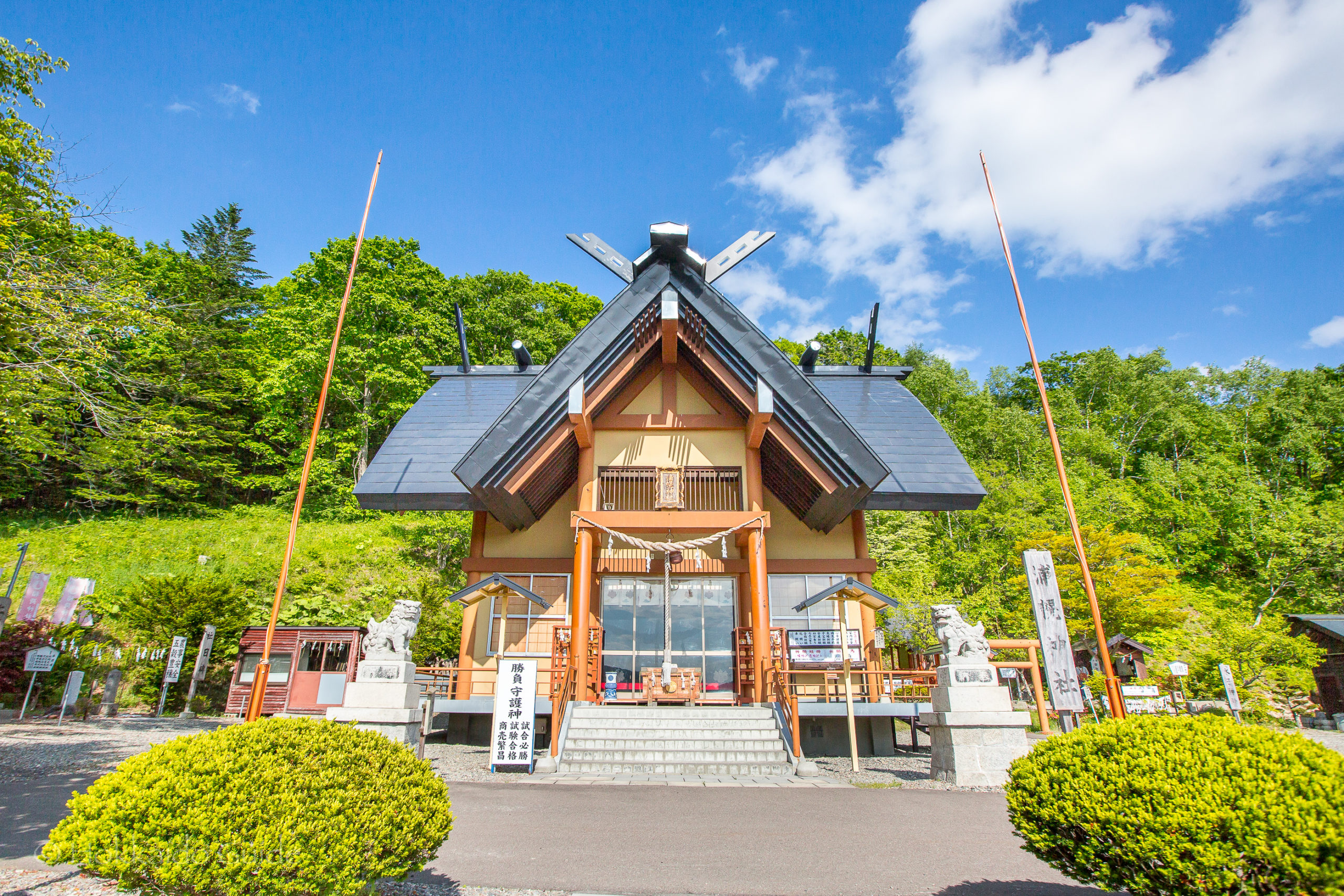
Urahoro Shrine

| Admission | - |
| Opening Hours | 8:00 - 20:00 |
| Closed | - |
| Contact | 011-5576-2448 |
| Notes | Shinto shrine, parking available |
| Location / Getting There | The shrine is located along route 38. It is overlooking the town of Urahoro. It is a 16 minute walk from Urahoro train station. 18-1 Higashiyamacho, Urahoro, Tokachi District, Hokkaido 089-5612 |
 During the Meiji Era, as the town of Urahoro (on the south east coast of Hokkaido) was being developed, the pioneers called for the construction of a shrine to serve as a spiritual centre. On August 15, 1896, a small shrine was erected, enshrining Amaterasu (goddess of the sun and the universe). In the latter half of the Meiji period, the small shrine was relocated to a location near the entrance to Forest Park in Urahoro. In 1923, the main shrine was built overlooking the town and stands as it is today. In 1996, the shrine building was renovated, and in August, the 100th anniversary of the founding of the shrine was celebrated.
During the Meiji Era, as the town of Urahoro (on the south east coast of Hokkaido) was being developed, the pioneers called for the construction of a shrine to serve as a spiritual centre. On August 15, 1896, a small shrine was erected, enshrining Amaterasu (goddess of the sun and the universe). In the latter half of the Meiji period, the small shrine was relocated to a location near the entrance to Forest Park in Urahoro. In 1923, the main shrine was built overlooking the town and stands as it is today. In 1996, the shrine building was renovated, and in August, the 100th anniversary of the founding of the shrine was celebrated.
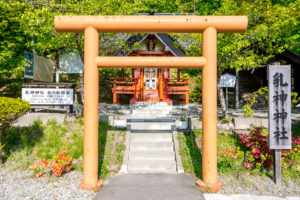 The grounds are also home to other points of interest. Nearby the main shrine, there is Nyukami Shrine. This shrine houses a sacred object. In the forest behind the shrine there was an old oak tree with two bumps that looked like breasts. In the Taisho era (1912-1926), an old woman named Yoshida prayed to this tree and the worship of the ‘milk goddess’ originated. The tree was destroyed by a typhoon in 1962 but the two humps of the tree were preserved and place in Nyukami Shrine. In 2015, a “Business Card Dedication Station” was built in the area, so that riders can pray for traffic safety. Next to Nyukami Shrine is Mizuko Shrine. The deities enshrined here are to comfort and protect the souls of water children.
The grounds are also home to other points of interest. Nearby the main shrine, there is Nyukami Shrine. This shrine houses a sacred object. In the forest behind the shrine there was an old oak tree with two bumps that looked like breasts. In the Taisho era (1912-1926), an old woman named Yoshida prayed to this tree and the worship of the ‘milk goddess’ originated. The tree was destroyed by a typhoon in 1962 but the two humps of the tree were preserved and place in Nyukami Shrine. In 2015, a “Business Card Dedication Station” was built in the area, so that riders can pray for traffic safety. Next to Nyukami Shrine is Mizuko Shrine. The deities enshrined here are to comfort and protect the souls of water children.
| 1st and 15th of every month | Prayers for the safety of the Imperial Family, peace for the nation, and peace for the Urahoro worshippers. |
| January 1 | New Years Day. Prayer for the safety of the Imperial Family, peace for the nation, and a good harvest for the year. |
| January 15 | The burning of old Shinto prayer cards and charms. Prayer for good health. On the day before the first day of spring, there is the purification the evil spirits. The doors of the main shrine are opened to offer thanks to the Milk God and prayer for spring. |
| June 30 | Grand purification ceremony and Nagoshi-no-harai (summer purification). A Shinto ritual to purge the sins and impurities of the past six months and pray for good health. |
| August | On the evening before the last Sunday of the month, There is the summer portable shrine procession festival (Mikoshi & Yoimiya Festival). The portable shrine is purified the night before the main festival, and the gods are notified that the big festival will be held tomorrow. On the last Sunday of the month, the portable shrine will be paraded through the town to pray for the safety of each family and the prosperity of each company. |
| September 20 | Autumn Grand Festival Prayers and dedication events are held for the Ujigami (local deity), which has been handed down from the pioneers. The doors of the main shrine are opened to offer thanks to the Goddess of Milk and pray for the autumn. The god of the land and the god of agriculture are invited to give thanks for the year's harvest and to pray for the safety. Prayers are offered to the gods for the healthy growth of children who are three, five, and seven years old. Prayers are offered for the harvest and labor to the gods of the 24 shrines in Urahoro Town. |
| December 31 | New Year's Eve Purification Ceremony and Nightfall Festival is held to purify the sins and impurities of the year from the body and soul using dolls, and to pray for good health in the New Year. |
| December 30 to January 5 | The shrine grounds are illuminated. |

Obihiro Shrine
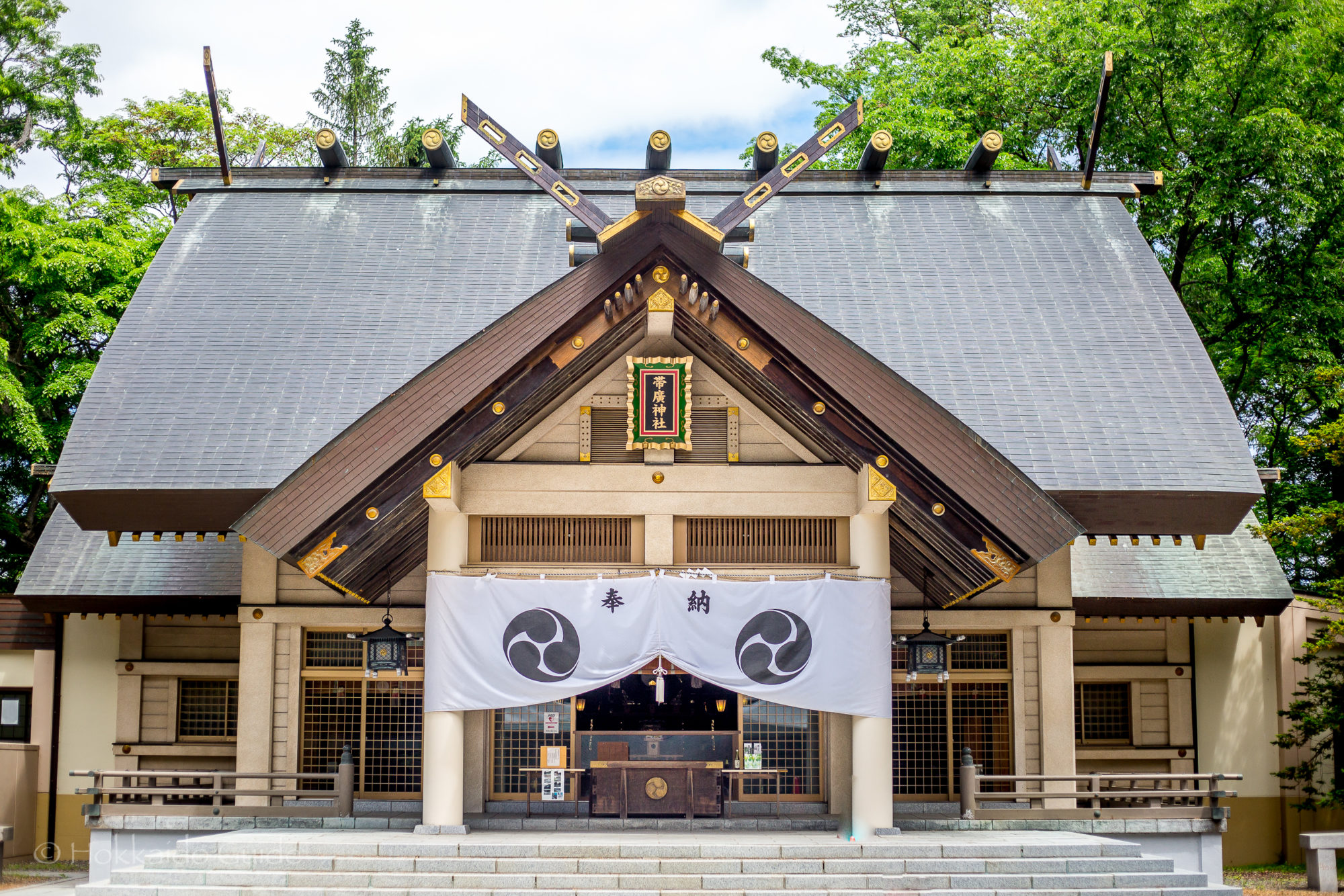
| Admission | - |
| Opening Hours | 9:00 - 17:00 |
| Closed | - |
| Contact | 011-5523-3955 |
| Notes | |
| Location / Getting There | The shrine is a 24 minute walk north from Obihiro station, or a 7 minute drive by car. Obihiro Shrine is right by Obihiro river, and is accessed via route 38. East 2 South 2. From Obihiro Station Bus Terminal Station No.8, take the Tokachi bus (No.7) on the 'Water Line Higashi 13' (Obihiro City). From the General Promotion Bureau stop it's a 2 minute walk. 〒080-0803 Hokkaido, Obihiro, Higashi 3 Jominami, 2 Chome, 1 |
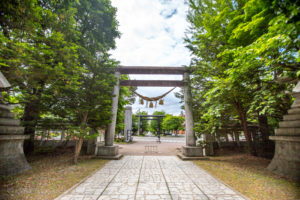 In 1881, a man named Benzo Yoda and others from Shizuoka Prefecture organized a pioneer group called the “Bansei-sha”. This group and settled inShimo-Obihiro Village and started pioneering. During this time, they started holding festivals and later built a small shrine, though the connection with the current Obihiro Shrine is still not well known. In March 1909, a town meeting was held and five members decided to relocate and build the Obihiro Shrine. Over the past hundred years, this shrine has developed, been renovated and welcomed thousands of worshippers.
In 1881, a man named Benzo Yoda and others from Shizuoka Prefecture organized a pioneer group called the “Bansei-sha”. This group and settled inShimo-Obihiro Village and started pioneering. During this time, they started holding festivals and later built a small shrine, though the connection with the current Obihiro Shrine is still not well known. In March 1909, a town meeting was held and five members decided to relocate and build the Obihiro Shrine. Over the past hundred years, this shrine has developed, been renovated and welcomed thousands of worshippers.
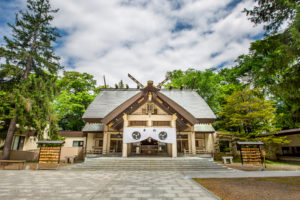 The shrine is located by the Obihiro River and although the buses don’t run that often, it is in a walkable distance. Once inside the grounds, there are many things to see besides the main shrine. There are numerous shrines and buildings. The area is also rich in greenery and the land was designated as an environmental green space protection area in Hokkaido in 1974. The grounds are also home to many small animals and wild birds such as Ezo squirrels, chipmunks, red-cockaded woodpeckers, and starlings to name a few. This area has some statues and is a good spot for photos. At the shrine, you can buy souvenirs and charms to take home. Throughout the year there are many festivals held. For more detail see below.
The shrine is located by the Obihiro River and although the buses don’t run that often, it is in a walkable distance. Once inside the grounds, there are many things to see besides the main shrine. There are numerous shrines and buildings. The area is also rich in greenery and the land was designated as an environmental green space protection area in Hokkaido in 1974. The grounds are also home to many small animals and wild birds such as Ezo squirrels, chipmunks, red-cockaded woodpeckers, and starlings to name a few. This area has some statues and is a good spot for photos. At the shrine, you can buy souvenirs and charms to take home. Throughout the year there are many festivals held. For more detail see below.
| 1st and 15th of every month | Prayers for the safety of the Imperial Family, peace for the nation, and peace for the Urahoro worshippers. |
| January 1 | New Years Day. Prayer for the safety of the Imperial Family, peace for the nation, and a good harvest for the year. |
| January 15 | The burning of old Shinto prayer cards and charms. Prayer for good health. On the day before the first day of spring, there is the purification the evil spirits. The doors of the main shrine are opened to offer thanks to the Milk God and prayer for spring. |
| June 30 | Grand purification ceremony and Nagoshi-no-harai (summer purification). A Shinto ritual to purge the sins and impurities of the past six months and pray for good health. |
| August | On the evening before the last Sunday of the month, There is the summer portable shrine procession festival (Mikoshi & Yoimiya Festival). The portable shrine is purified the night before the main festival, and the gods are notified that the big festival will be held tomorrow. On the last Sunday of the month, the portable shrine will be paraded through the town to pray for the safety of each family and the prosperity of each company. |
| September 20 | Autumn Grand Festival Prayers and dedication events are held for the Ujigami (local deity), which has been handed down from the pioneers. The doors of the main shrine are opened to offer thanks to the Goddess of Milk and pray for the autumn. The god of the land and the god of agriculture are invited to give thanks for the year's harvest and to pray for the safety. Prayers are offered to the gods for the healthy growth of children who are three, five, and seven years old. Prayers are offered for the harvest and labor to the gods of the 24 shrines in Urahoro Town. |
| December 31 | New Year's Eve Purification Ceremony and Nightfall Festival is held to purify the sins and impurities of the year from the body and soul using dolls, and to pray for good health in the New Year. |
| December 30 to January 5 | The shrine grounds are illuminated. |
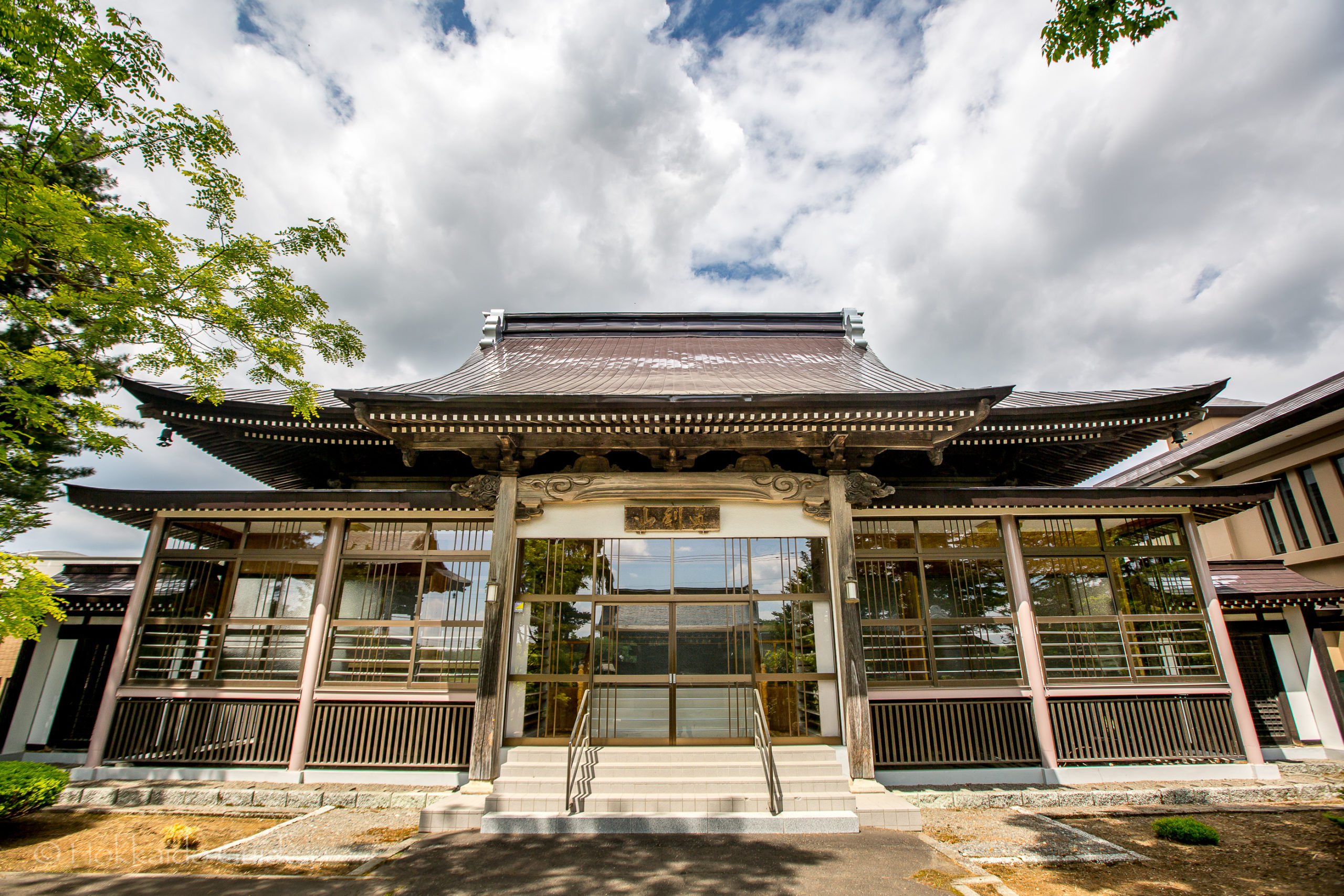
Kofukuji

| Admission | Free |
| Opening Hours | - |
| Contact | - |
| Notes | Shinto shrine, parking, car needed |
| Location / Getting There | The shrine is located just to the south of Obihiro city. It is a 21 minute drive from central Obihiro along route 236. It is between Obihiro and Kōfuku Station Higashi 1 Sen-84 Taishocho, Obihiro, Hokkaido 089-1242 |
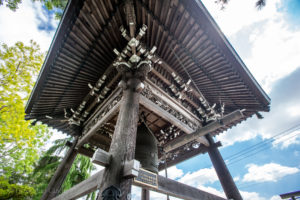 In the Obihiro district there is an expanse of farmlands and wilderness. Between the city of Obihiro and Hiroo, you can find Kofukuji. This temple, also known as the ‘happiness temple’ is a Shinto temple that is just off the main highway highway off route 236. It is quite a large temple and due to its remoteness it is in a quiet area. The Buddhist temple has a large wooden gate which allows access into the courtyard. For those driving you can park your vehicle along the road out the front.
In the Obihiro district there is an expanse of farmlands and wilderness. Between the city of Obihiro and Hiroo, you can find Kofukuji. This temple, also known as the ‘happiness temple’ is a Shinto temple that is just off the main highway highway off route 236. It is quite a large temple and due to its remoteness it is in a quiet area. The Buddhist temple has a large wooden gate which allows access into the courtyard. For those driving you can park your vehicle along the road out the front.
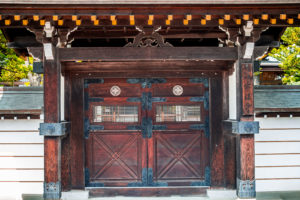 The shrine is not too far from Kōfuku Station which is hugely popular sightseeing spot. For those traveling in the area and are interested in shrines and temples, Kofukuji is an easy temple to stop off at and have a look. Inside the courtyard of the temple, there is a large bell that is rung by the priests here. The bell is known as a bonshō or as tsurigane (hanging bell) and is prominent in Buddhist temples. Apart from the bonshō in the courtyard, there is are some small japanese style headstones to observe.
The shrine is not too far from Kōfuku Station which is hugely popular sightseeing spot. For those traveling in the area and are interested in shrines and temples, Kofukuji is an easy temple to stop off at and have a look. Inside the courtyard of the temple, there is a large bell that is rung by the priests here. The bell is known as a bonshō or as tsurigane (hanging bell) and is prominent in Buddhist temples. Apart from the bonshō in the courtyard, there is are some small japanese style headstones to observe.
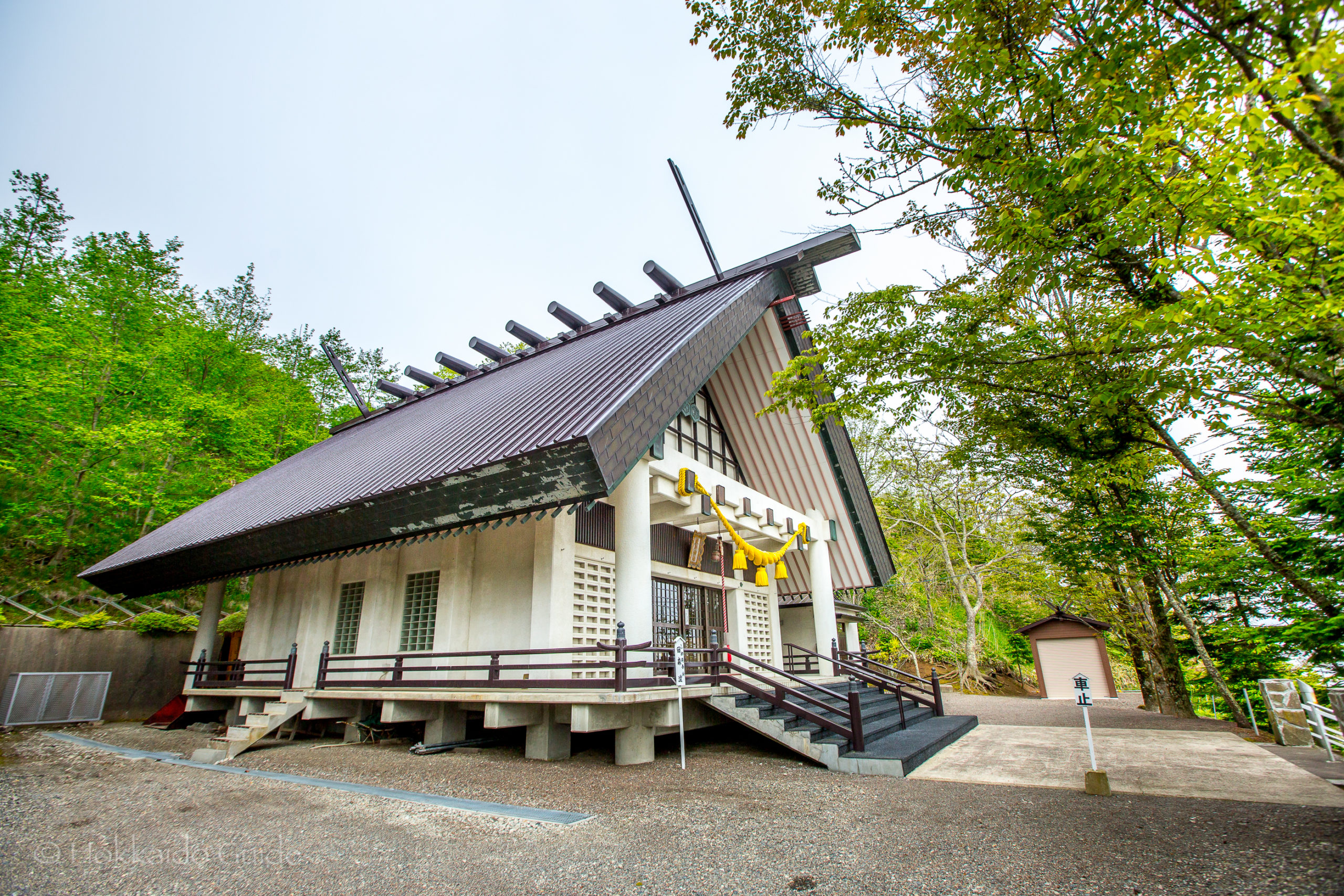
Shiranukaitsukushima Shrine
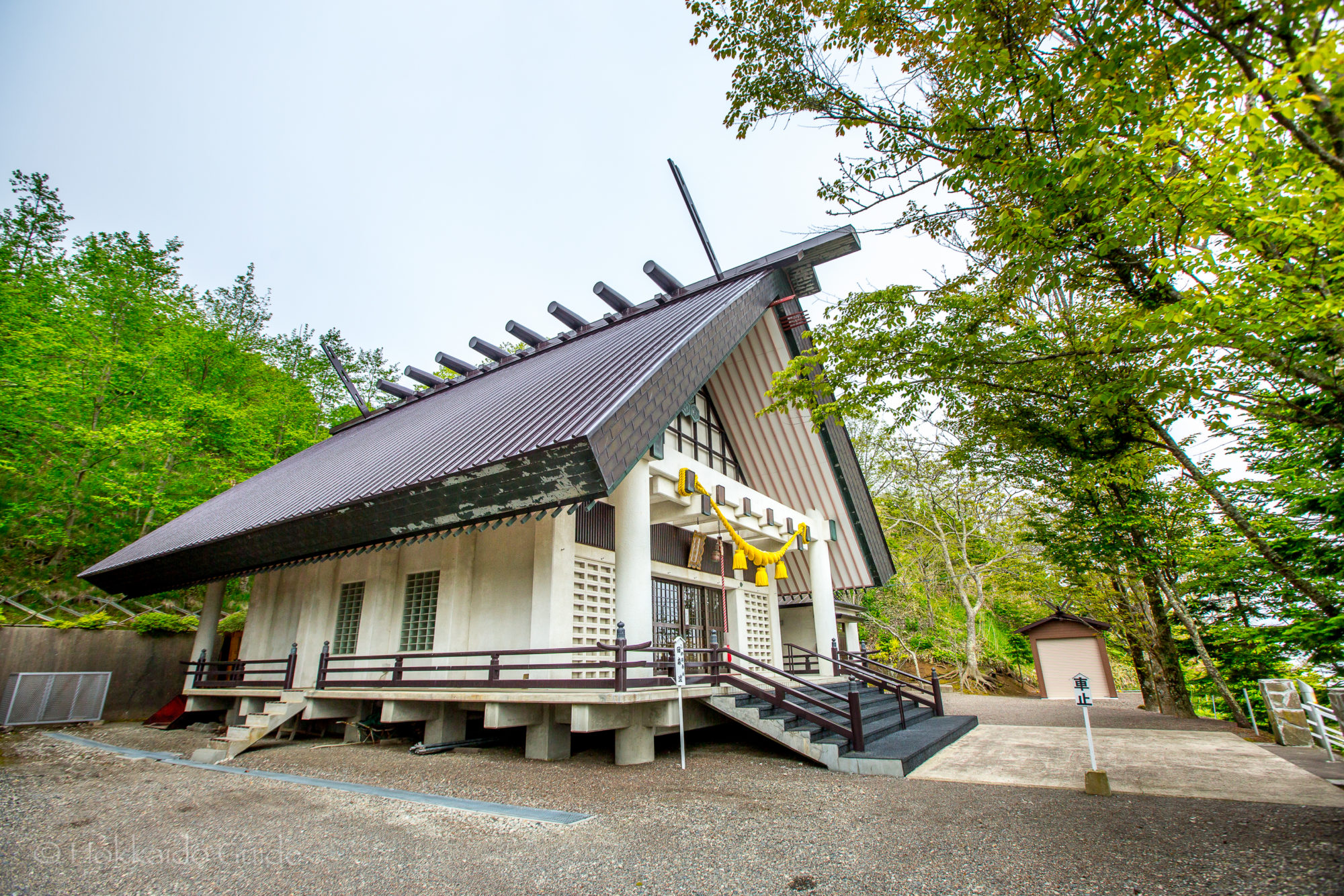
| Admission | Free |
| Opening Hours | - |
| Contact | 011-5472-2712 |
| Notes | Shinto shrine, parking available |
| Location / Getting There | The shrine is located on the south east coast of Hokkaido in the town of Shiranuka. The shrine is off route 38. It is a 15 minute walk from Shiranuka Station. 〒088-0304 Hokkaido, Shiranuka District, Shiranuka, Misaki, 1-1-5 |
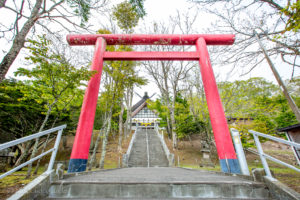 This large shrine is located in the town of Shiranuka. It was originally built around 1804. Over the years it has been rebuilt and renovated. The last being on October 28, 1982. Shiranukaitsukushima Shrine can be seen from the coastal road on route 38. It is situated halfway up, on one of the large hills that line the coast in this area. It is recommended to park down the bottom and walk to the top. The entrance on the main road is marked by a torii gate. You can simply park here if traveling by car. Alternatively, the shrine is a 10 minute walk from the station.
This large shrine is located in the town of Shiranuka. It was originally built around 1804. Over the years it has been rebuilt and renovated. The last being on October 28, 1982. Shiranukaitsukushima Shrine can be seen from the coastal road on route 38. It is situated halfway up, on one of the large hills that line the coast in this area. It is recommended to park down the bottom and walk to the top. The entrance on the main road is marked by a torii gate. You can simply park here if traveling by car. Alternatively, the shrine is a 10 minute walk from the station.
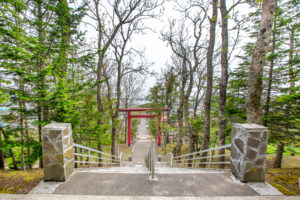 From the bottom of the hill, it is small walk up to the shrine itself. It only takes a couple minutes. Interestingly, to get to the shrine, travelers and worshippers alike need to walk over the train tracks to get to the steps. So check for trains! Once at the shrine, it has nice views of the town of Shiranuka including the ocean if the weather is good. There is a small wood area plus small shrines and Komainu (the lion dog guardians) that are in various places on the grounds.
From the bottom of the hill, it is small walk up to the shrine itself. It only takes a couple minutes. Interestingly, to get to the shrine, travelers and worshippers alike need to walk over the train tracks to get to the steps. So check for trains! Once at the shrine, it has nice views of the town of Shiranuka including the ocean if the weather is good. There is a small wood area plus small shrines and Komainu (the lion dog guardians) that are in various places on the grounds.
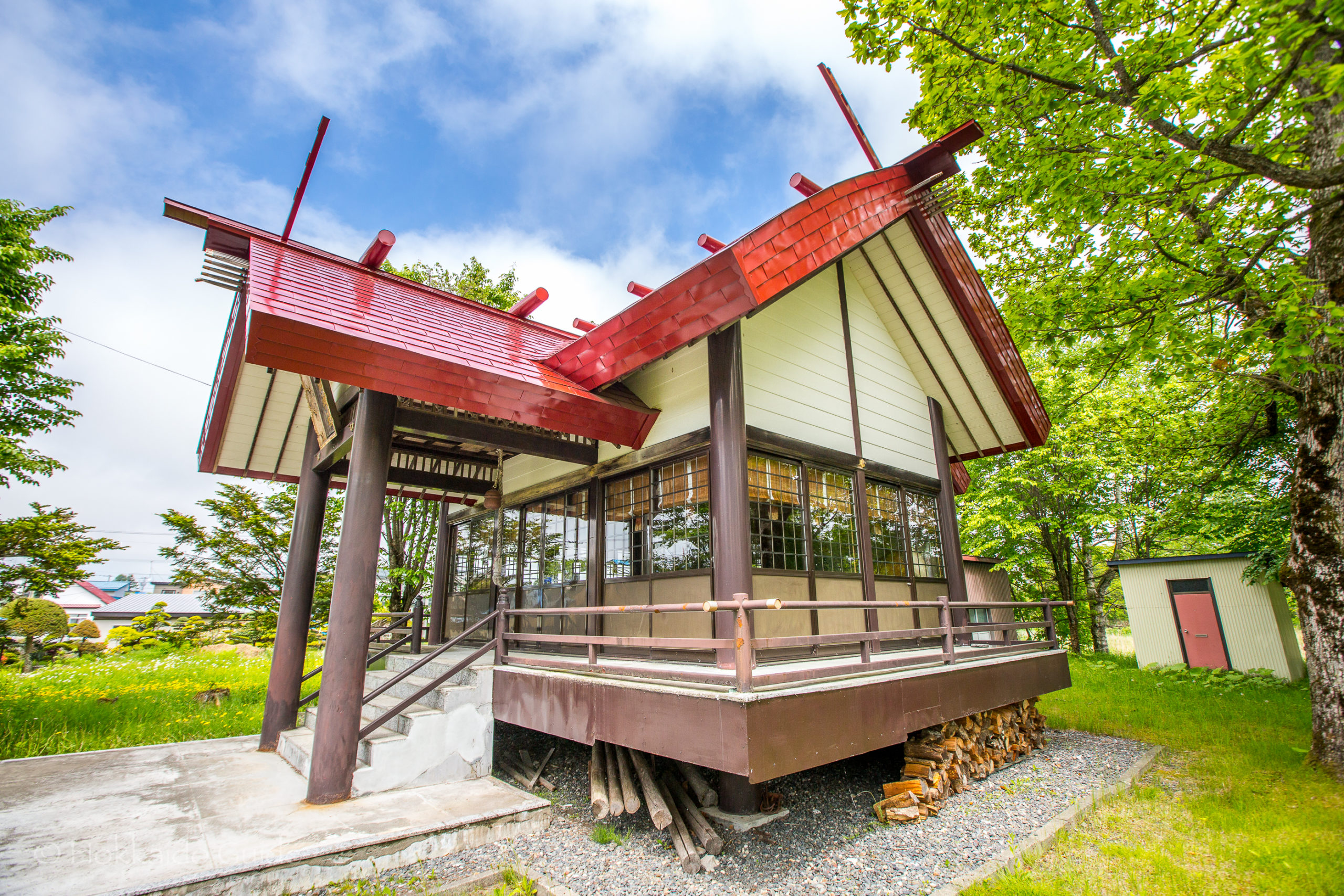
Toyoni Shrine
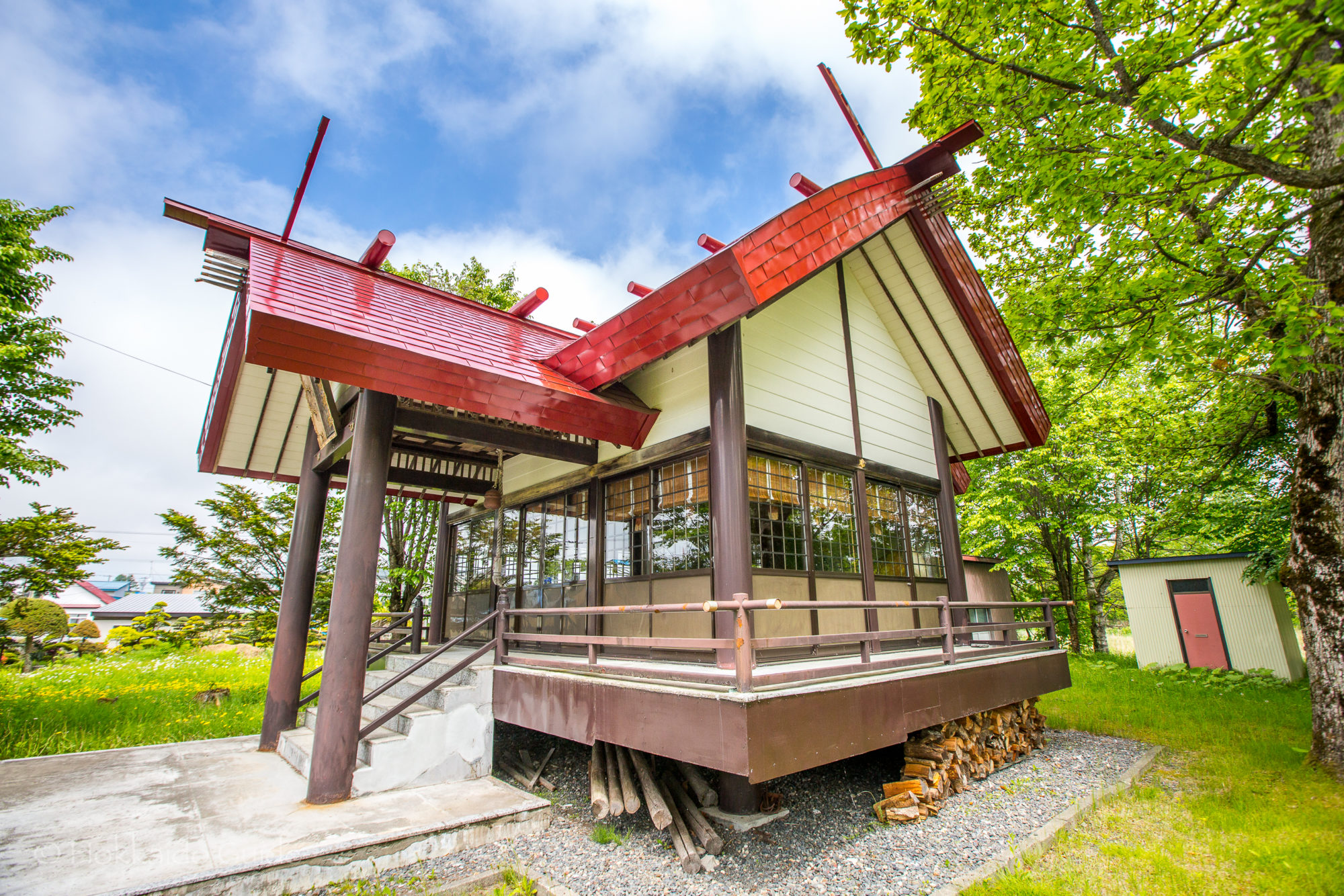
| Admission | Free |
| Opening Hours | - |
| Contact | - |
| Notes | Shinto shrine, parking, car needed |
| Location / Getting There | The shrine is located on the south east coast of Hokkaido in the small town of Toyoni, in the district of Hiroo. The shrine is on route 336. It is just on the outskirts of Hiroo on the way to Obihiro. 〒089-2455 Hokkaido, Hiroo District, Hiroo, Toyoni Hondori 47 |
 The beginnings of Toyoni Shrine dates back to August 1891. It all started as a simple and small garden shrine that was created by a settler, Kanjiro Inoue, who had made his way to the district of Hiroo. As a guardian deity of the area, he held a ritual of protection during the seasons of spring and autumn. For entertainment, folk songs were sung and children’s sumo events were held. All of this stopped suddenly, and later in 1945 after much discussion and organization for funds, a full shrine was built and completed. Due to decay and deterioration the shrine was reconstructed in 1985, and has maintained its appearance as you see it today.
The beginnings of Toyoni Shrine dates back to August 1891. It all started as a simple and small garden shrine that was created by a settler, Kanjiro Inoue, who had made his way to the district of Hiroo. As a guardian deity of the area, he held a ritual of protection during the seasons of spring and autumn. For entertainment, folk songs were sung and children’s sumo events were held. All of this stopped suddenly, and later in 1945 after much discussion and organization for funds, a full shrine was built and completed. Due to decay and deterioration the shrine was reconstructed in 1985, and has maintained its appearance as you see it today.
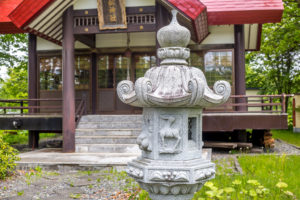 The shrine is just off route 336, and it can easily be seen from this road, especially if you are driving from Hiroo to Obihiro. Obihiro being an hour drive away from the coast. It is just before the small town of Toyoni. There isn’t any parking but there is a drive way and grassland where you can stop. The grounds are quite nice in the summer months, and there are gardens and wild flowers growing around the area. This is a small shrine with 125 households as parishioners. The shrine is 11.5 tsubo.
The shrine is just off route 336, and it can easily be seen from this road, especially if you are driving from Hiroo to Obihiro. Obihiro being an hour drive away from the coast. It is just before the small town of Toyoni. There isn’t any parking but there is a drive way and grassland where you can stop. The grounds are quite nice in the summer months, and there are gardens and wild flowers growing around the area. This is a small shrine with 125 households as parishioners. The shrine is 11.5 tsubo.

